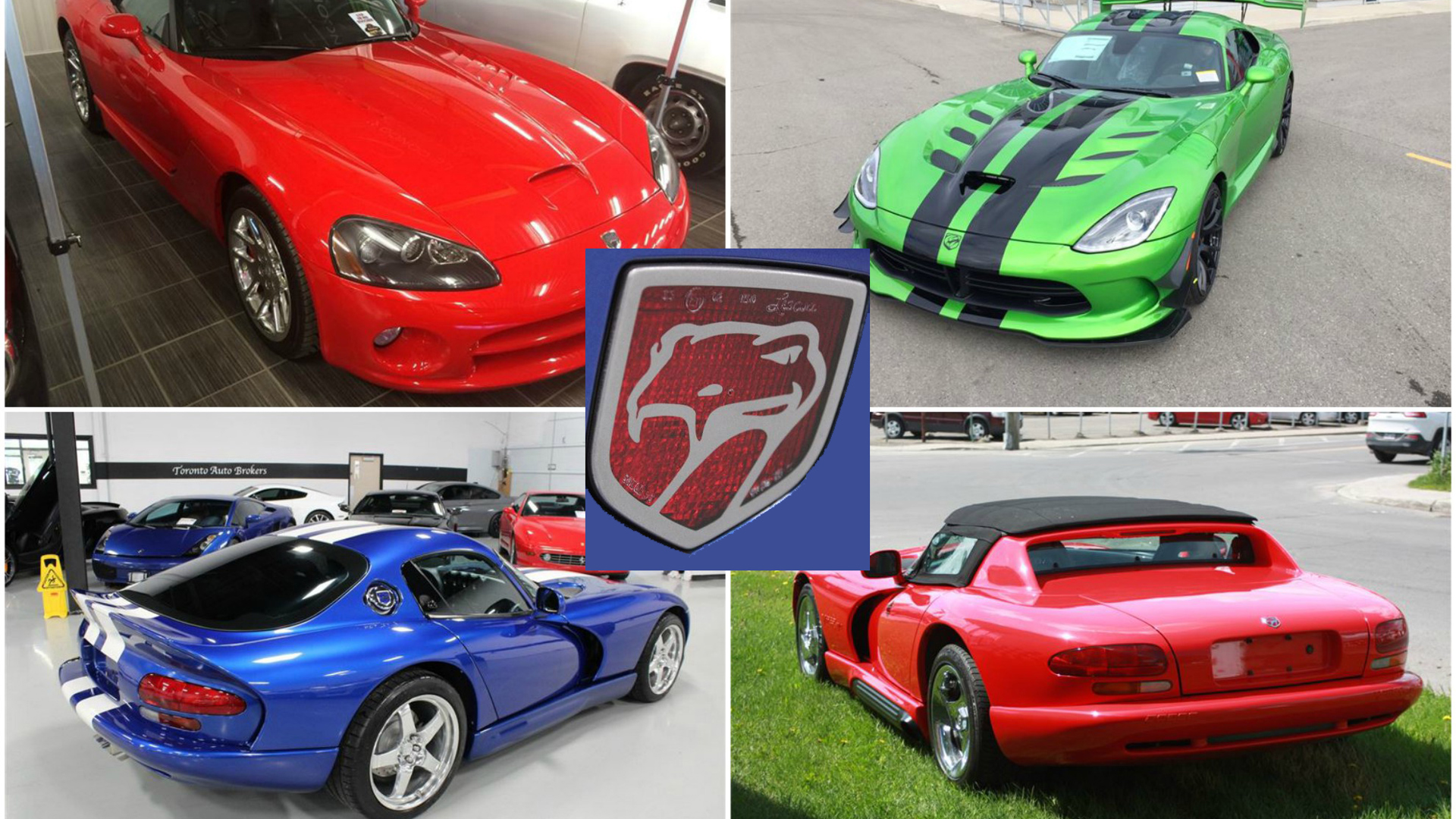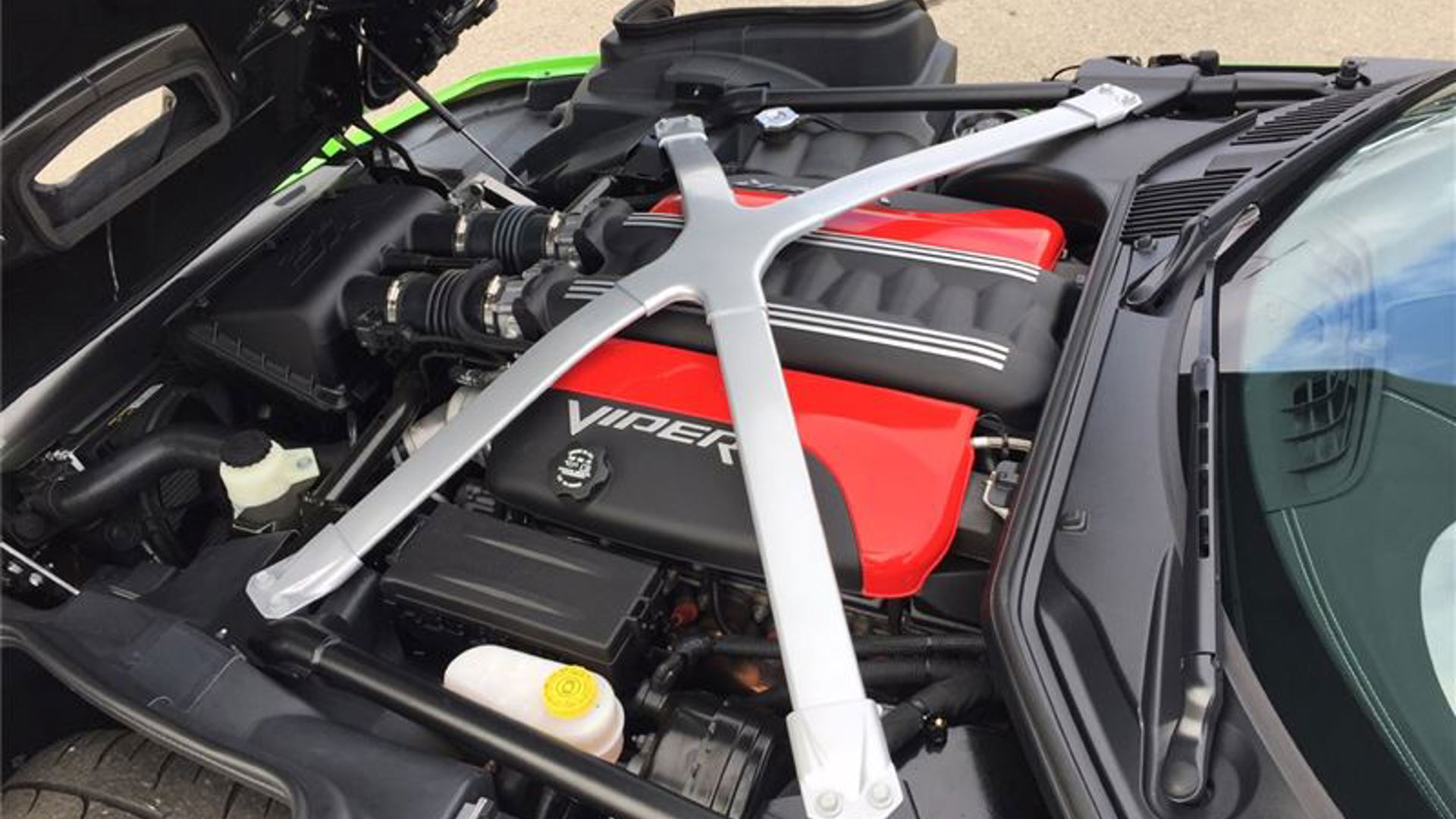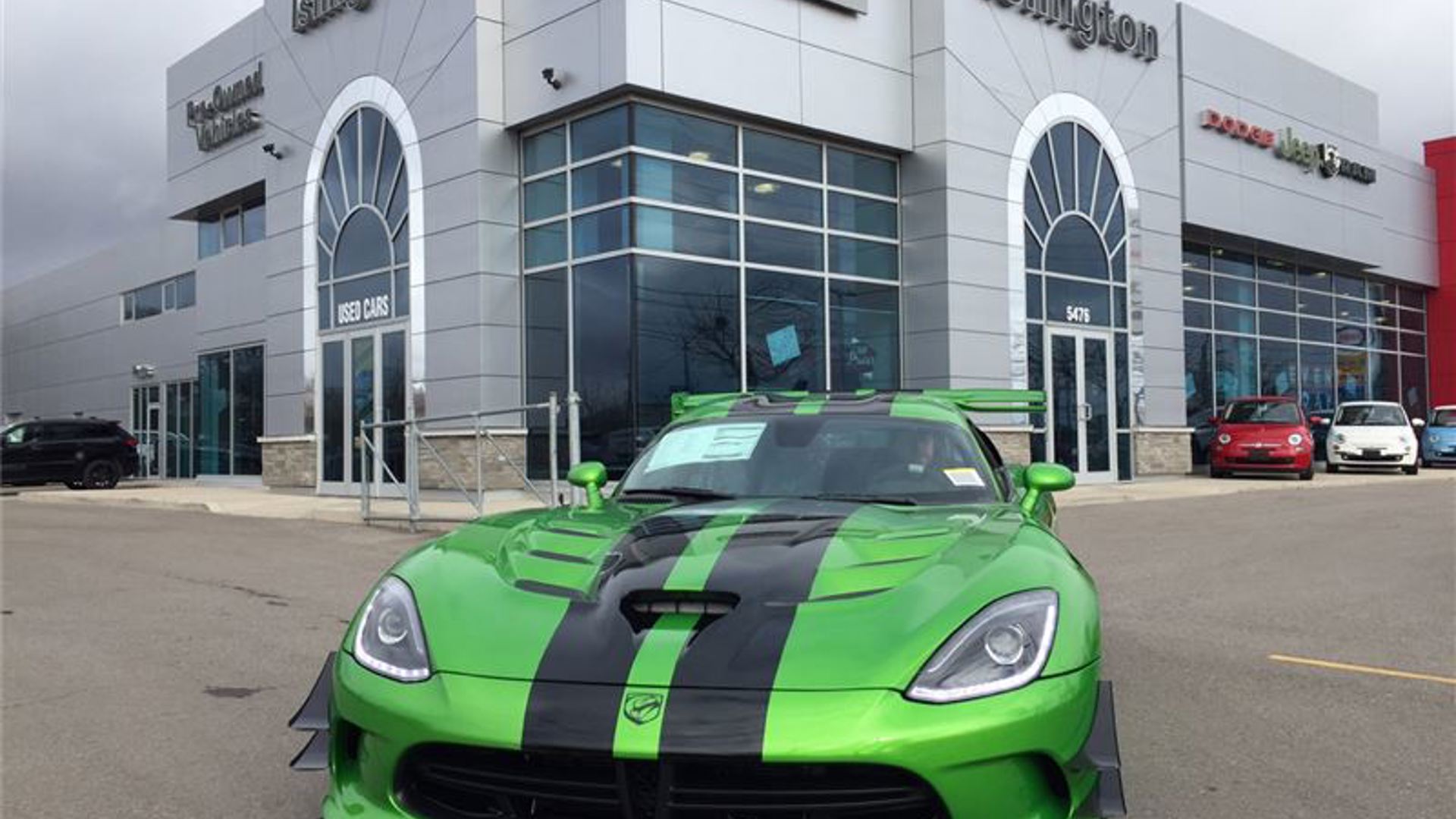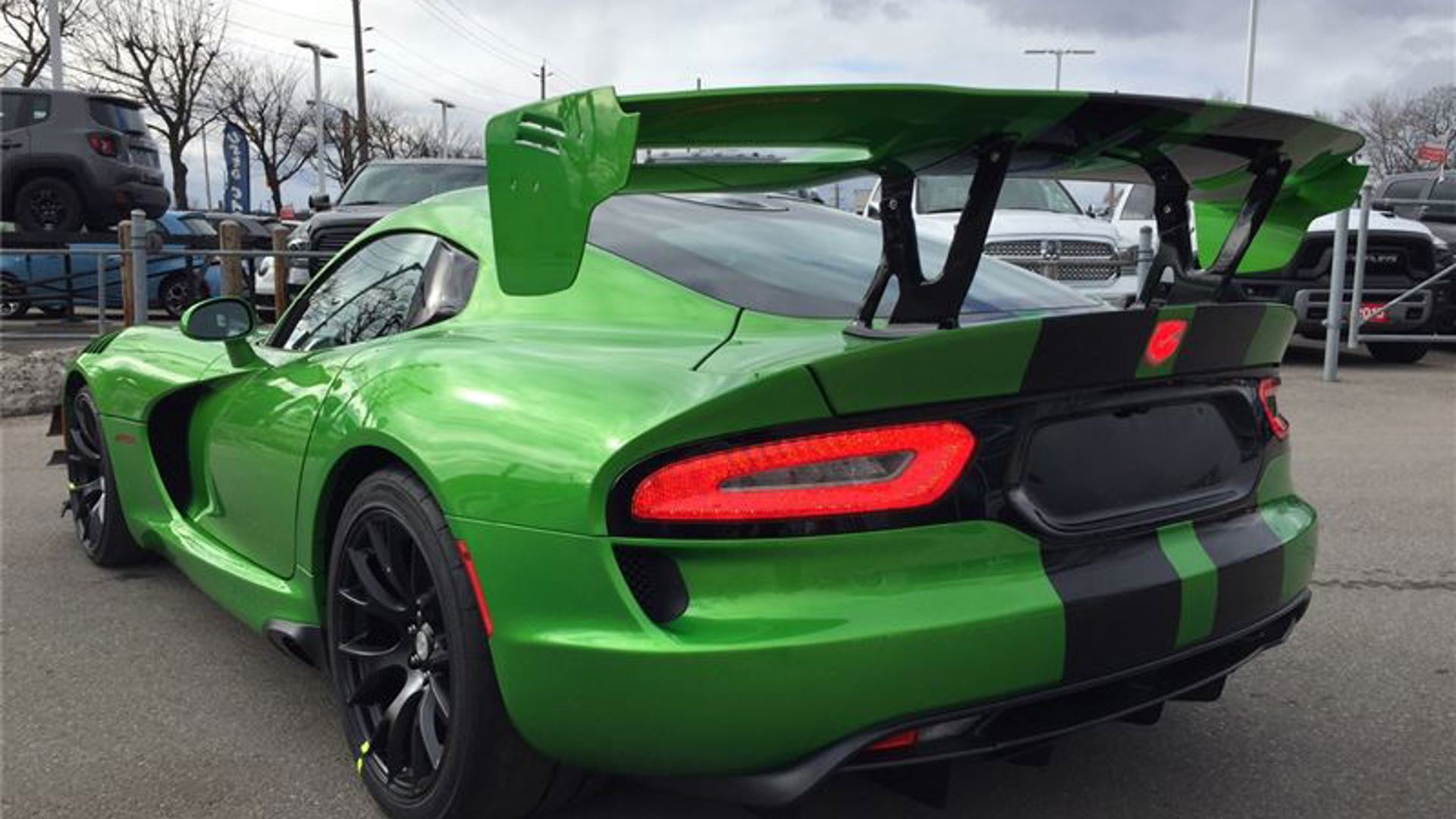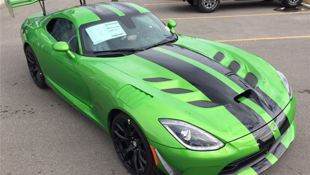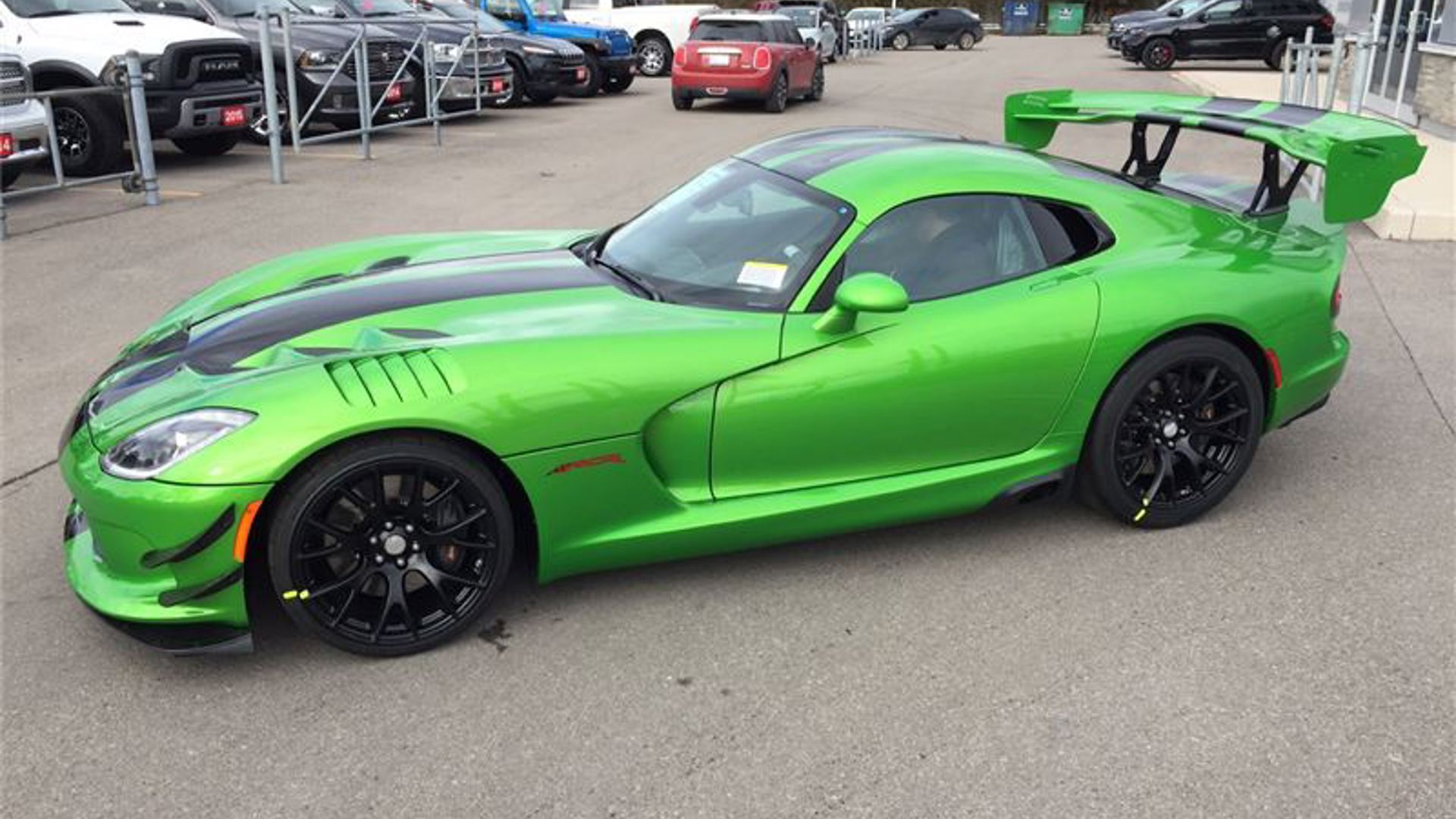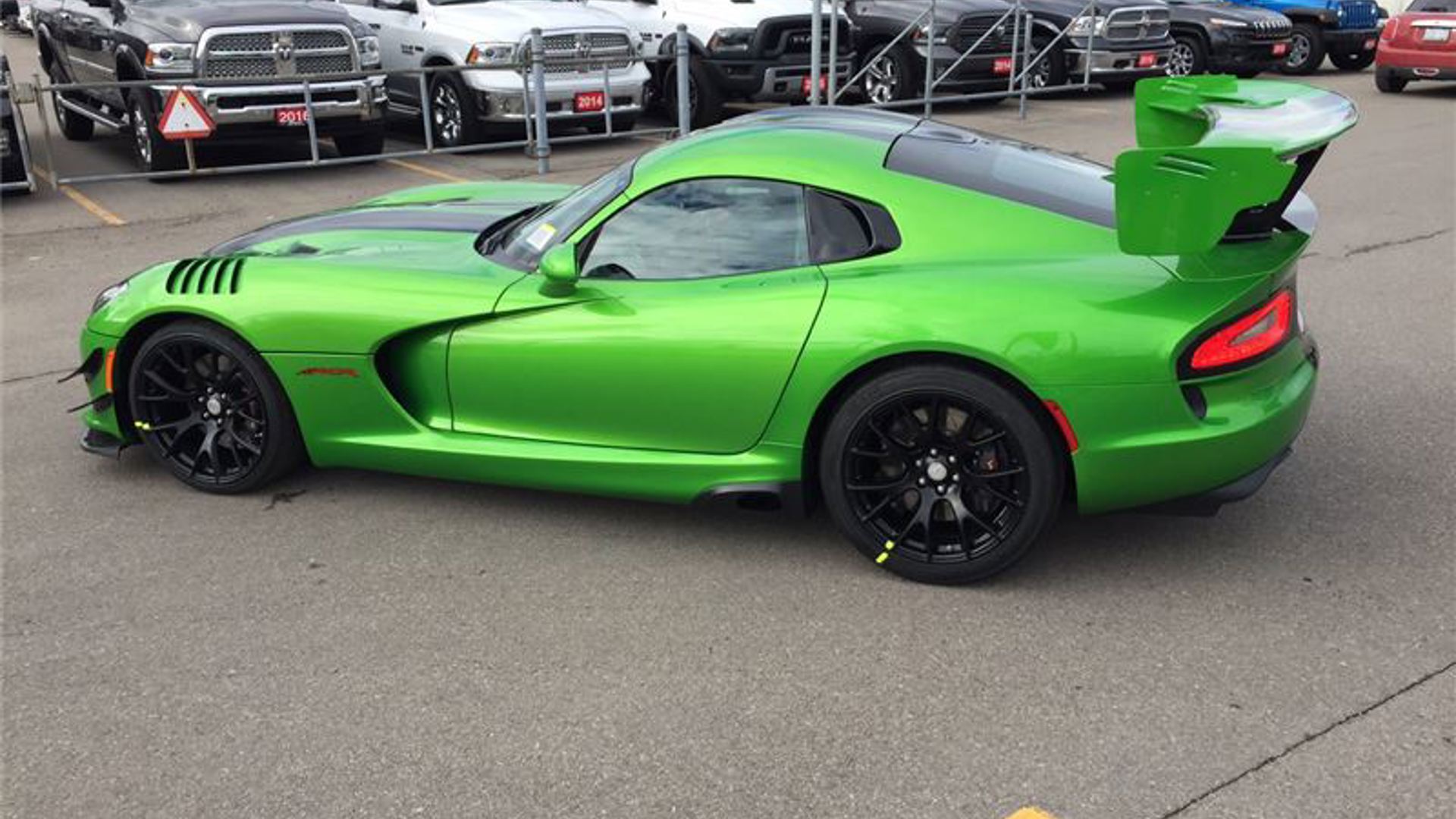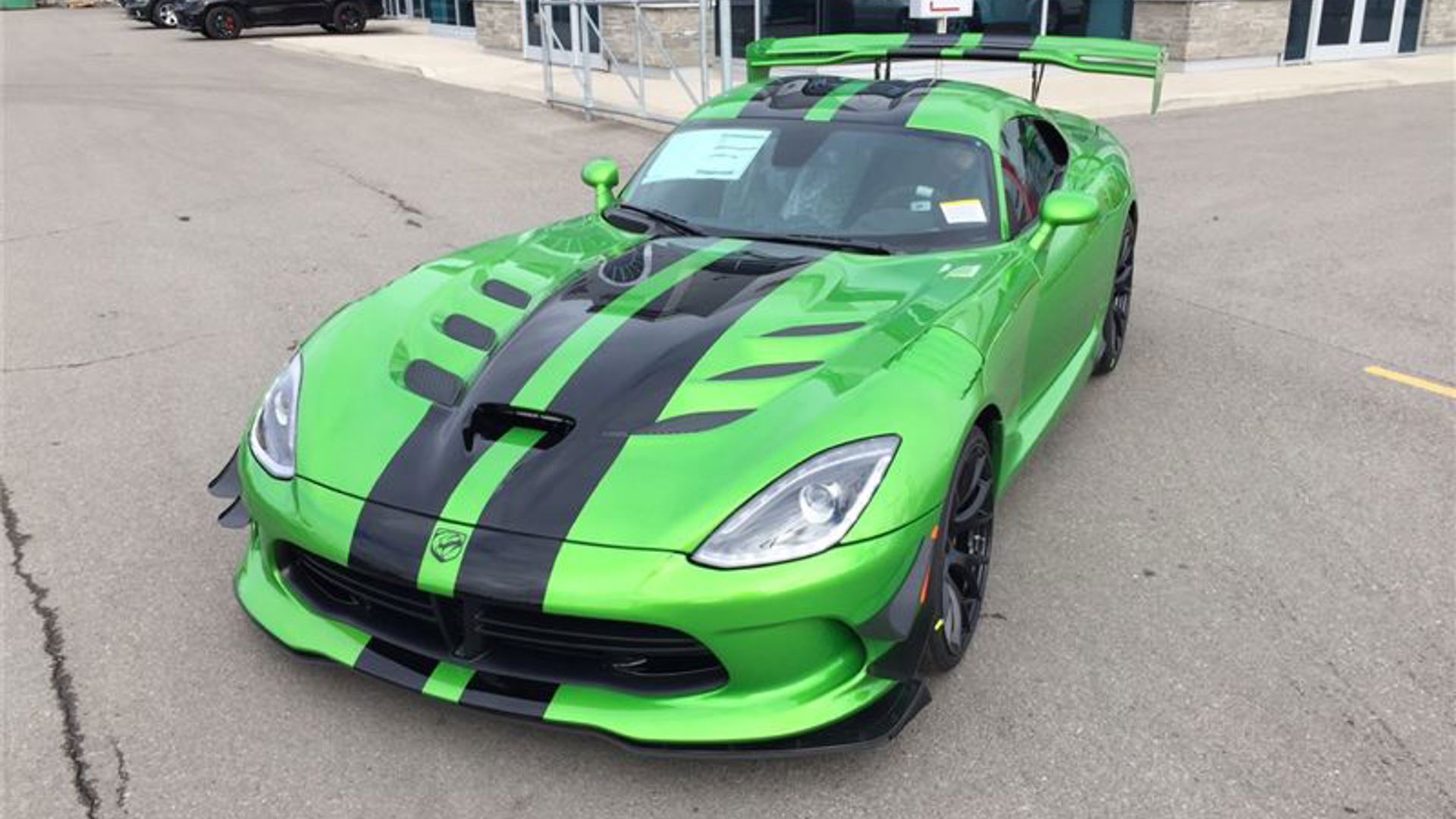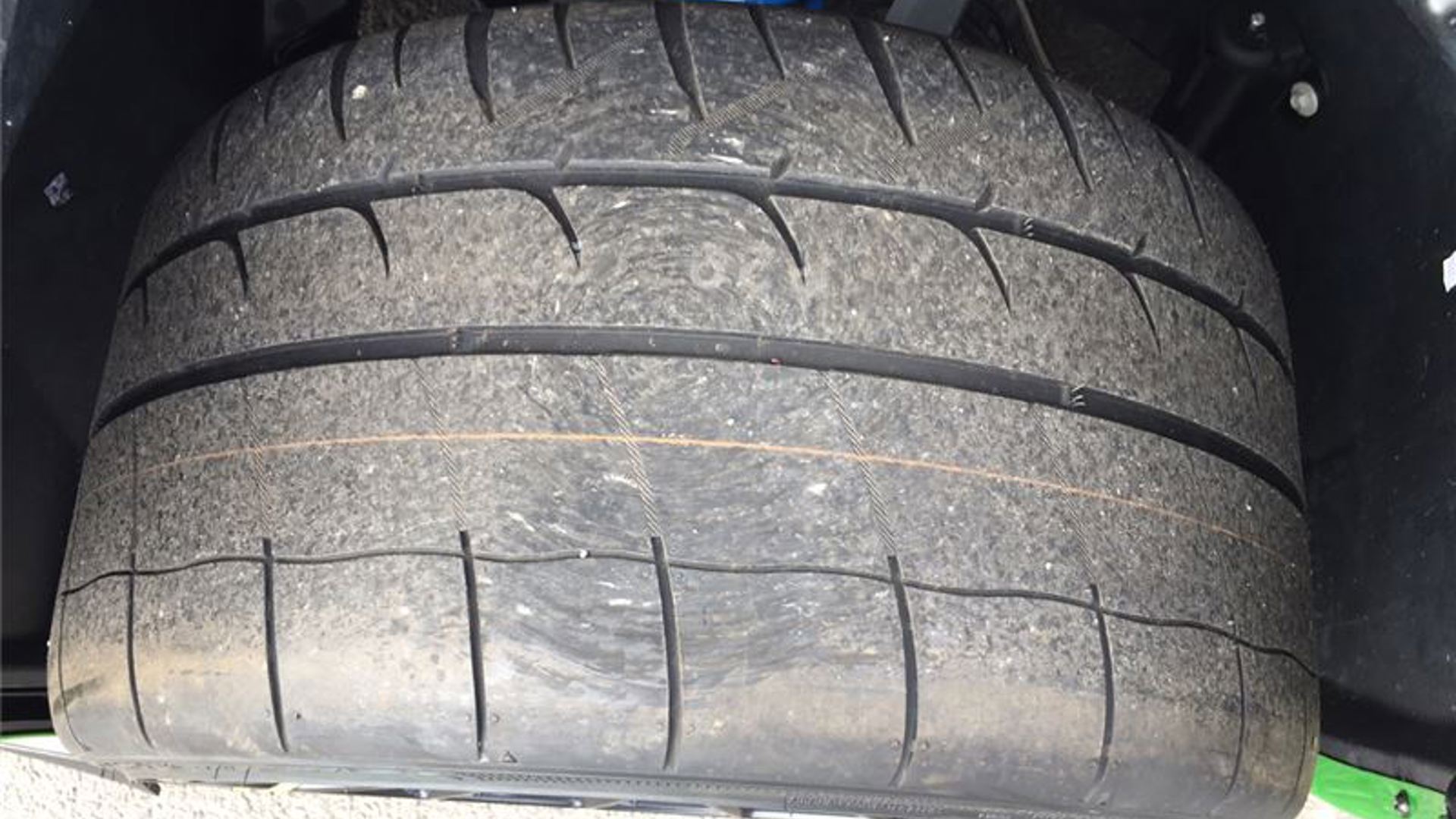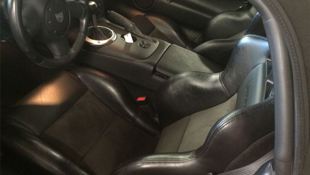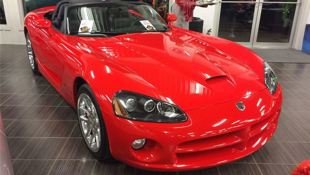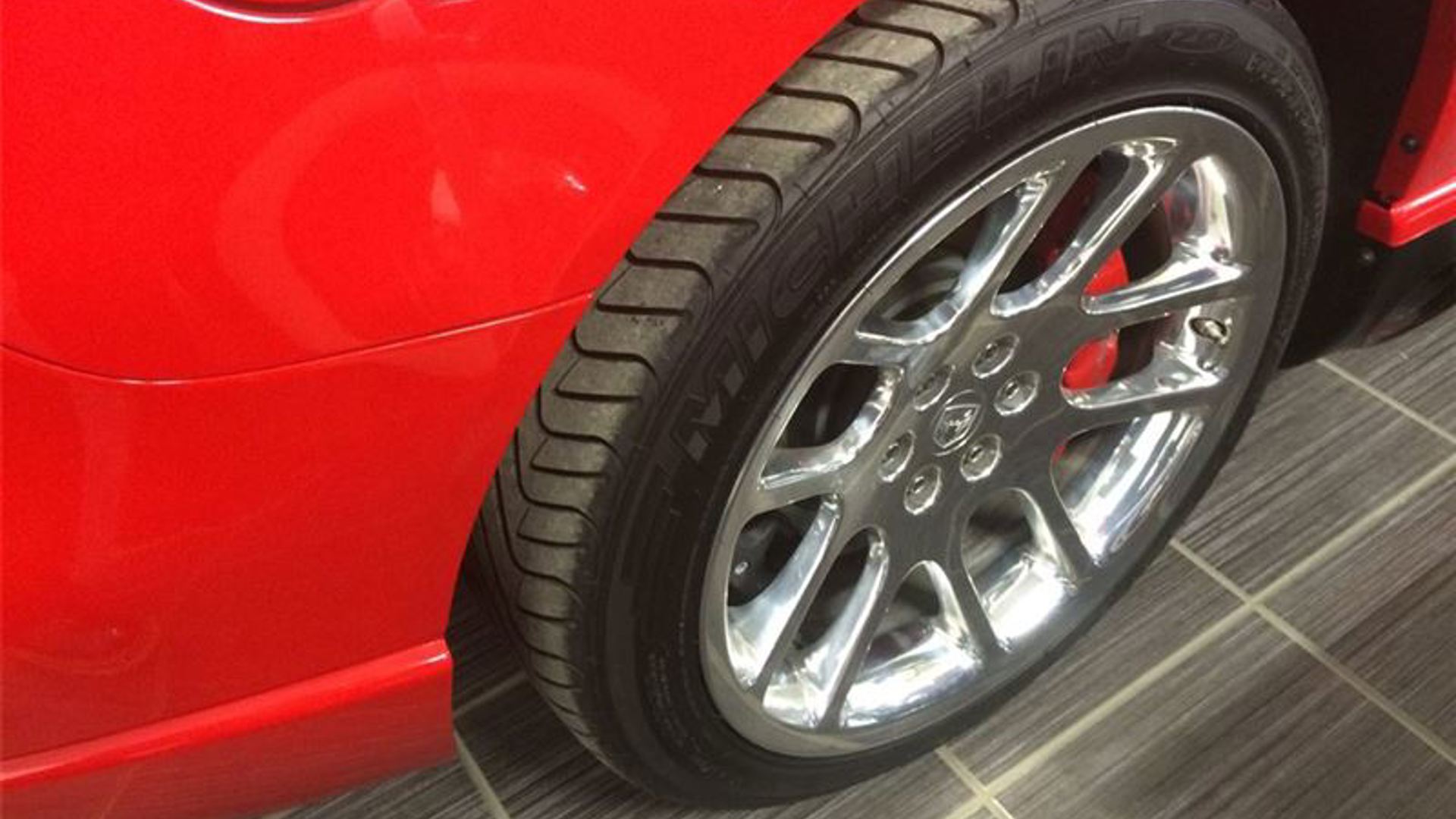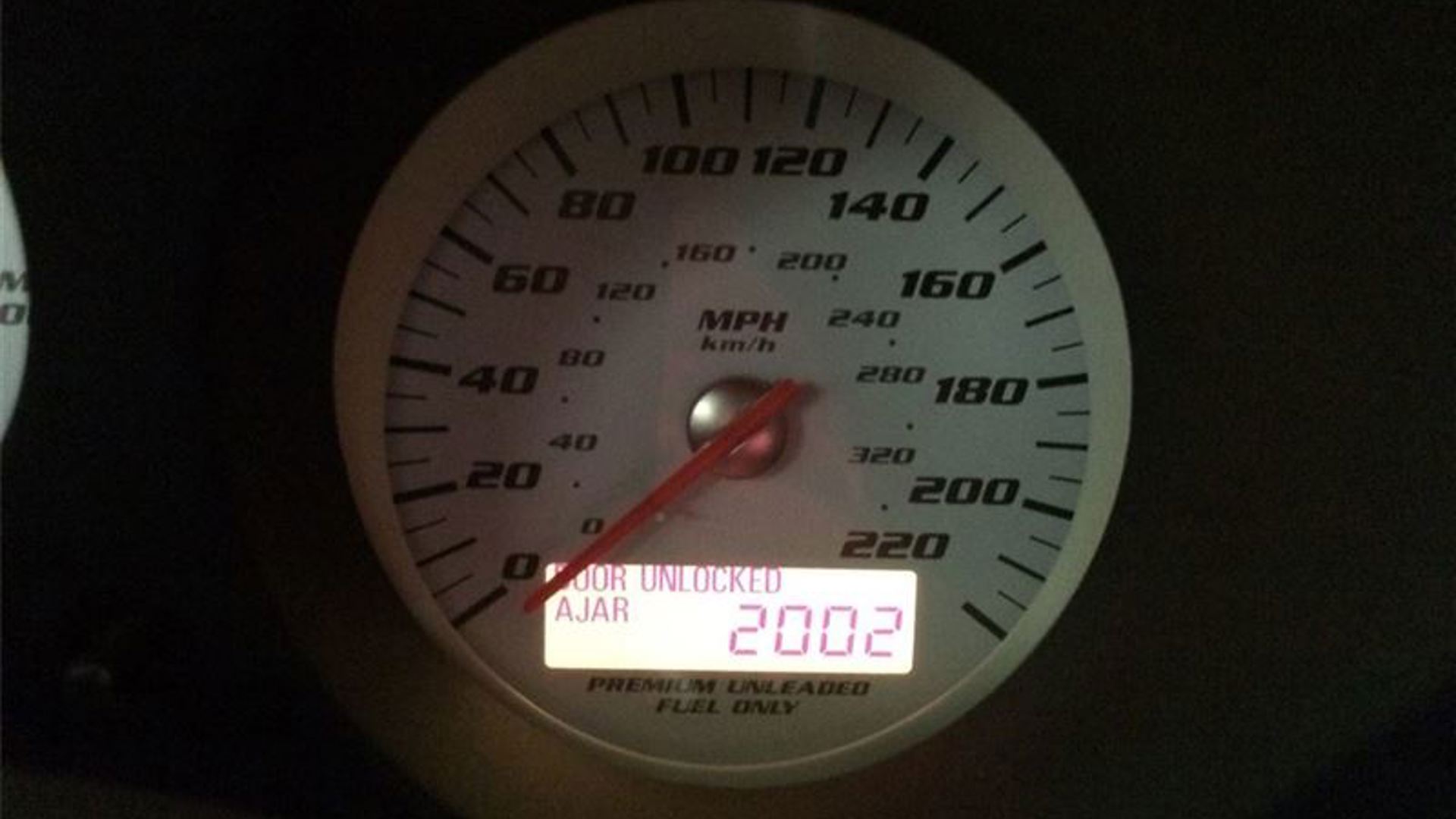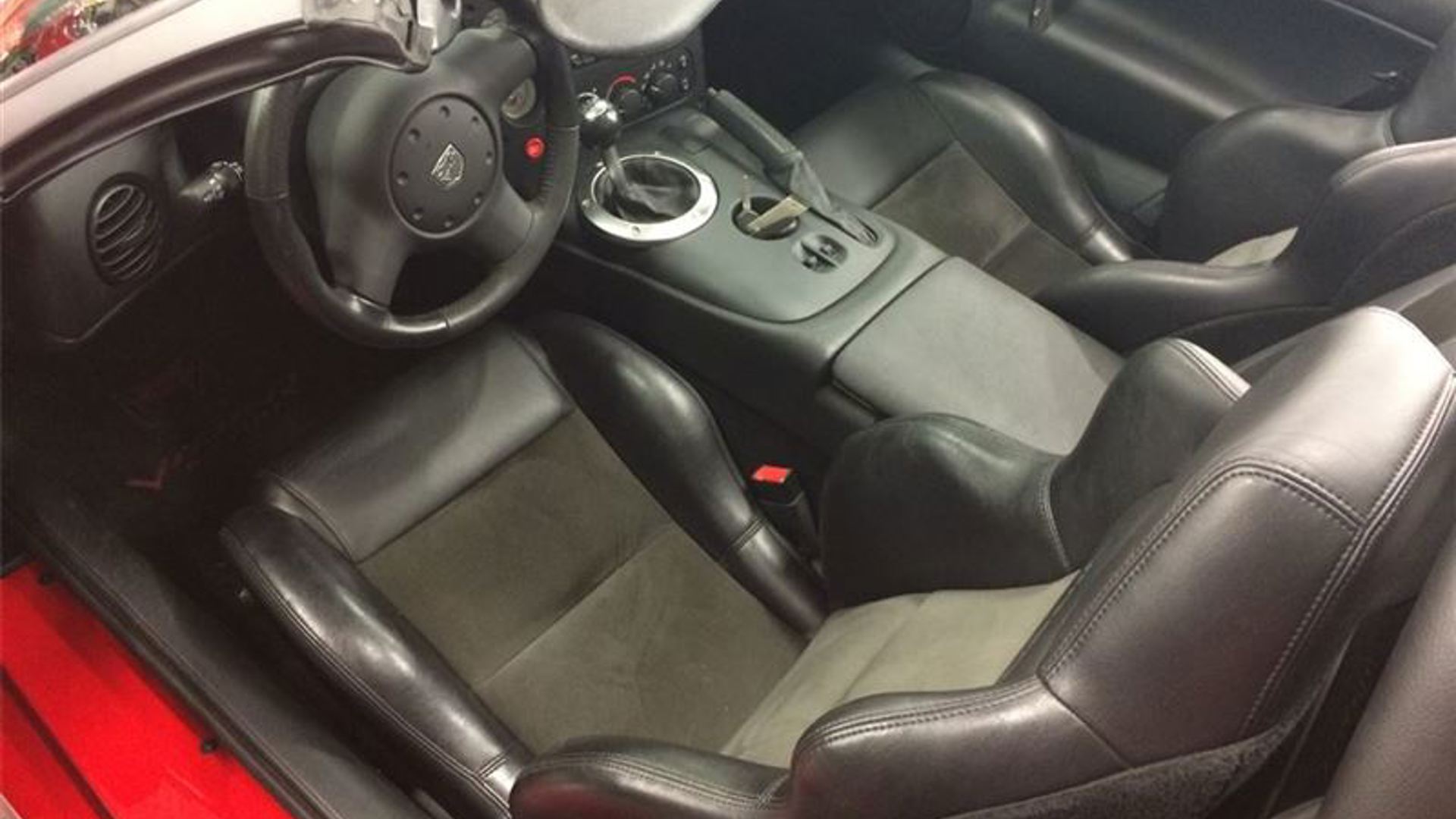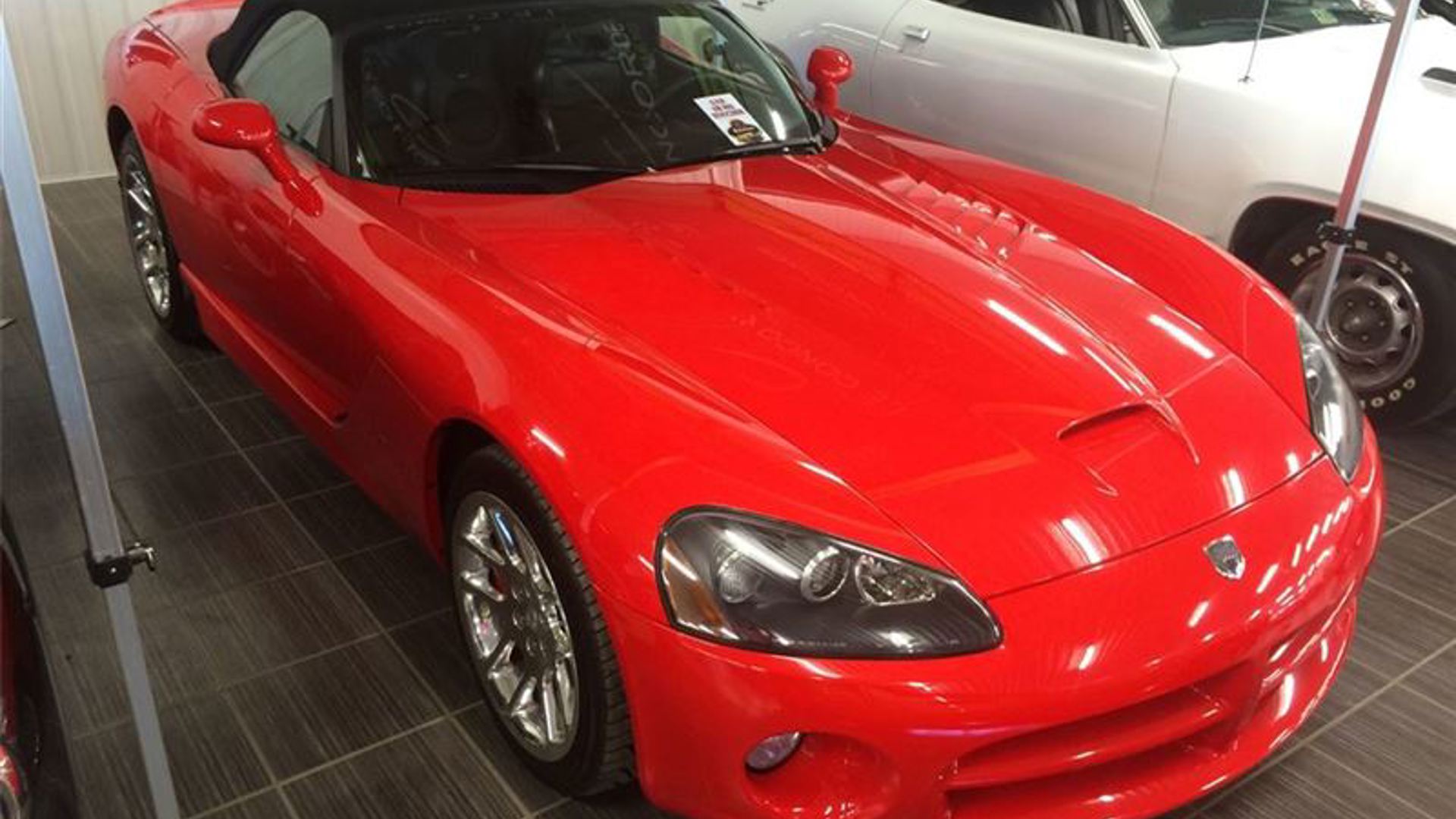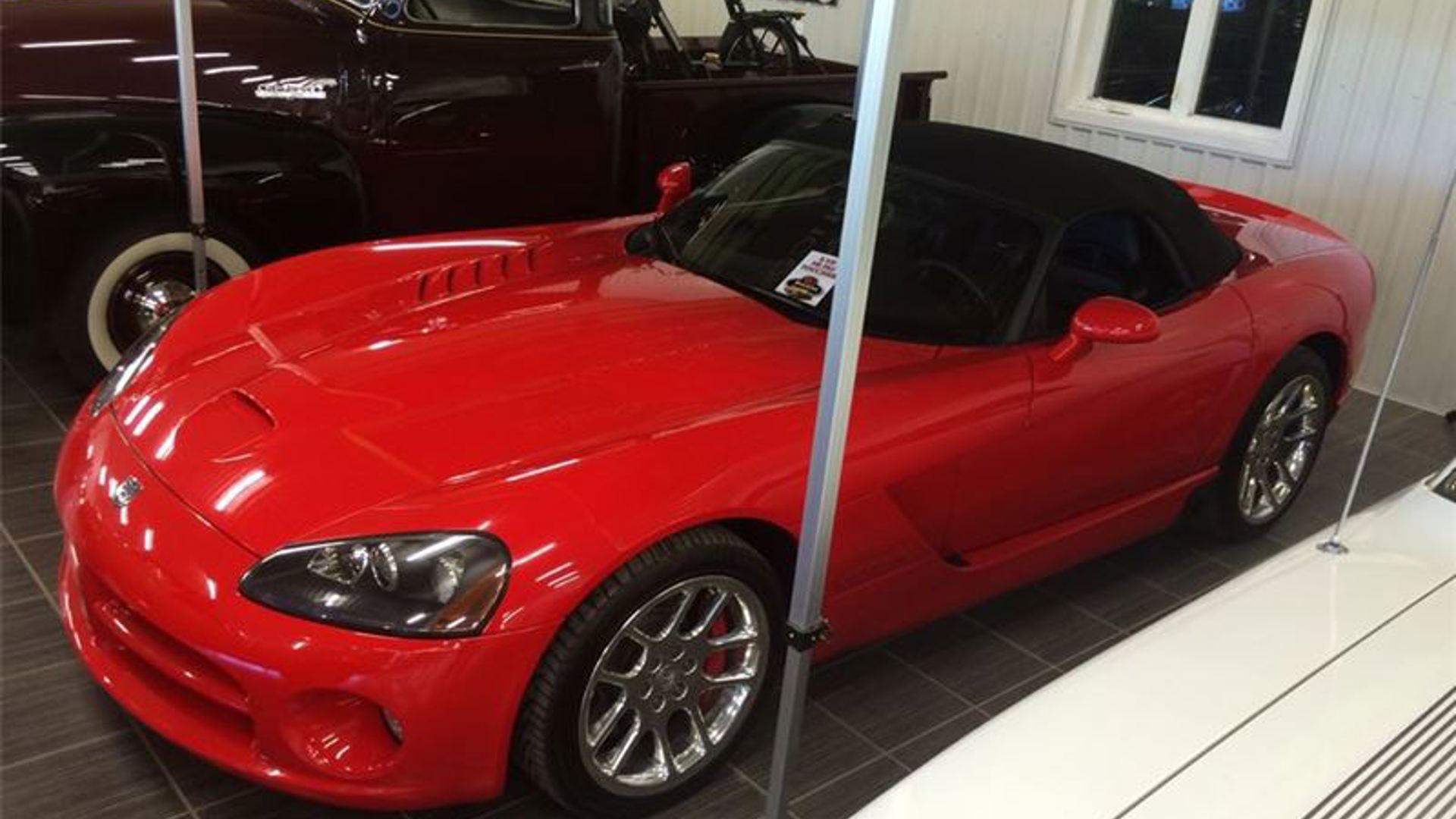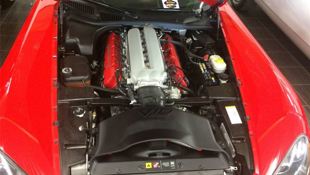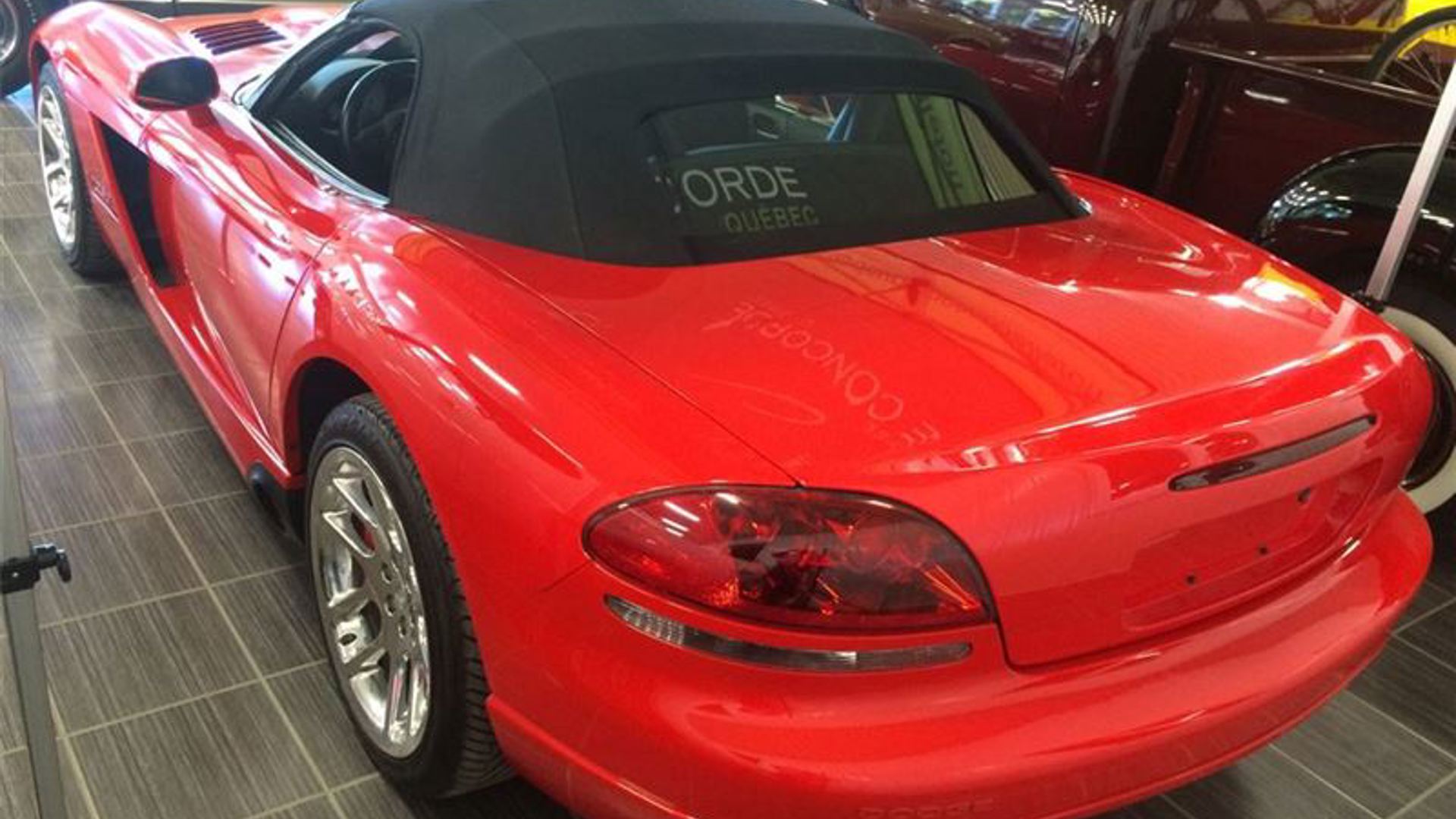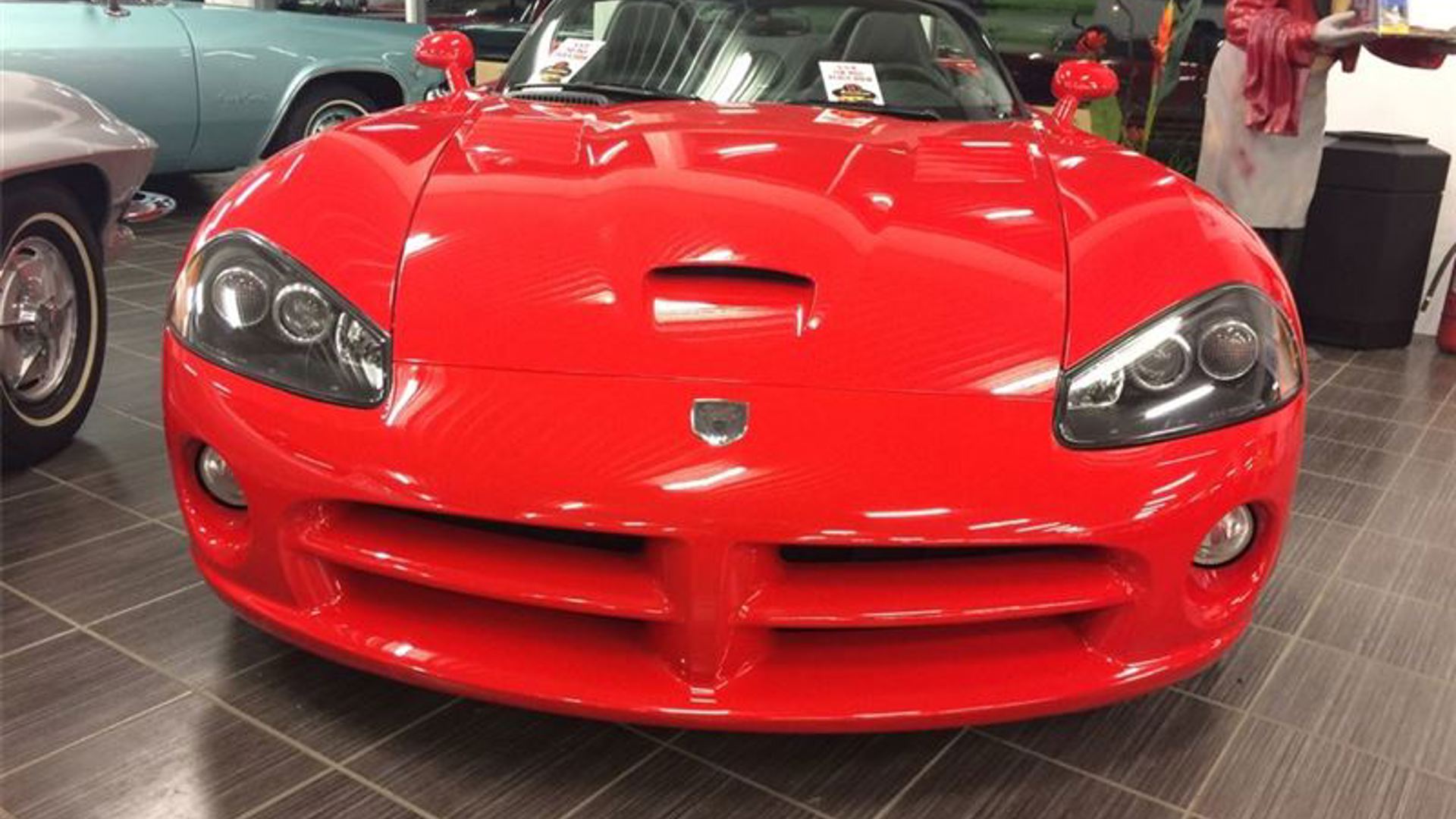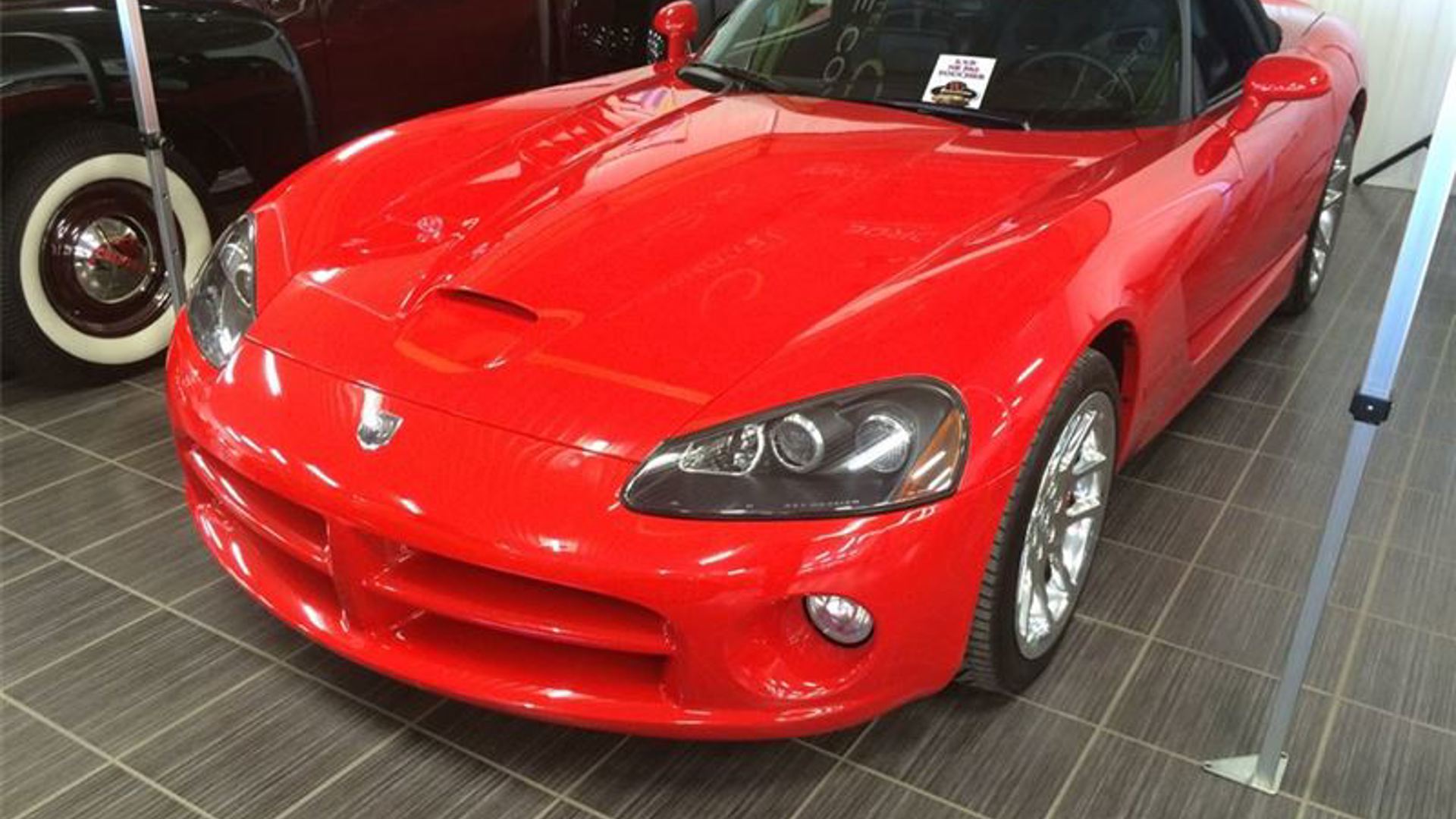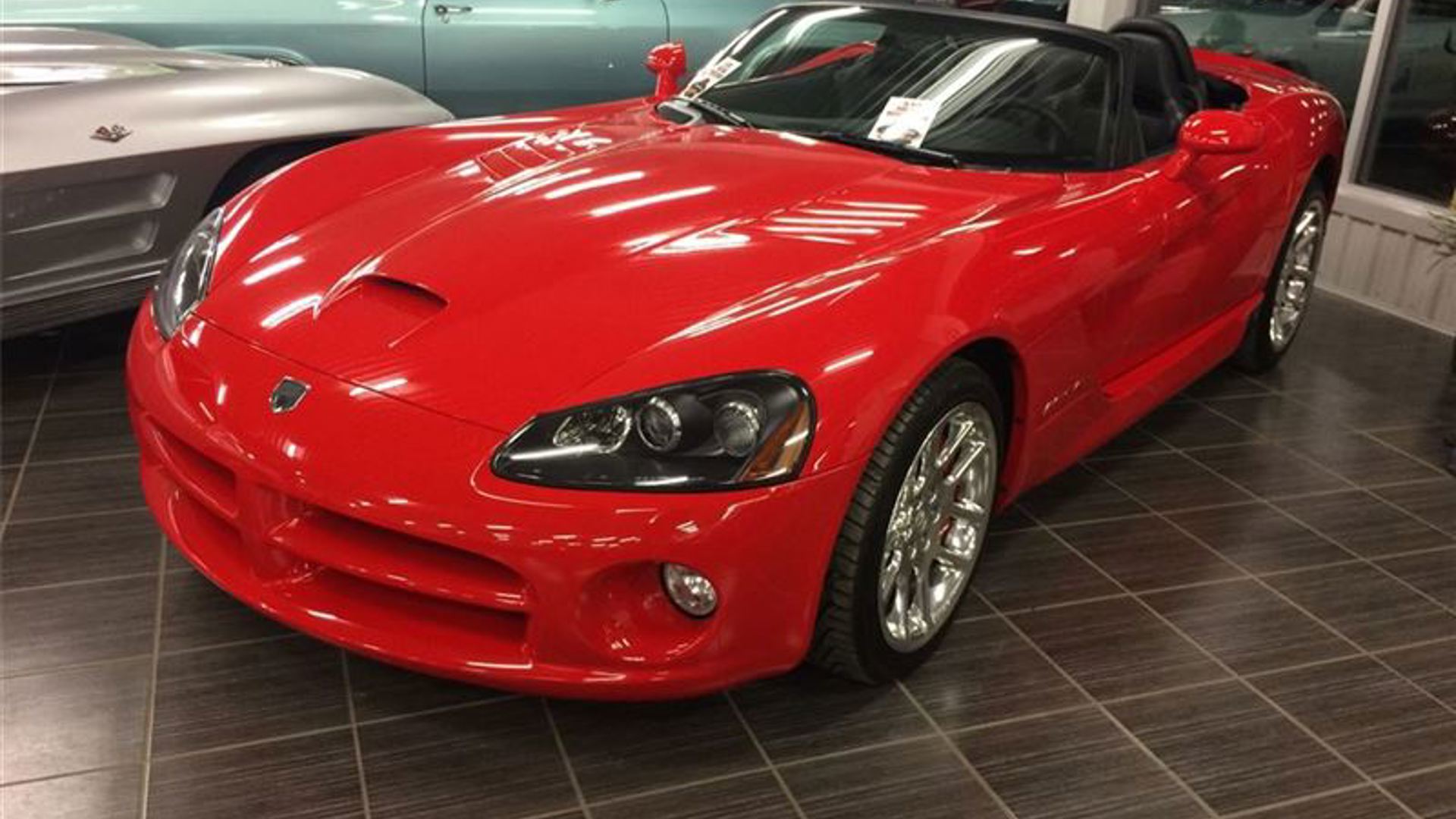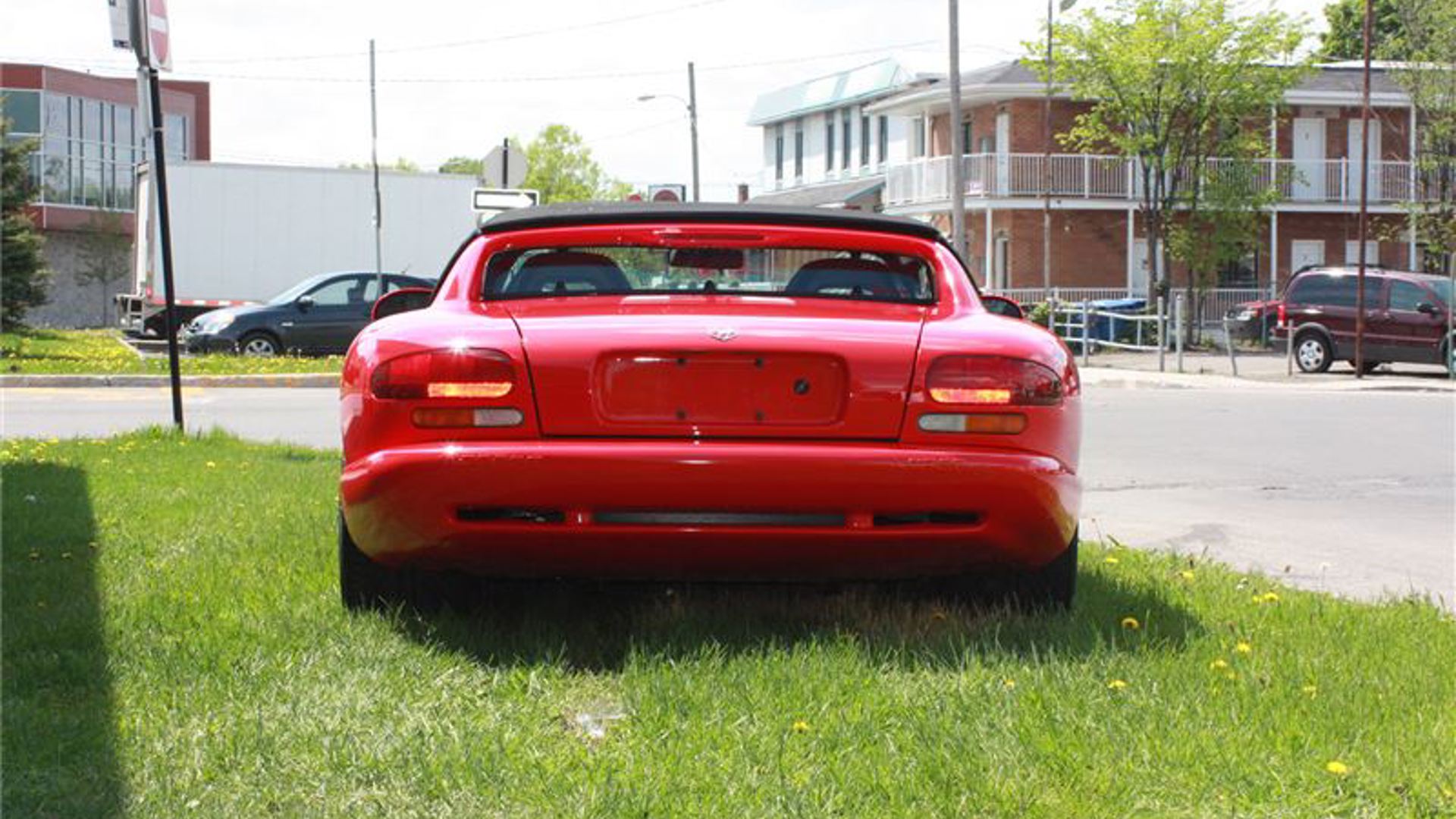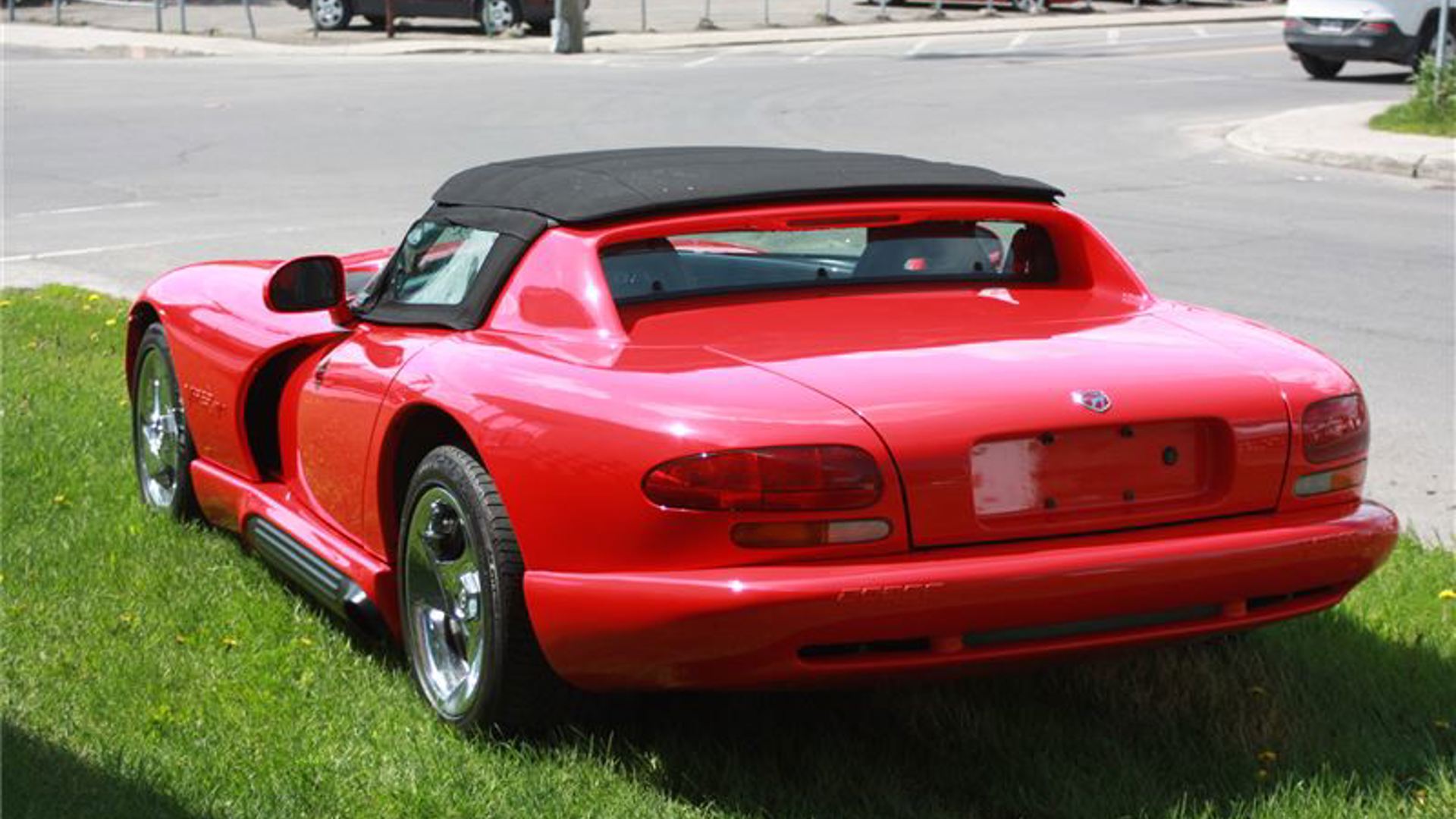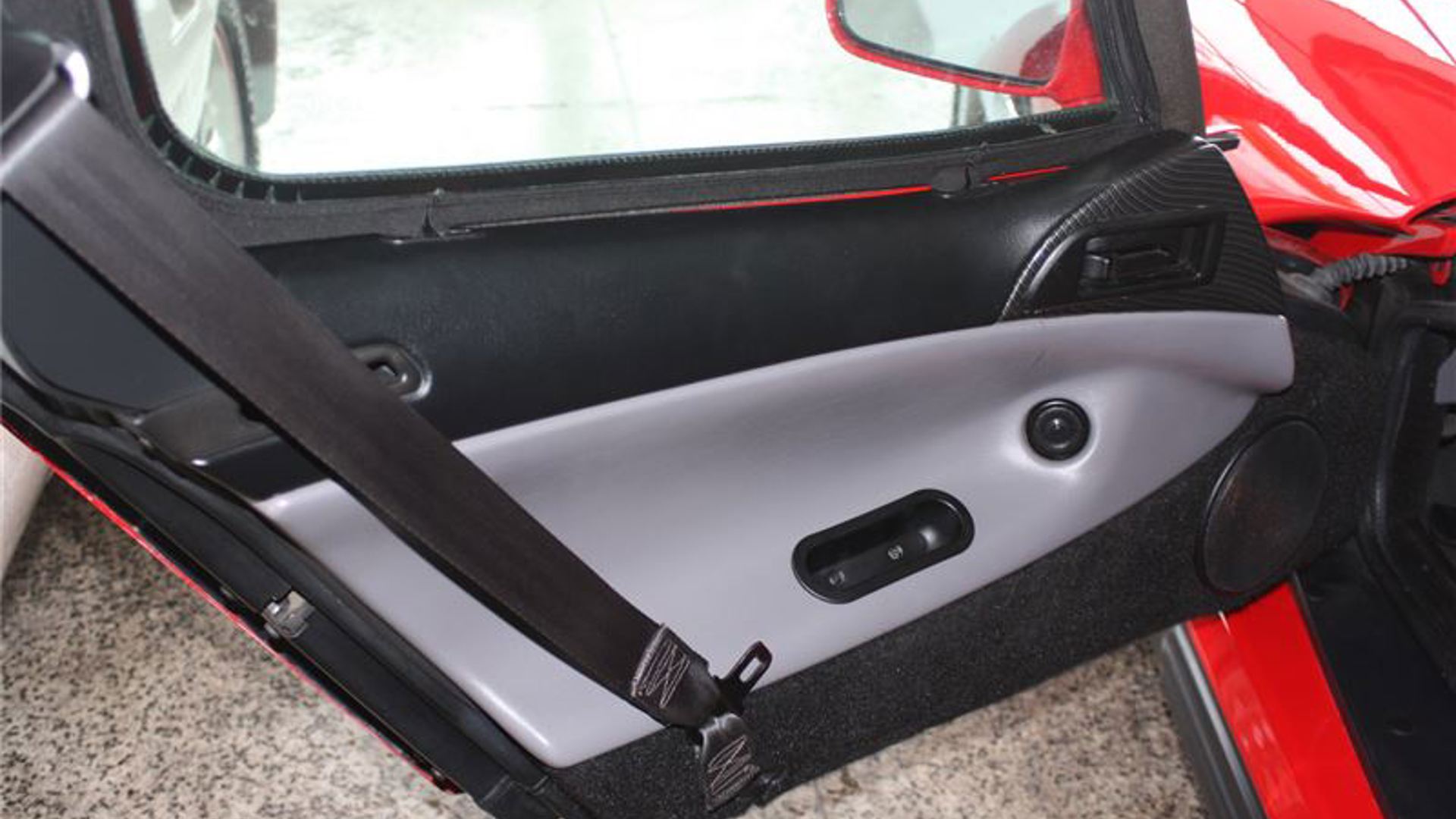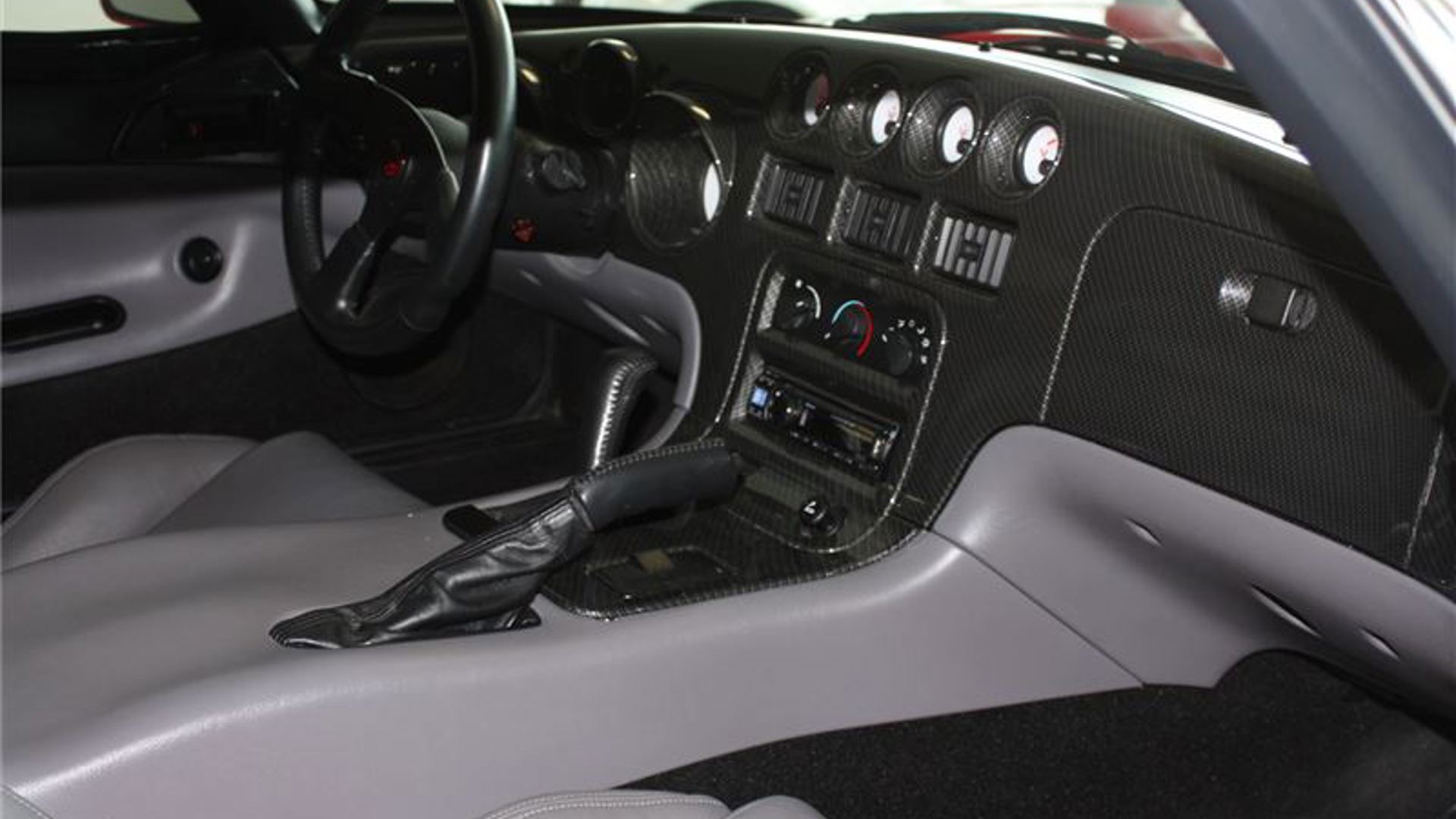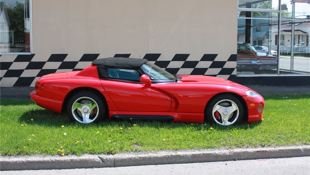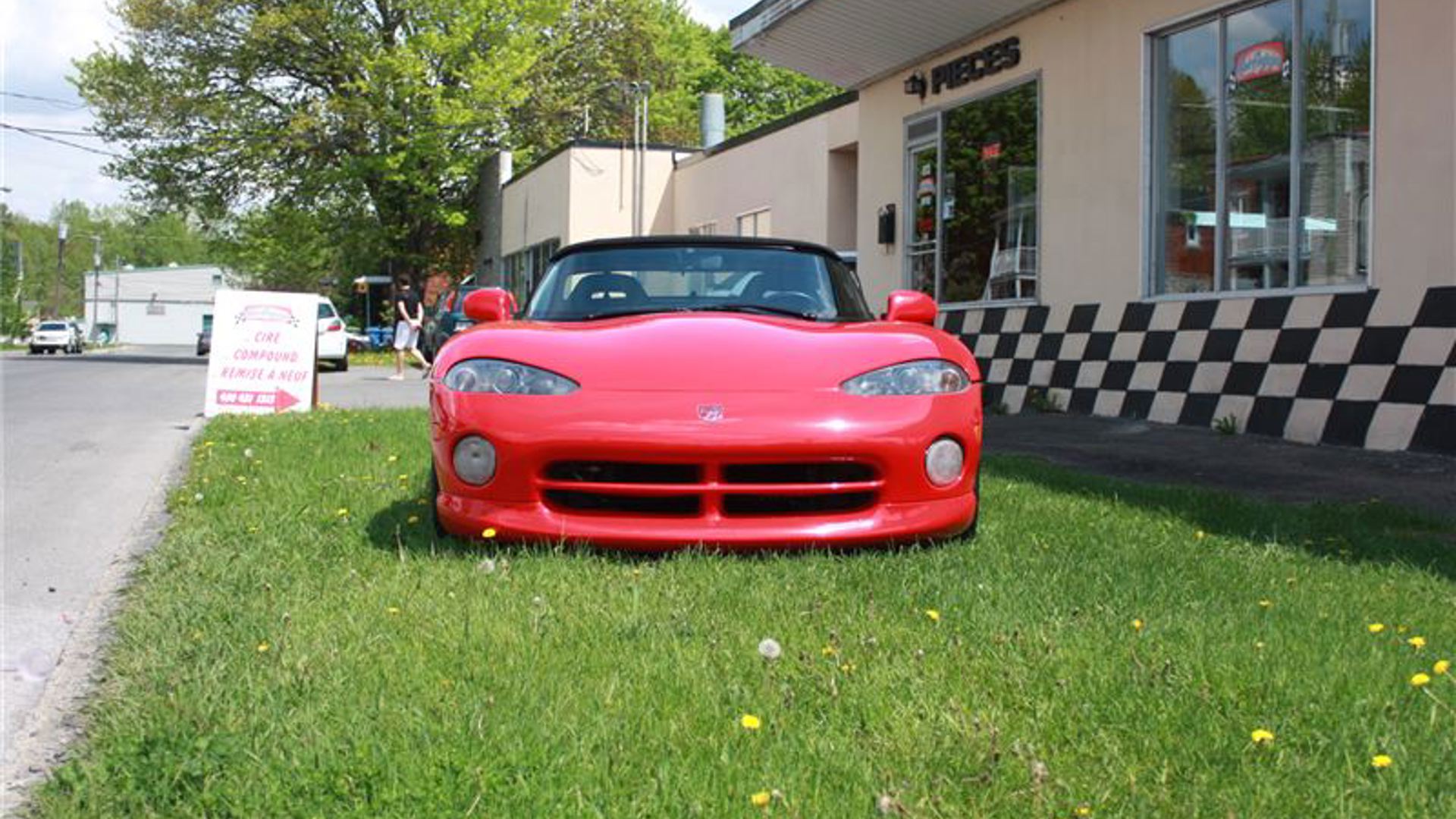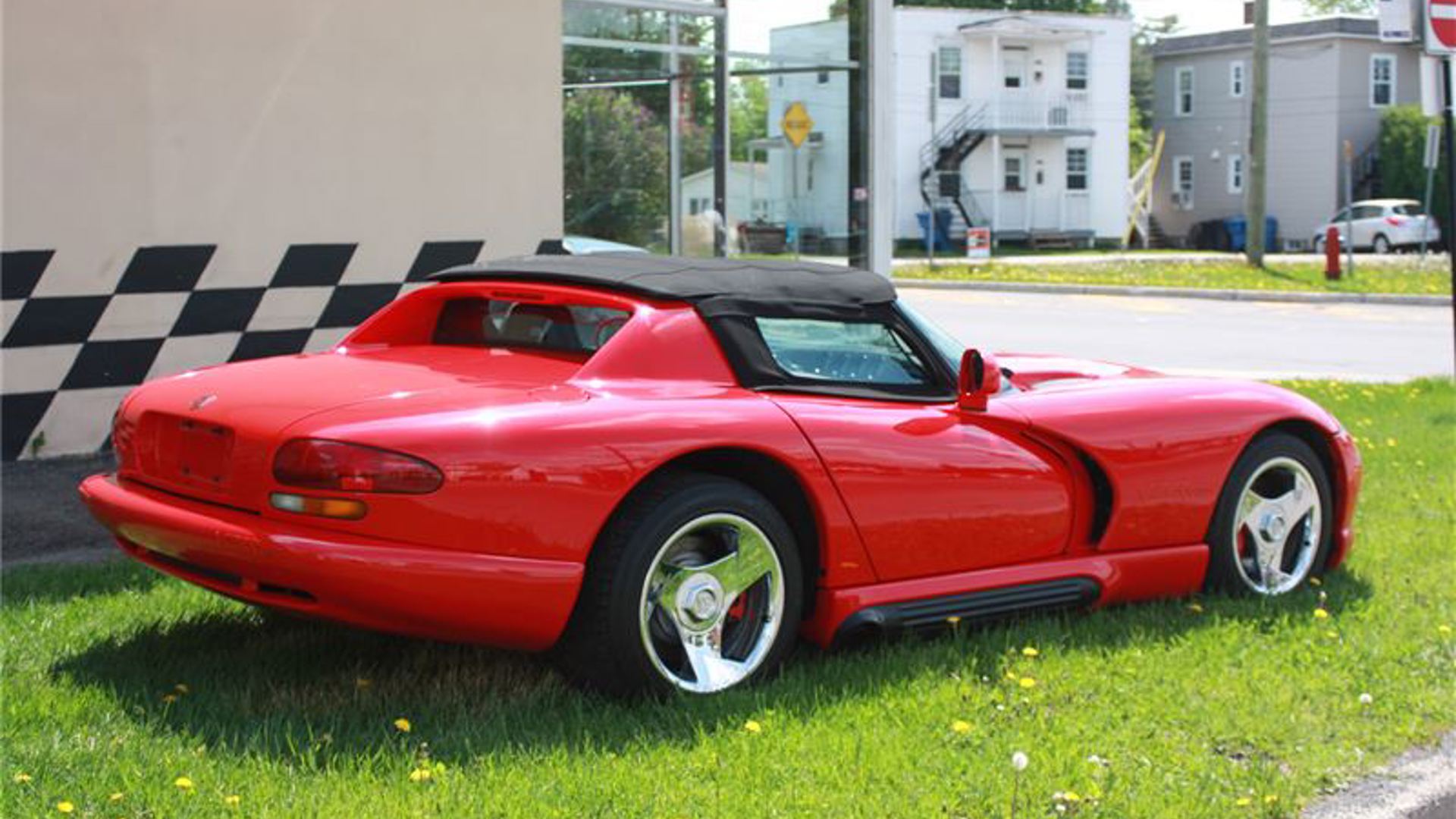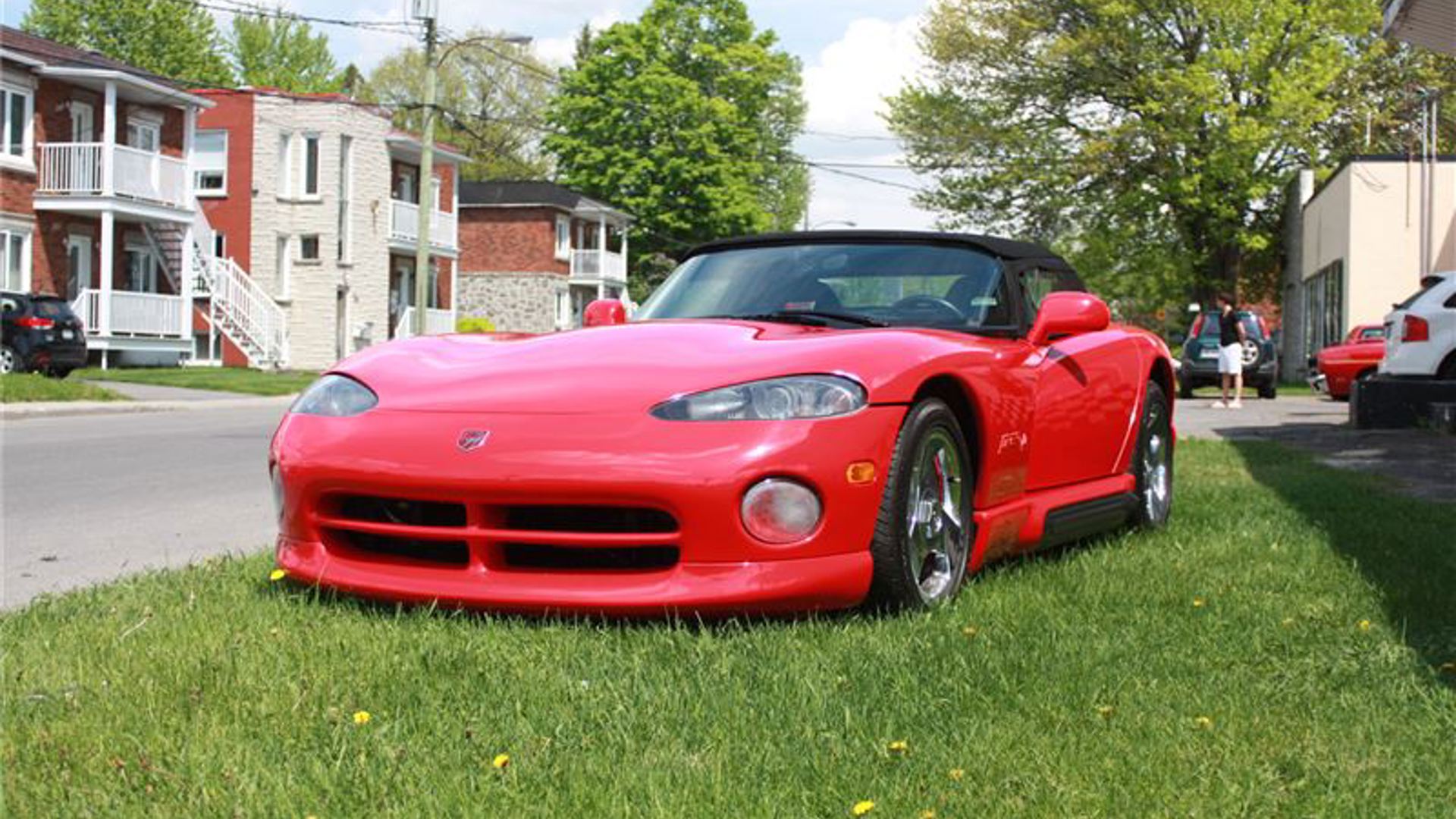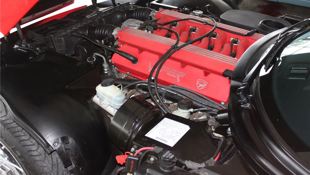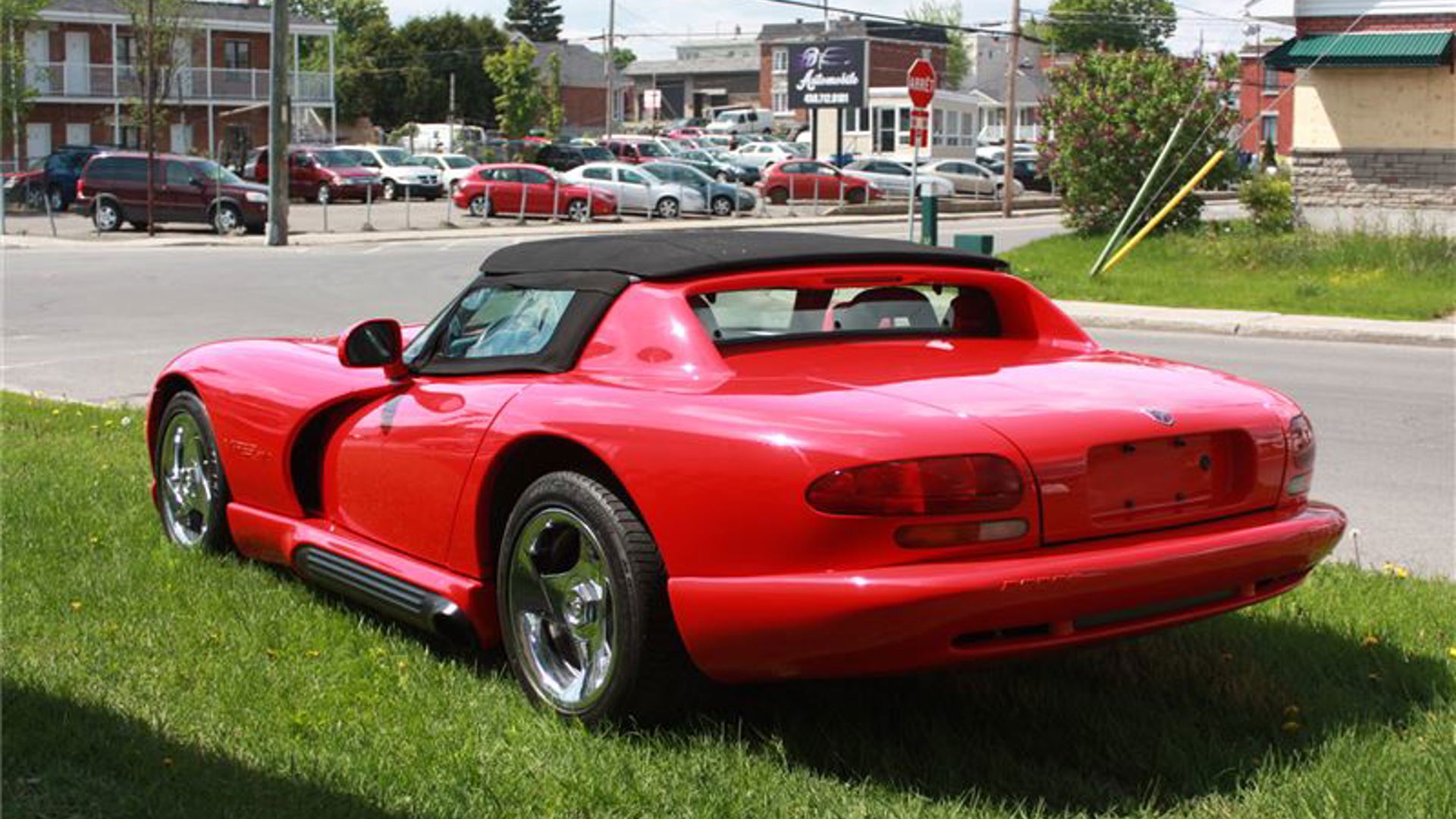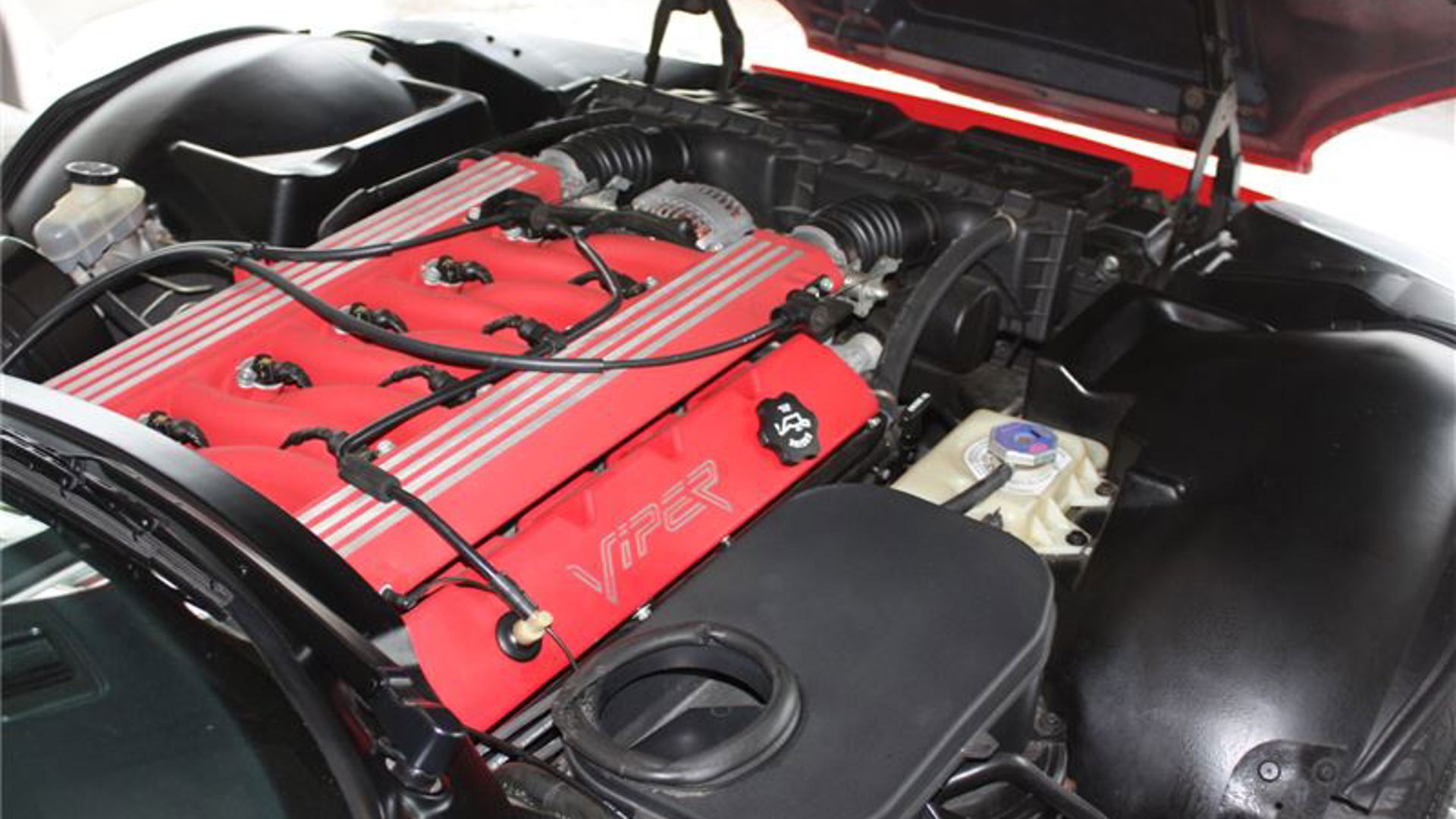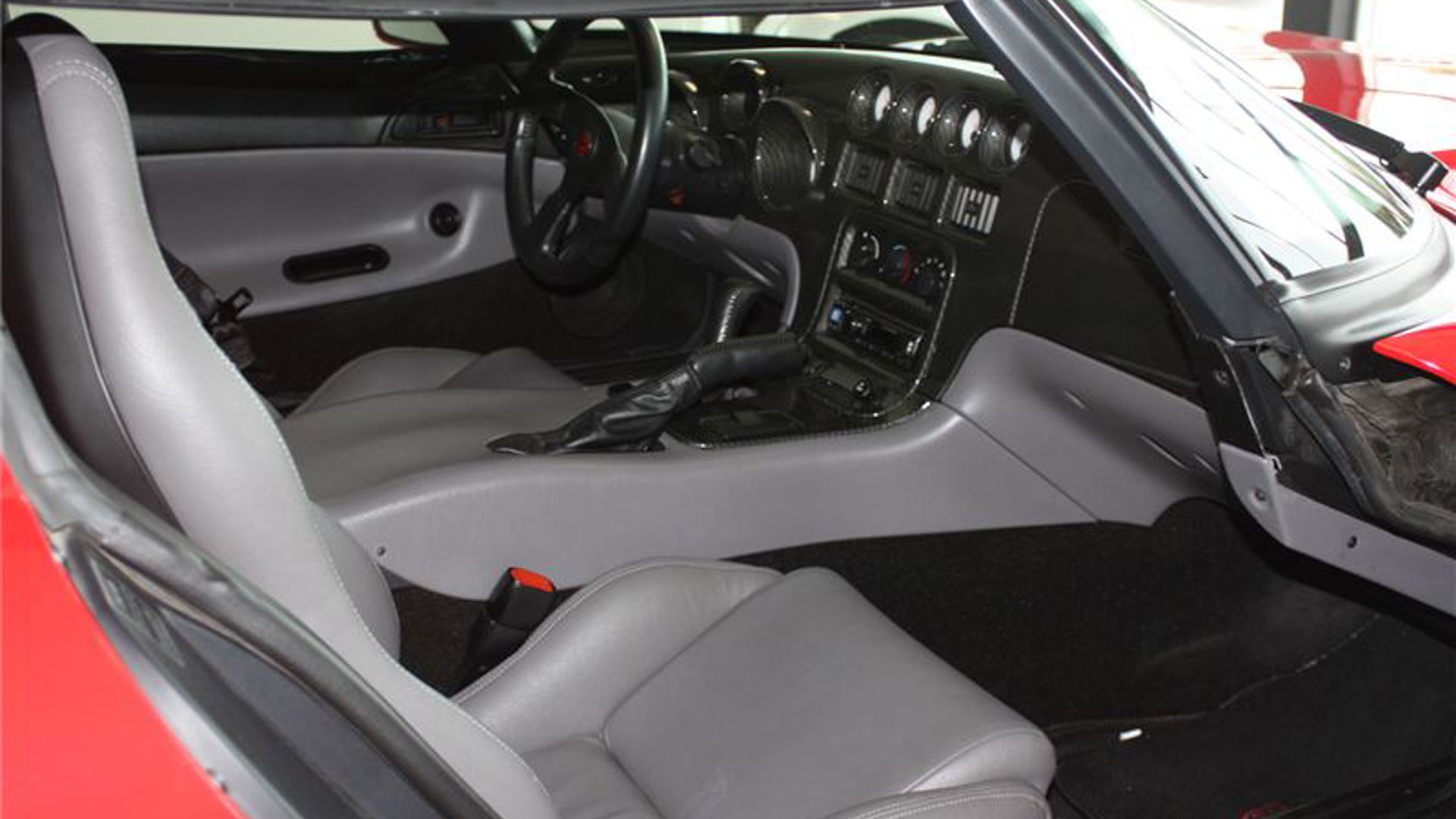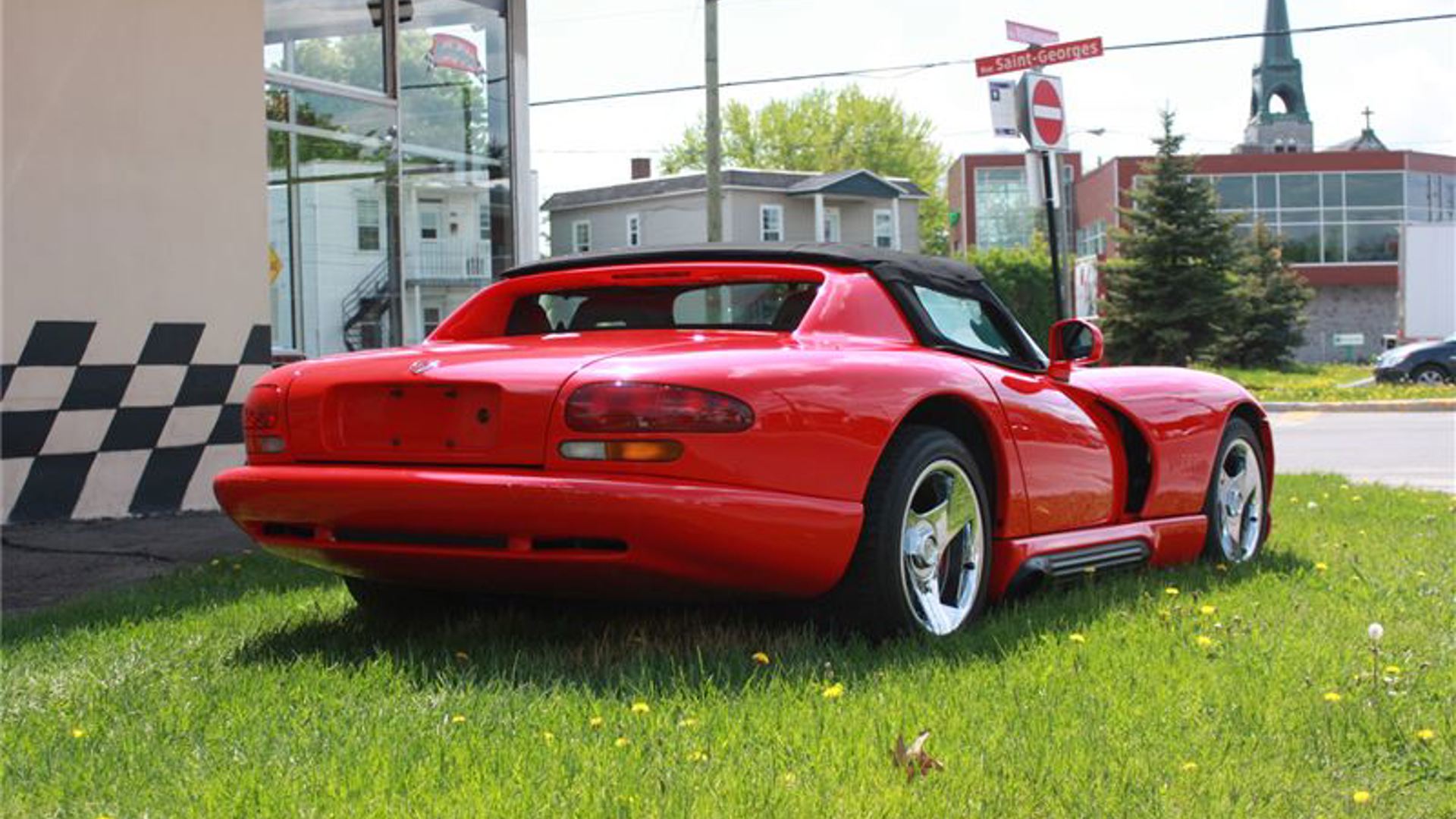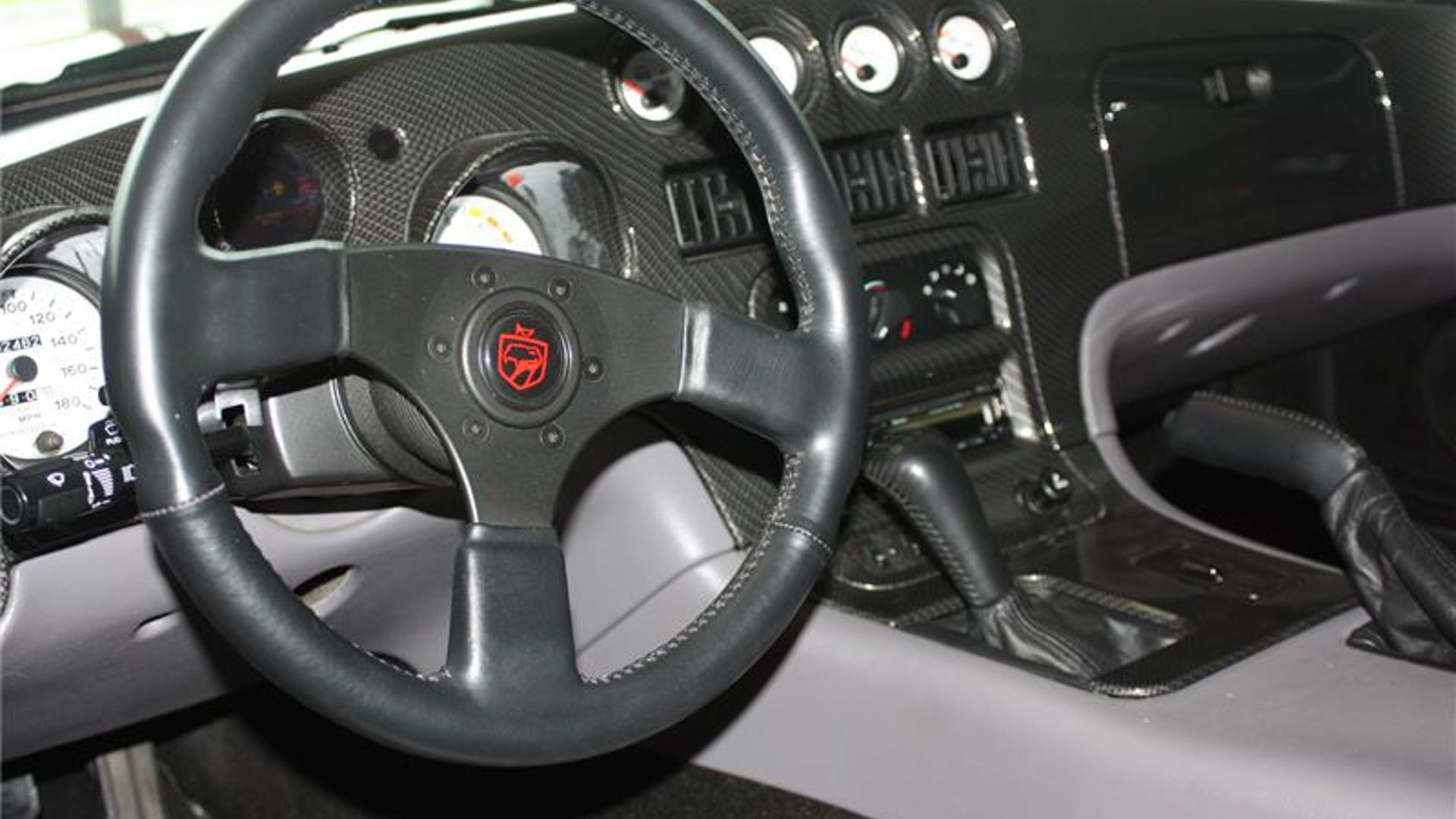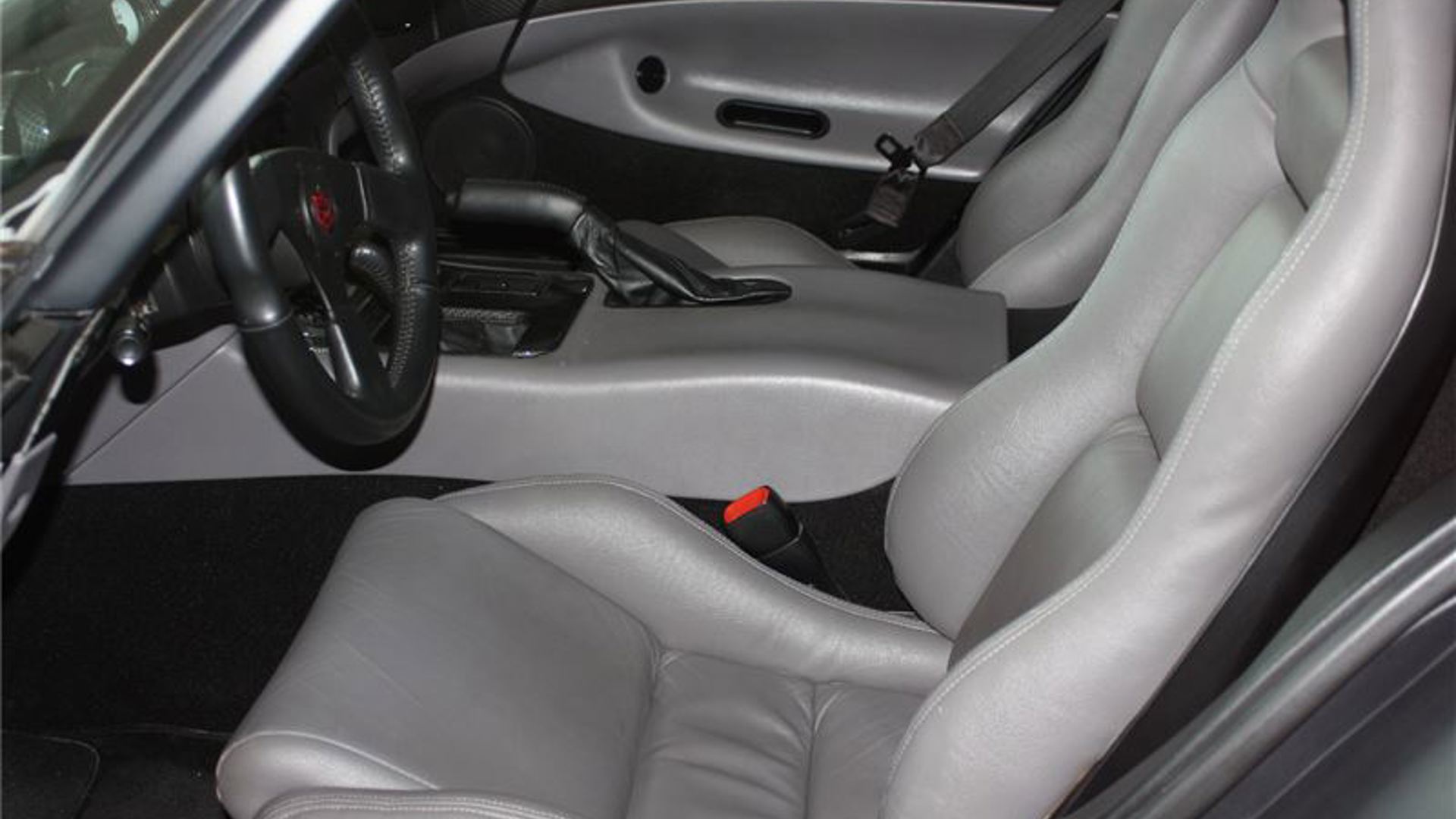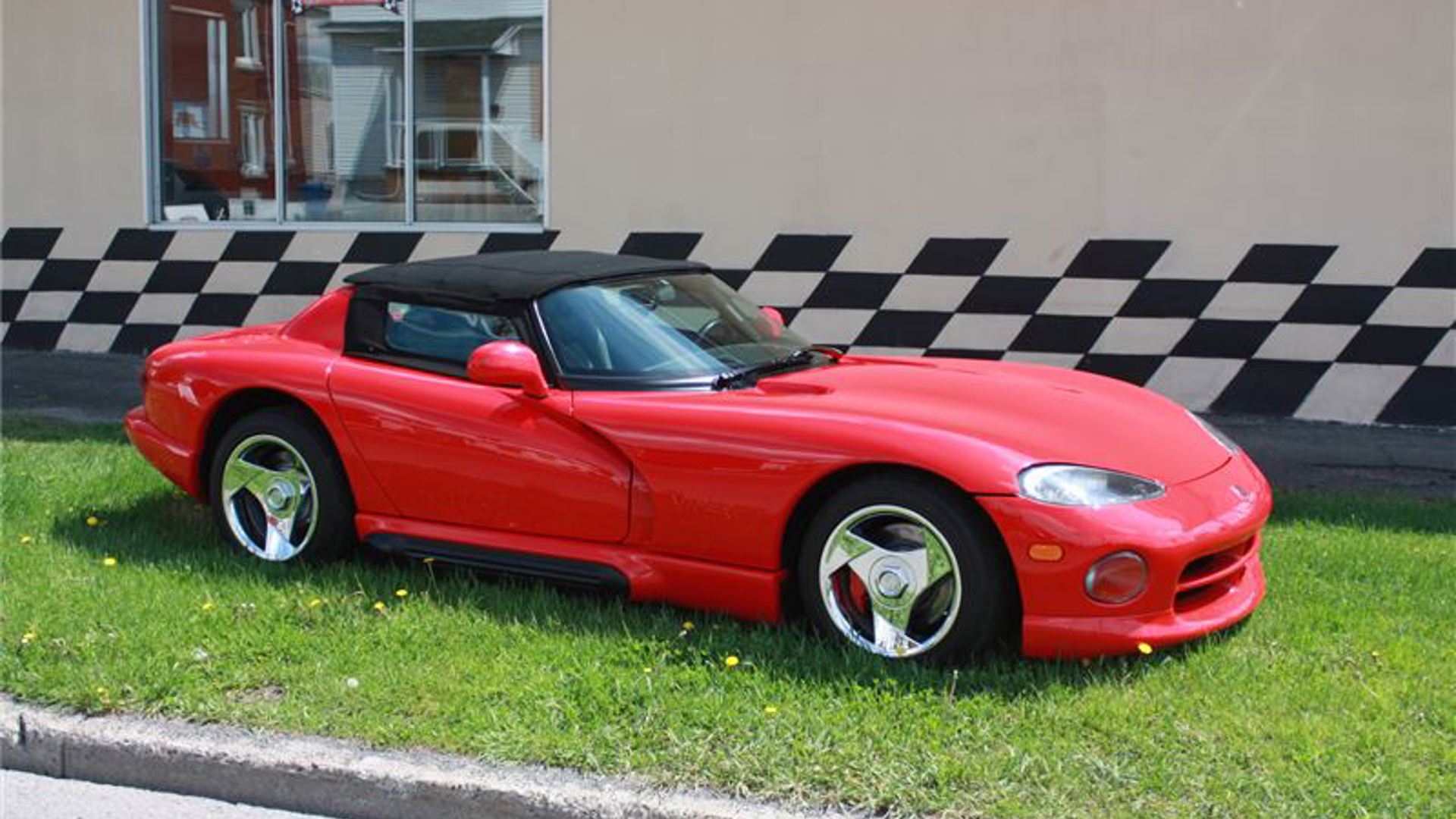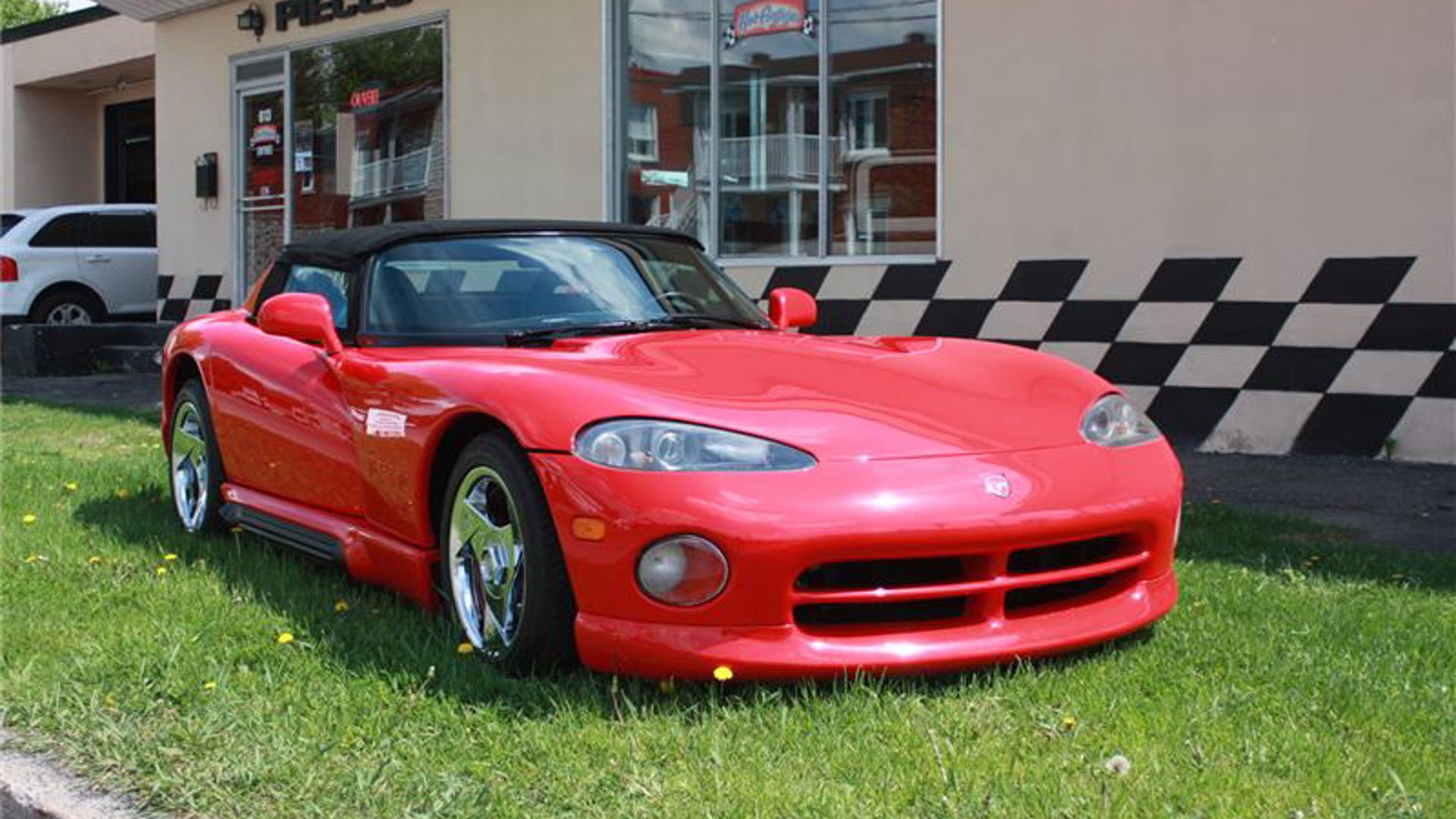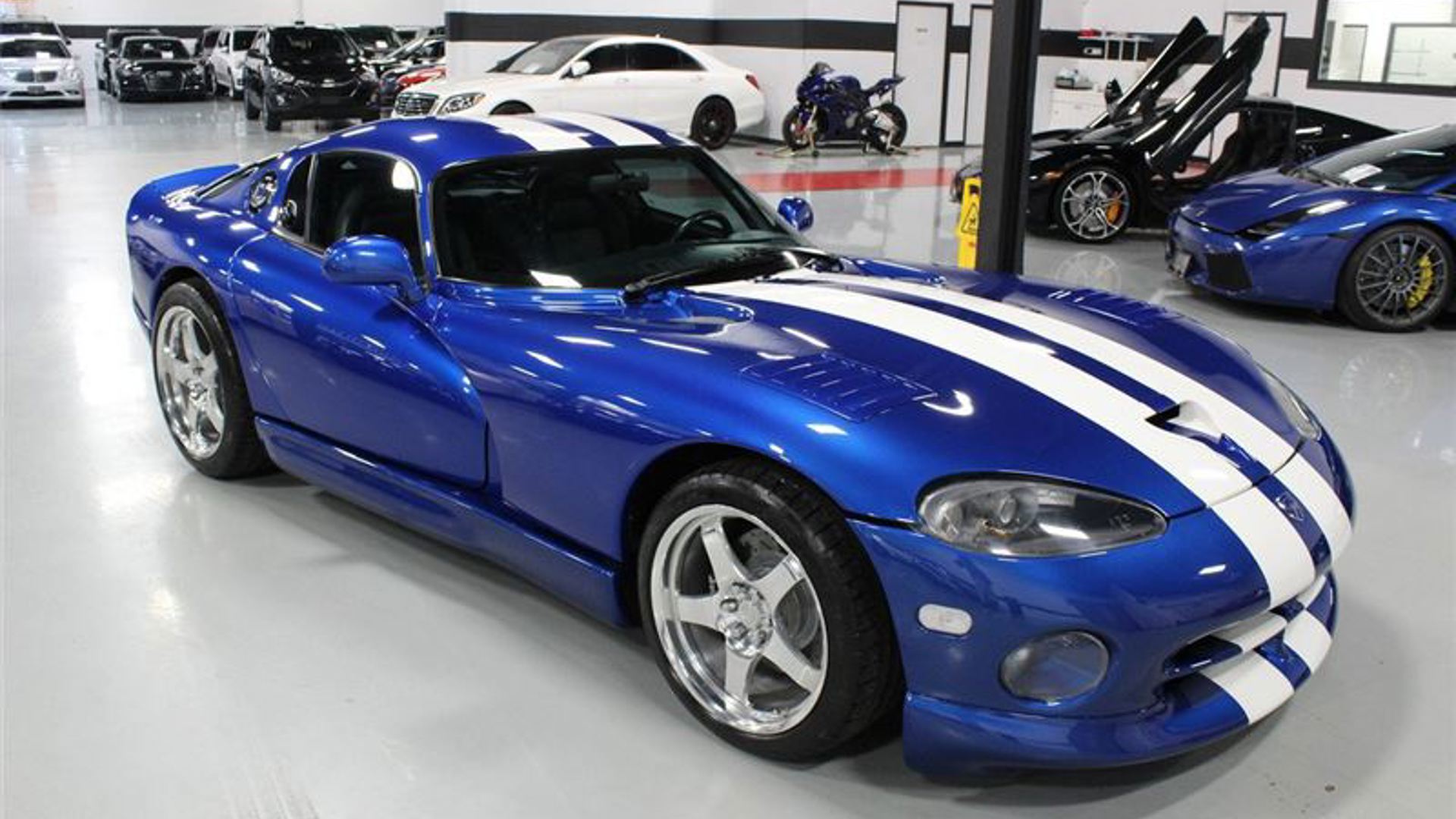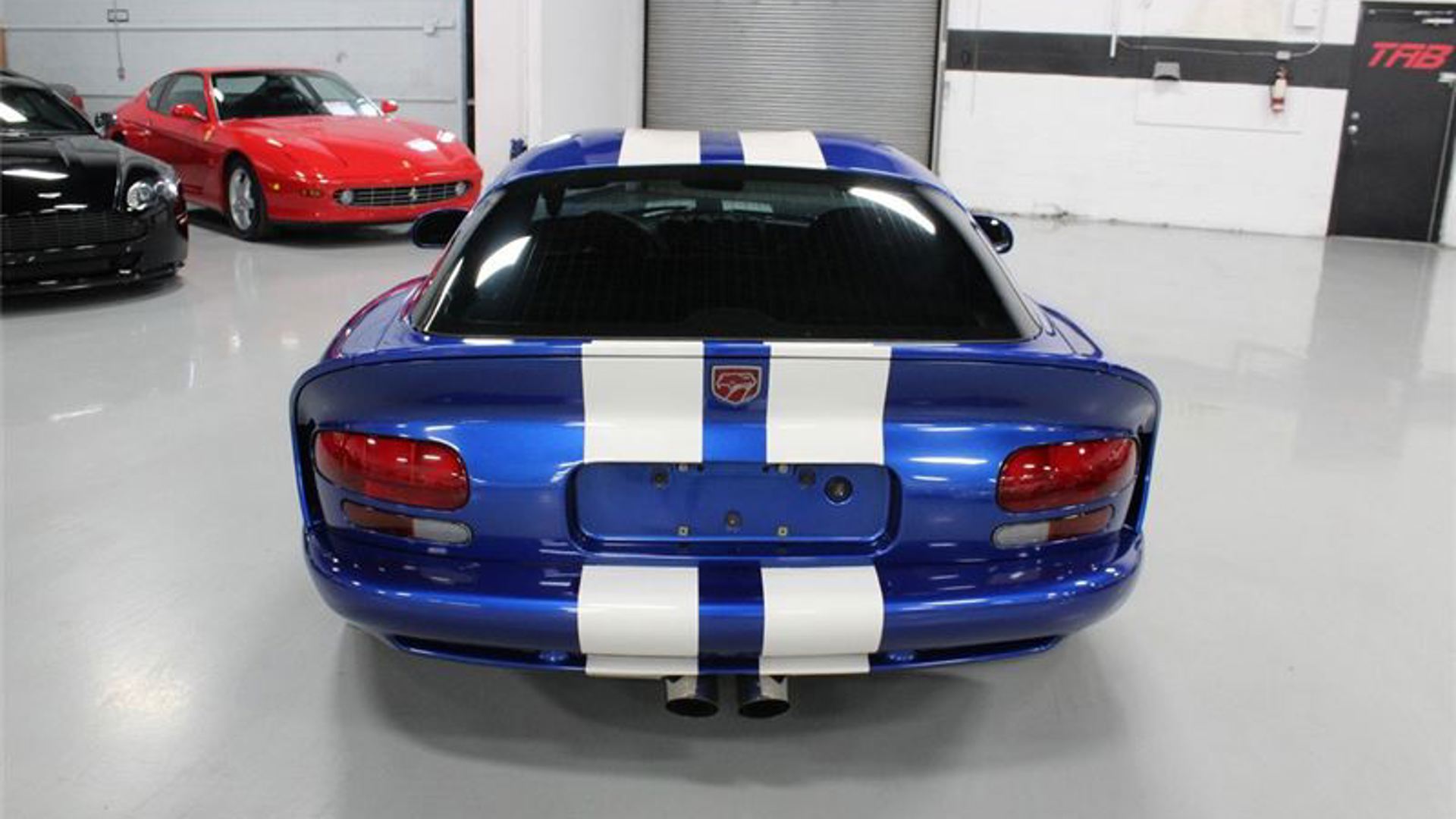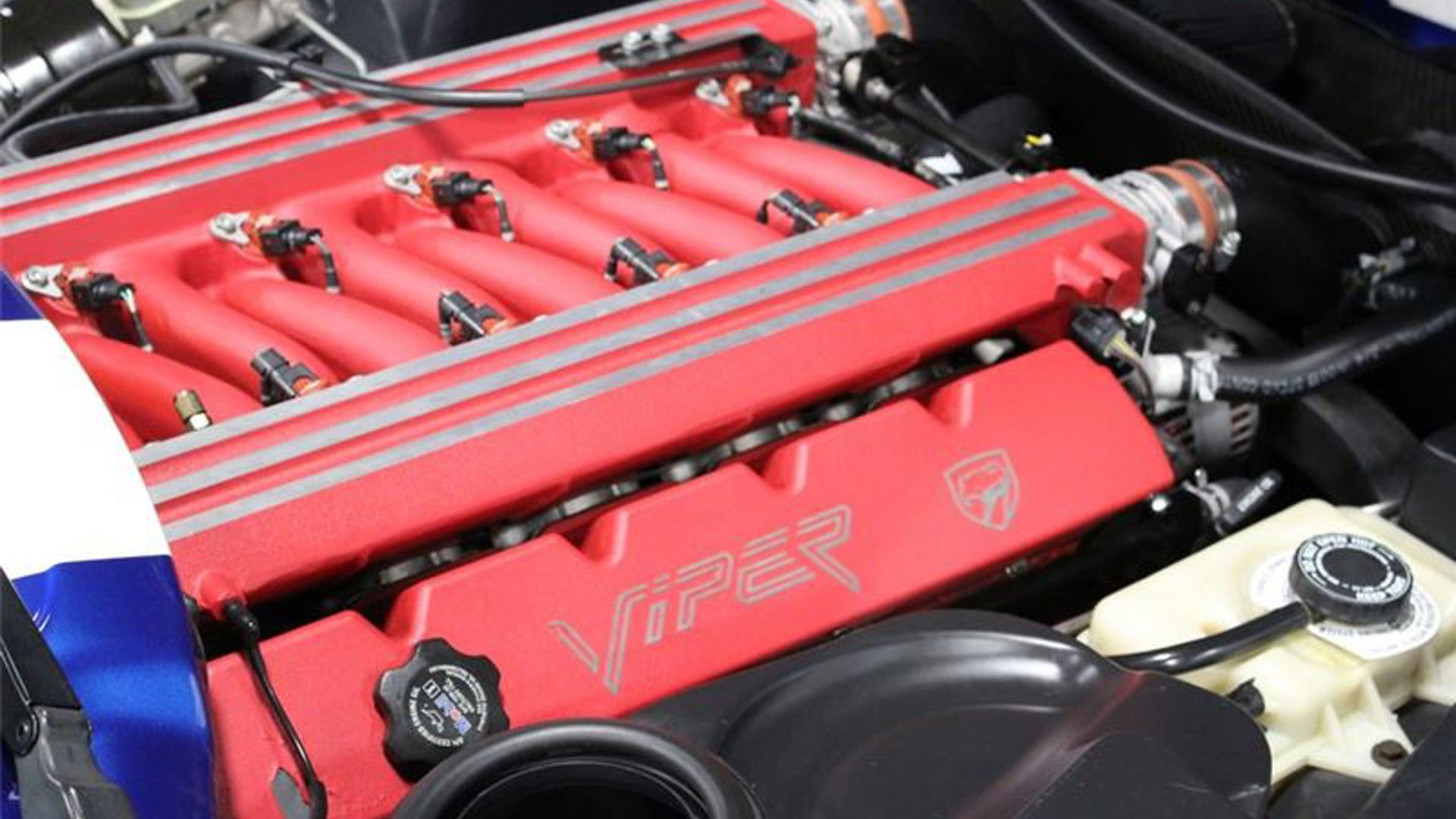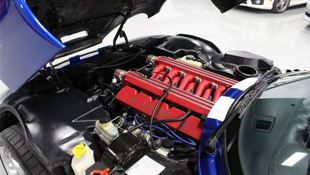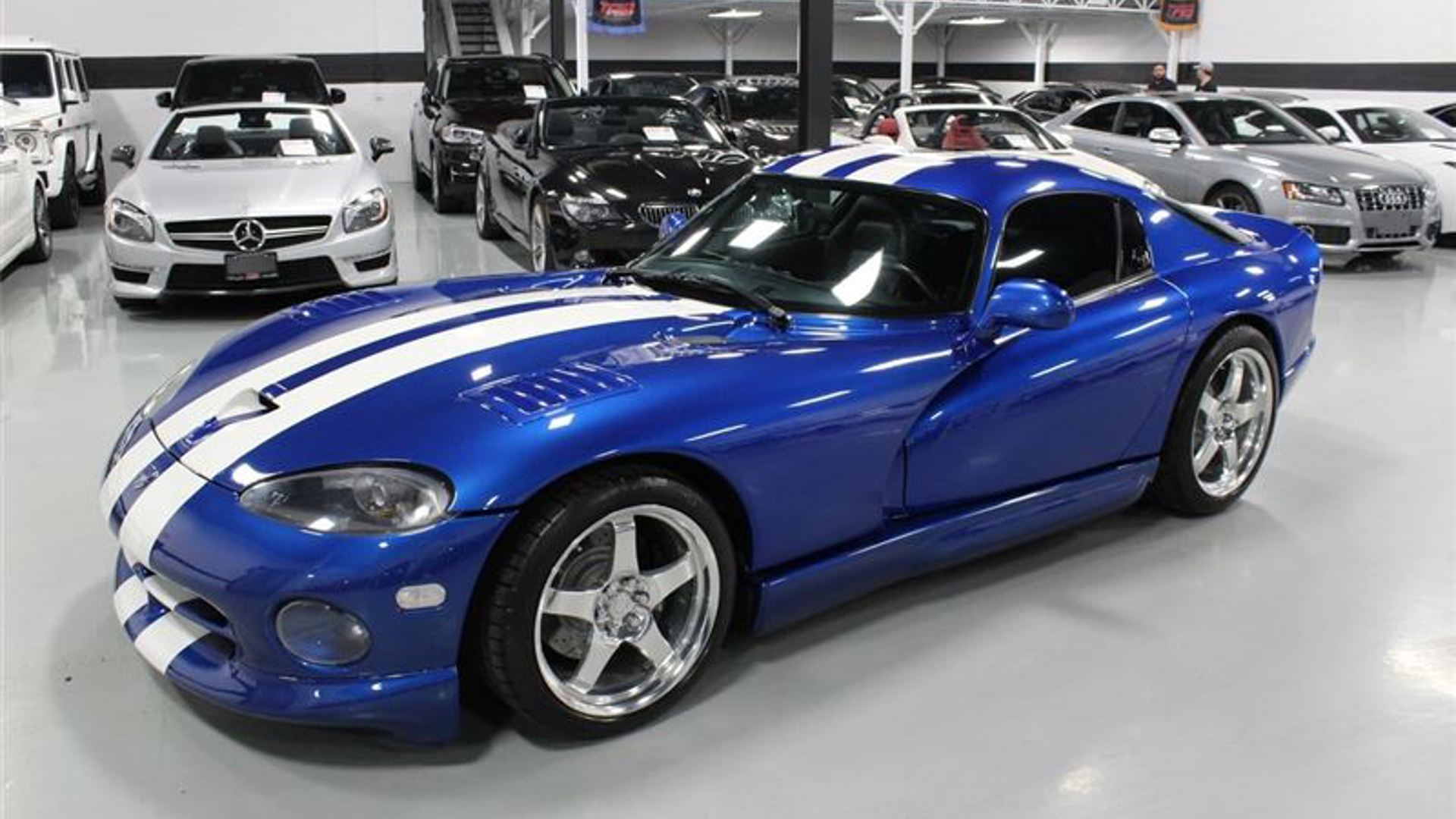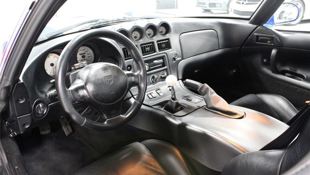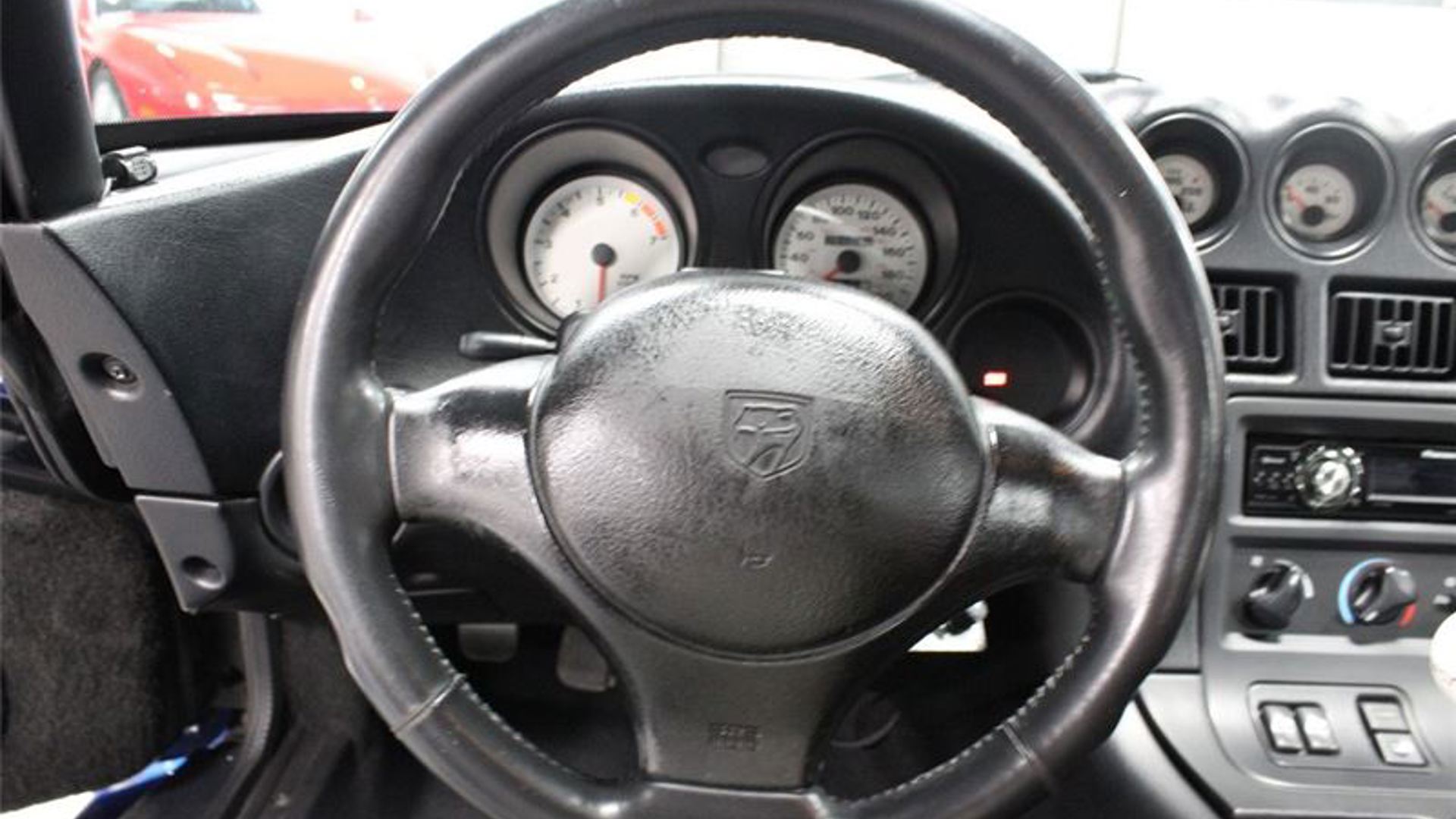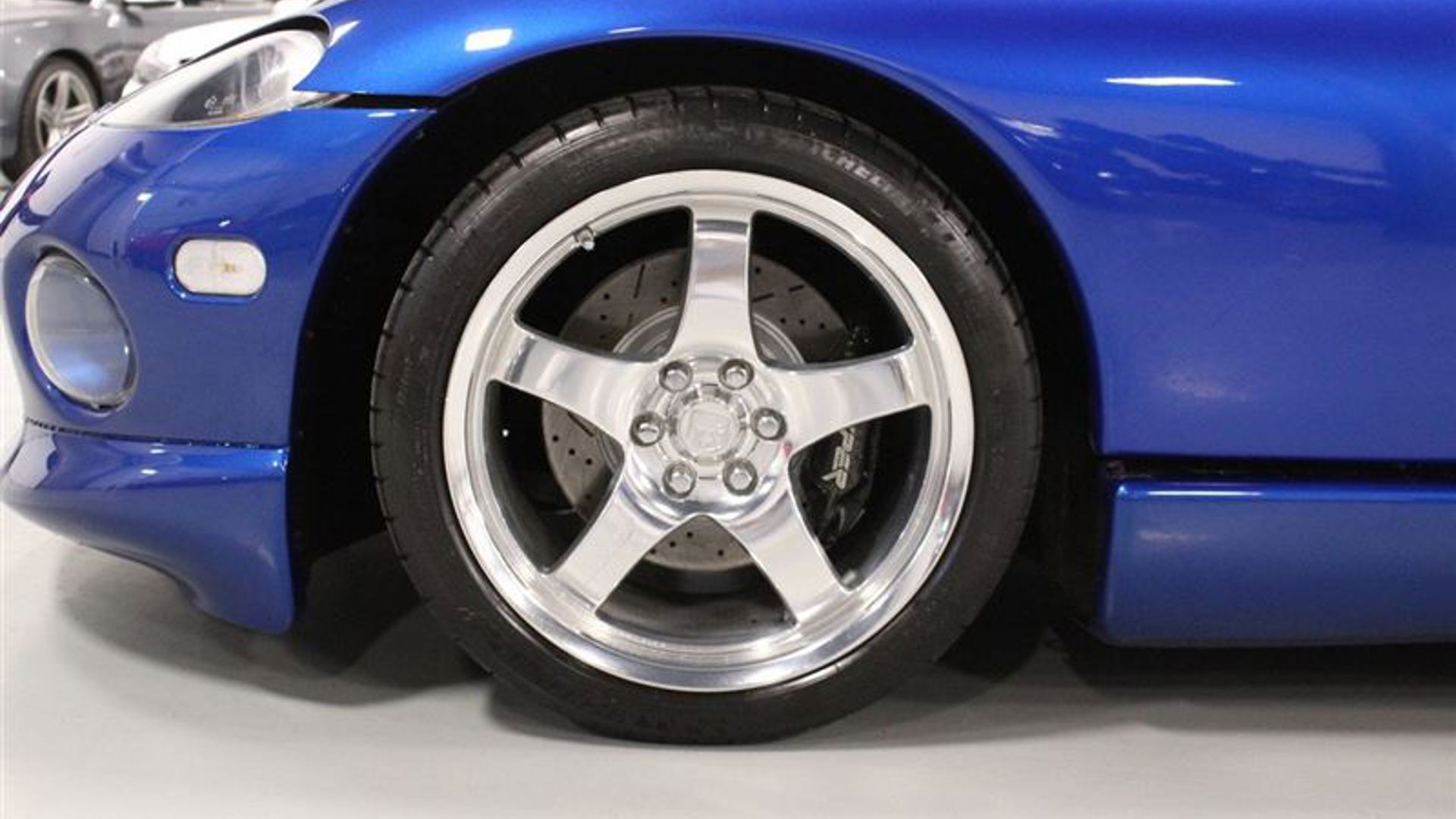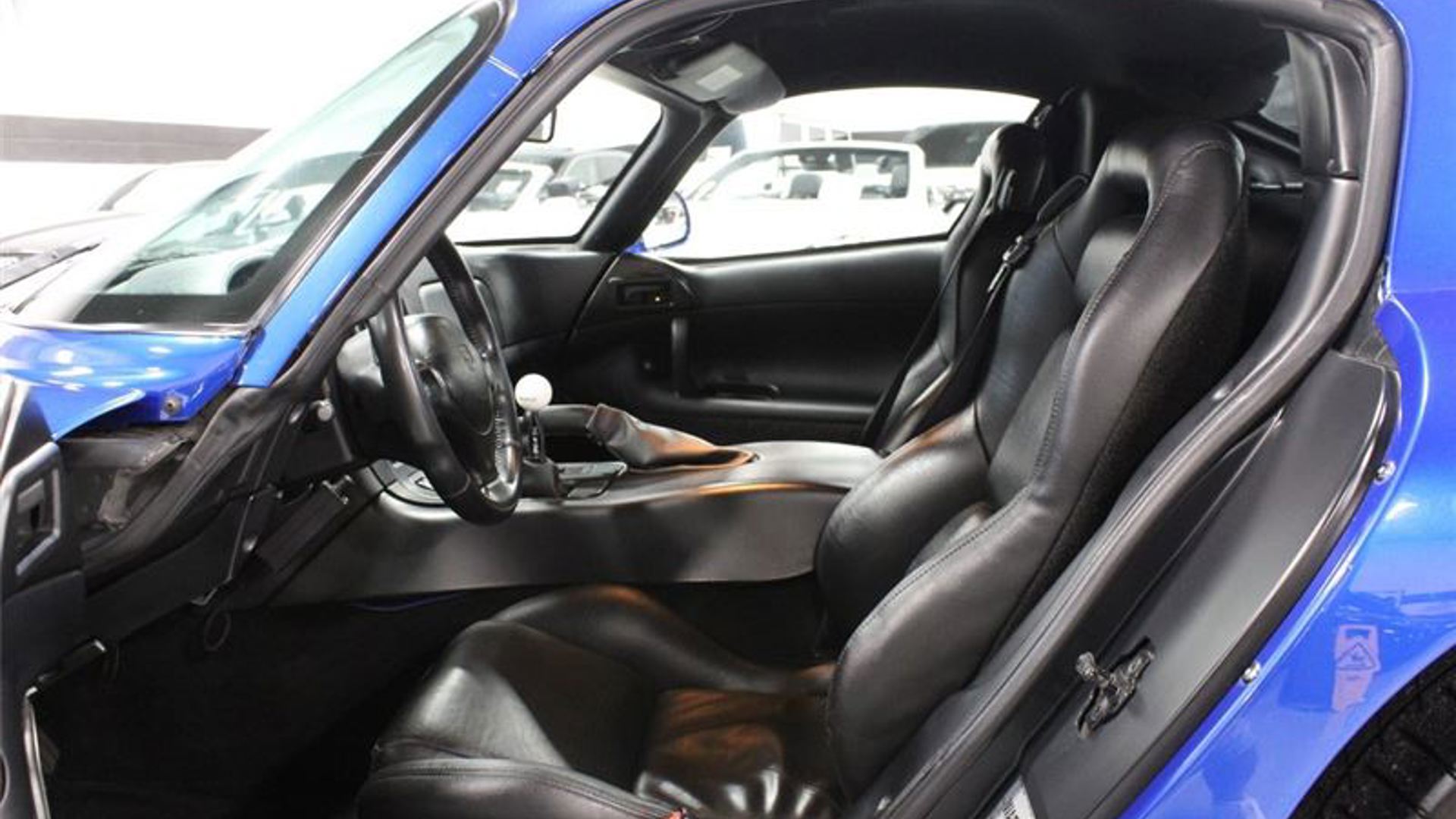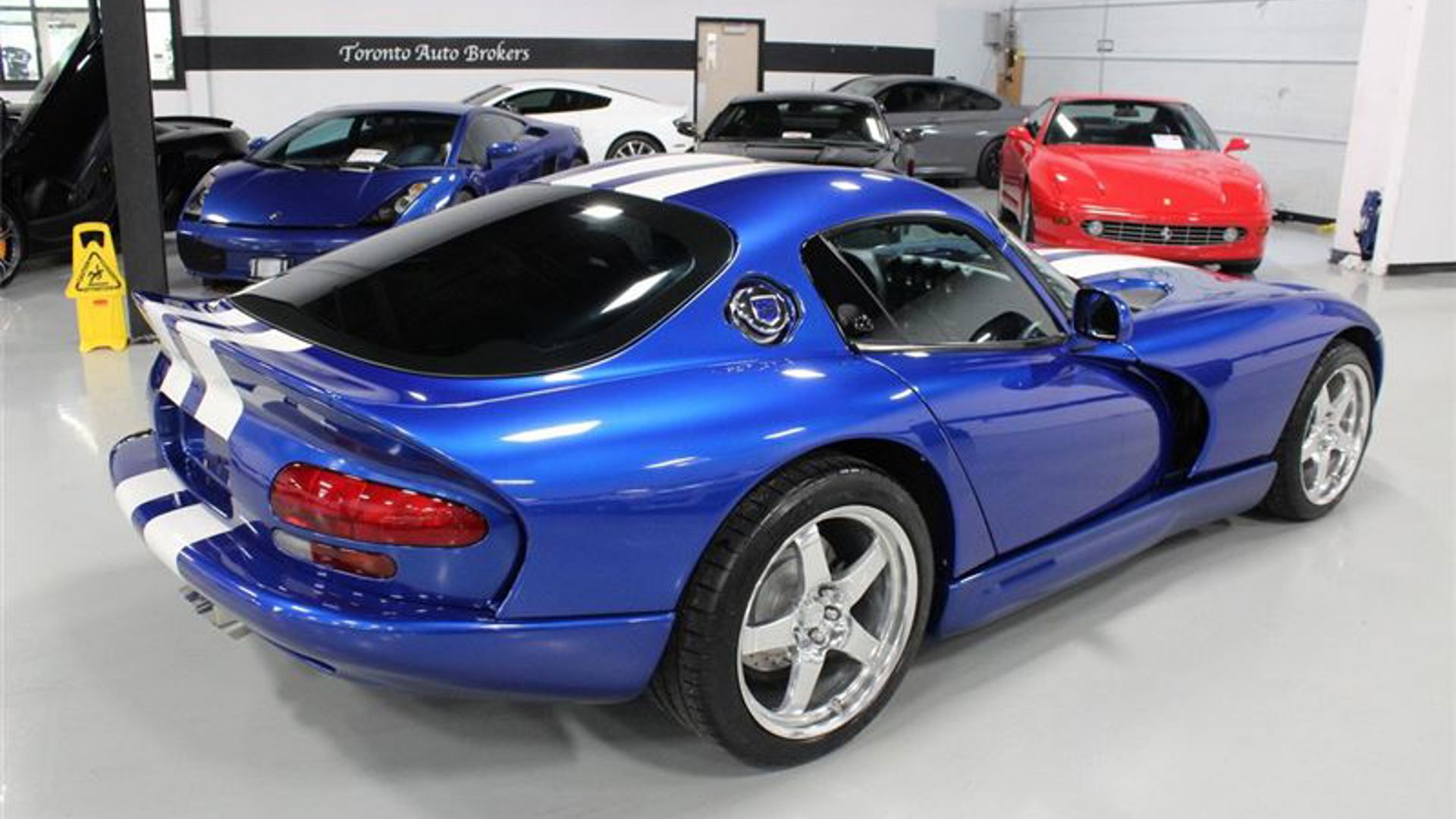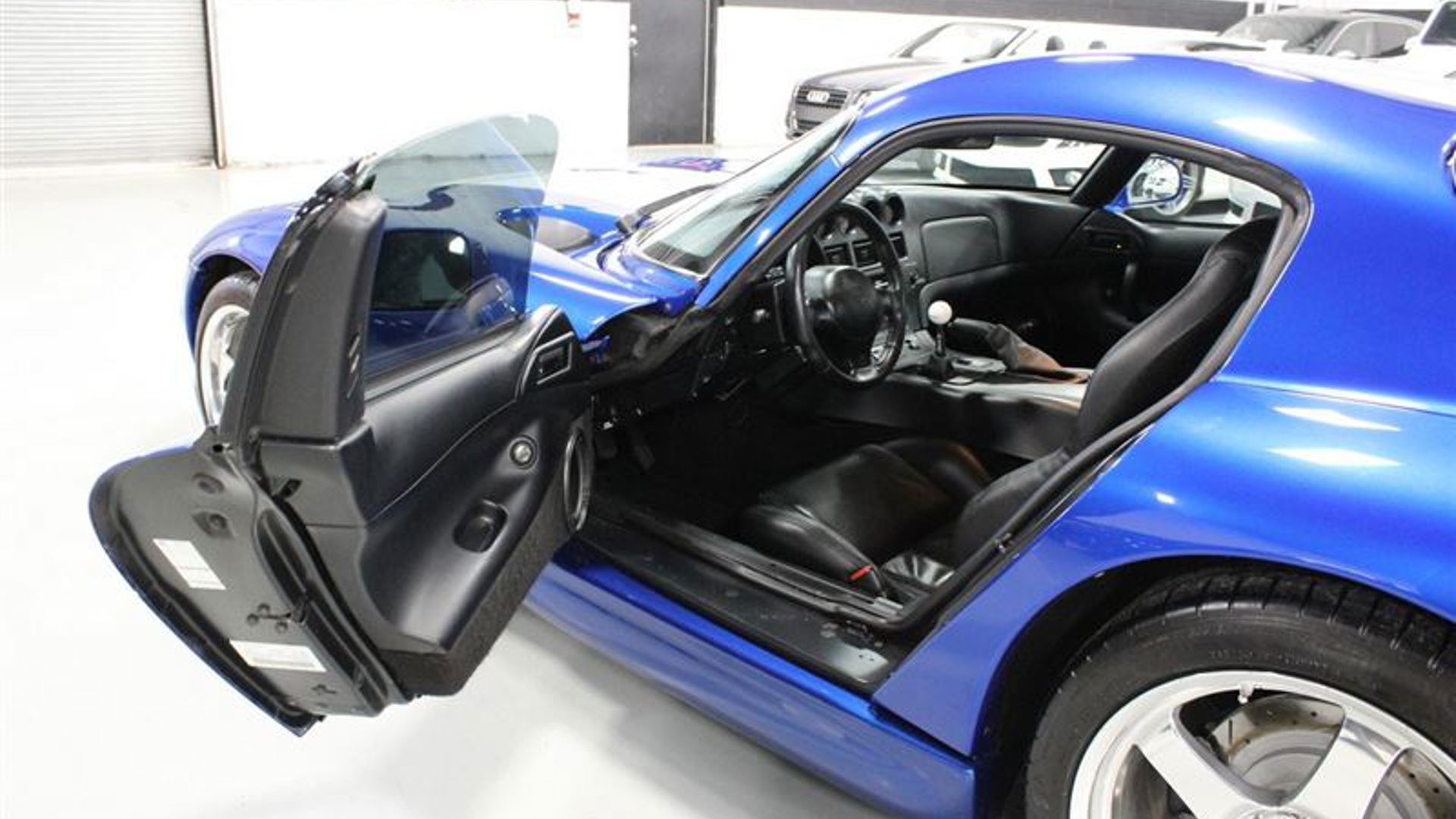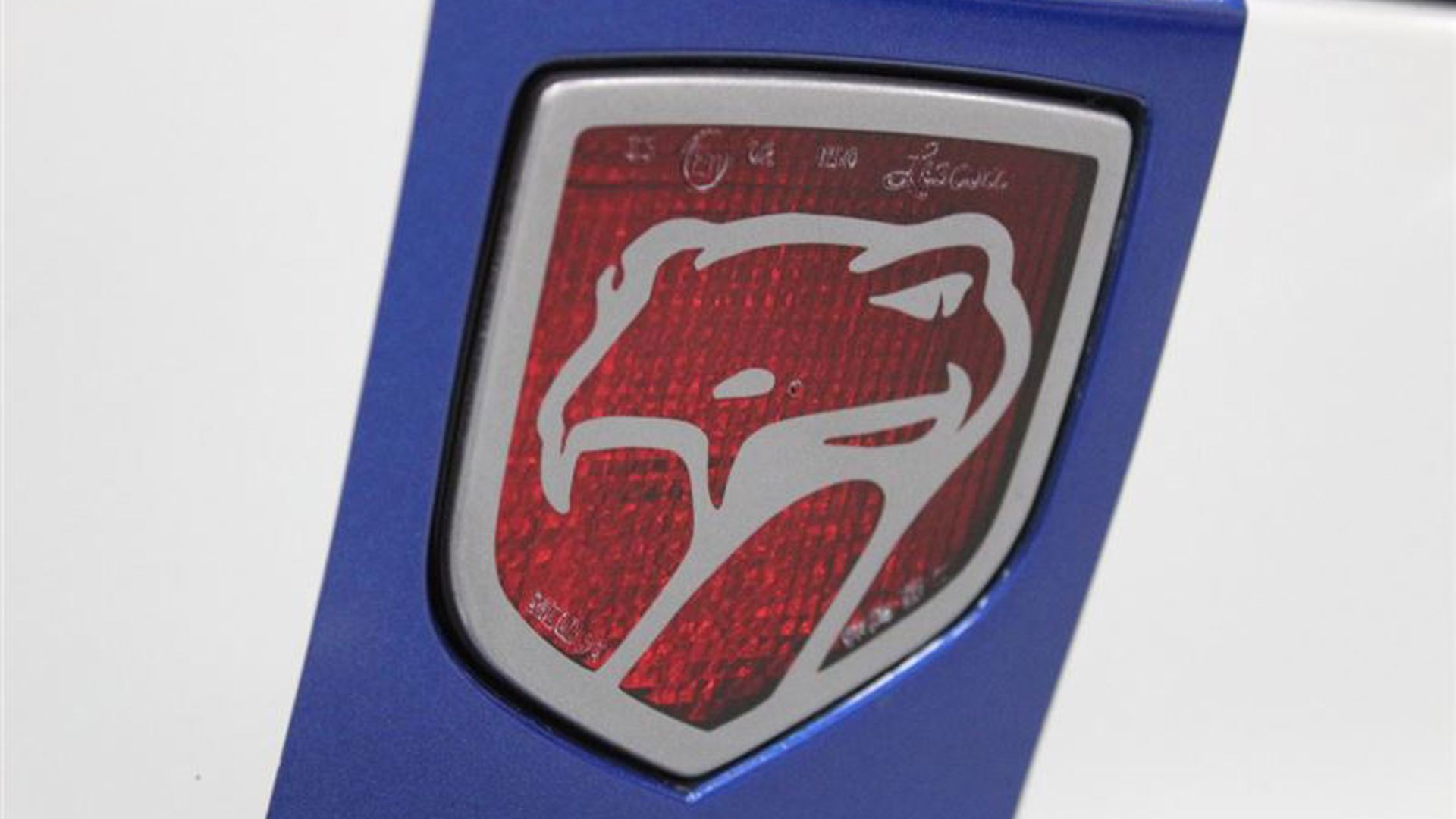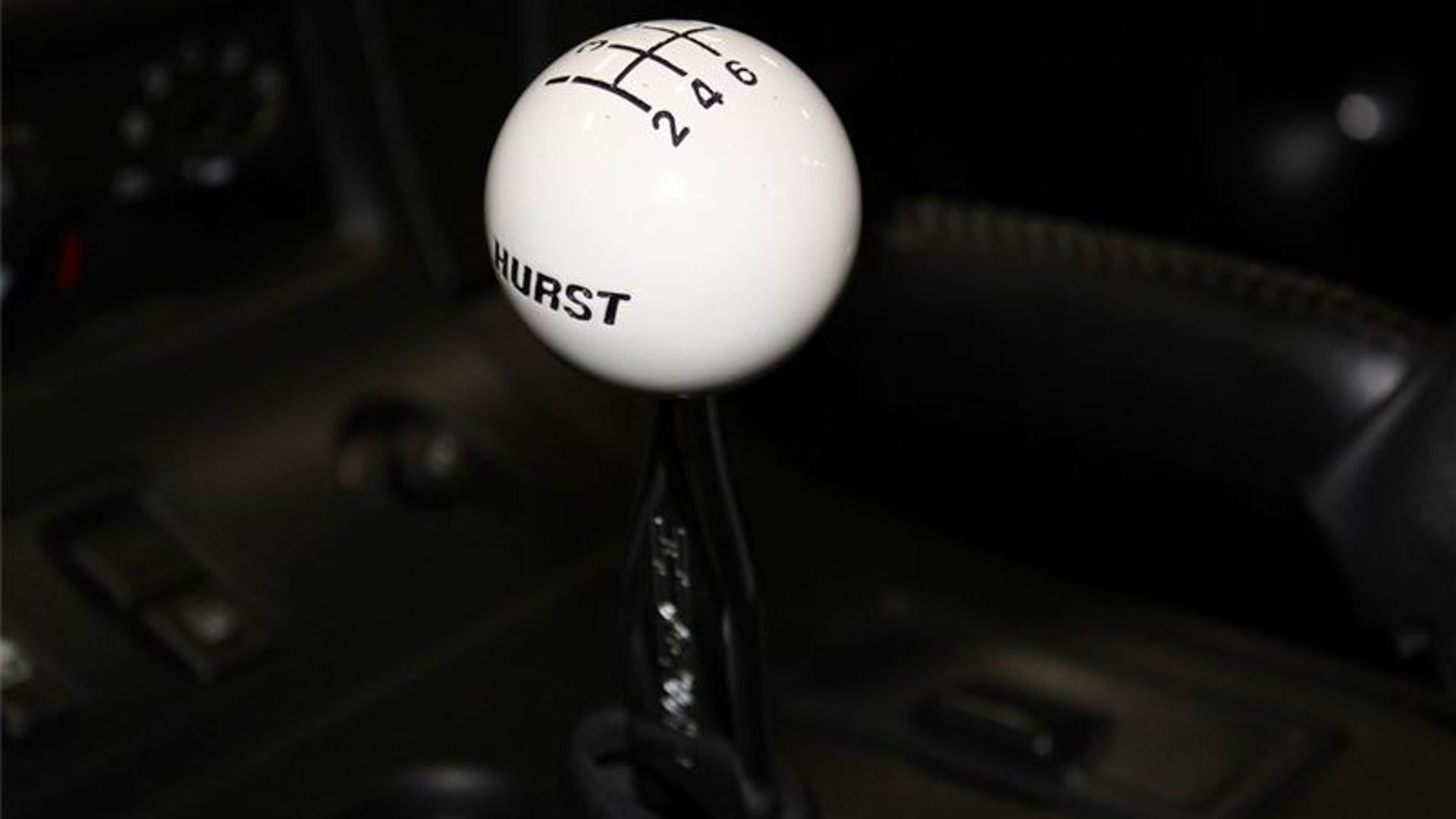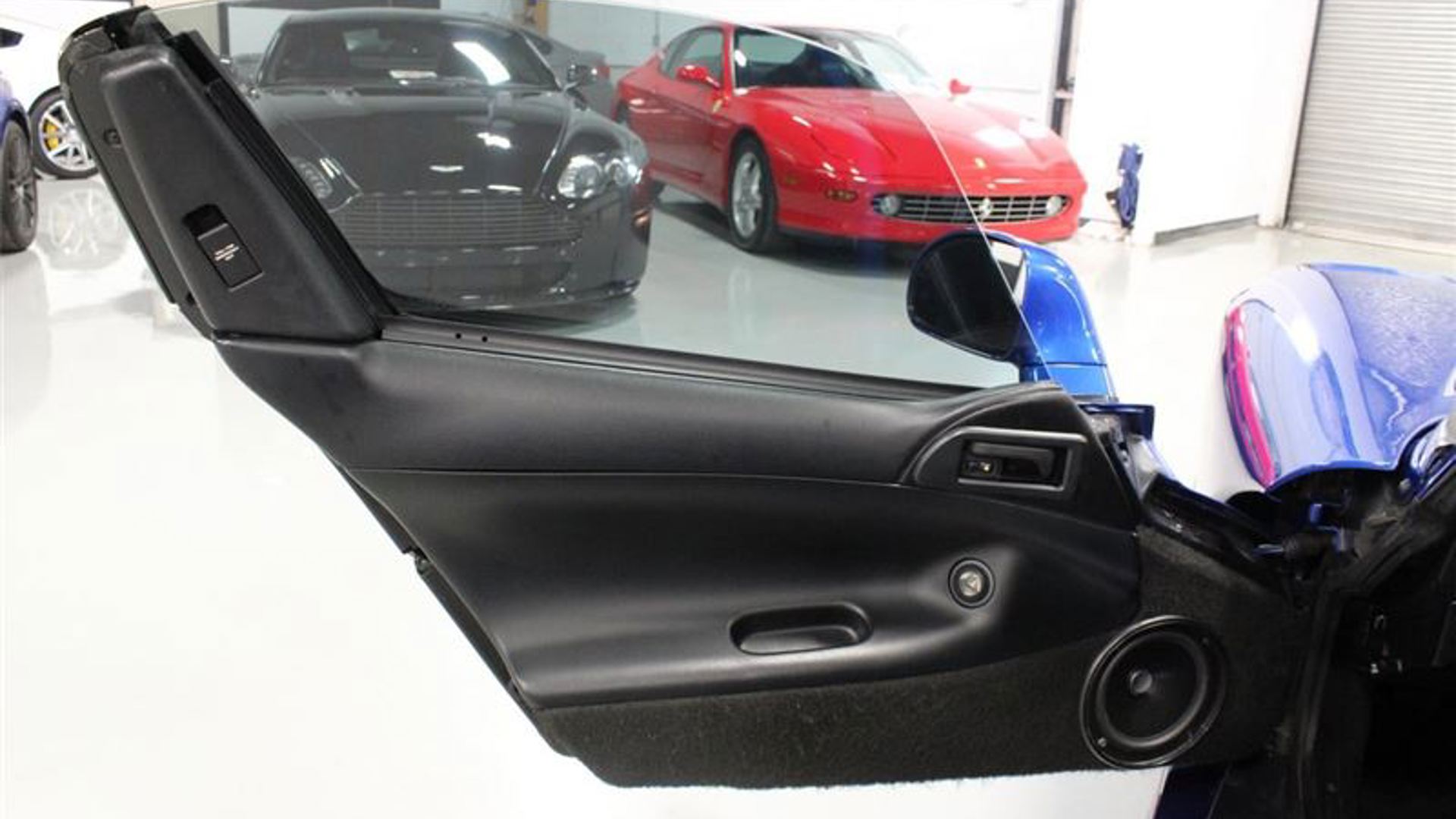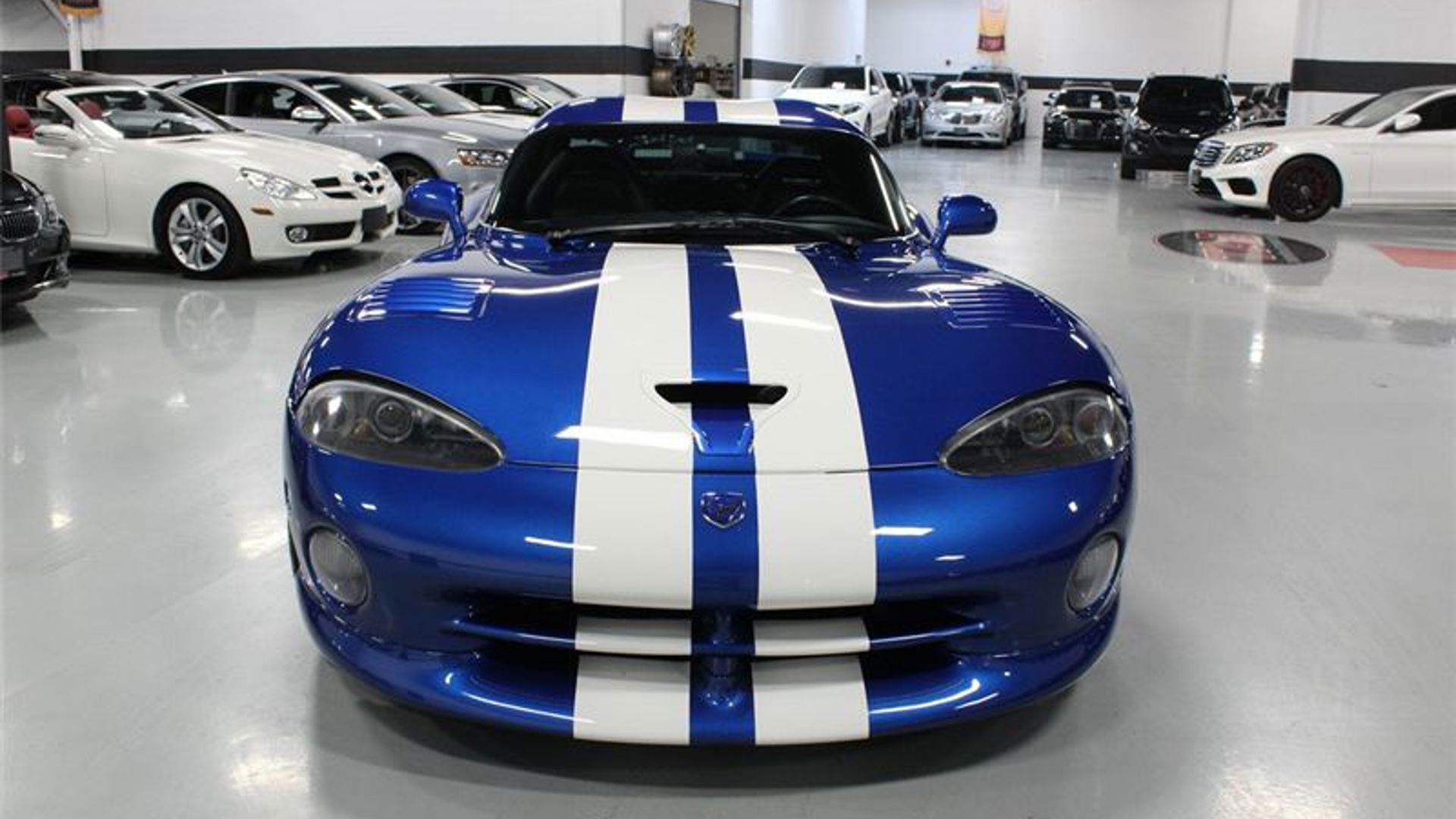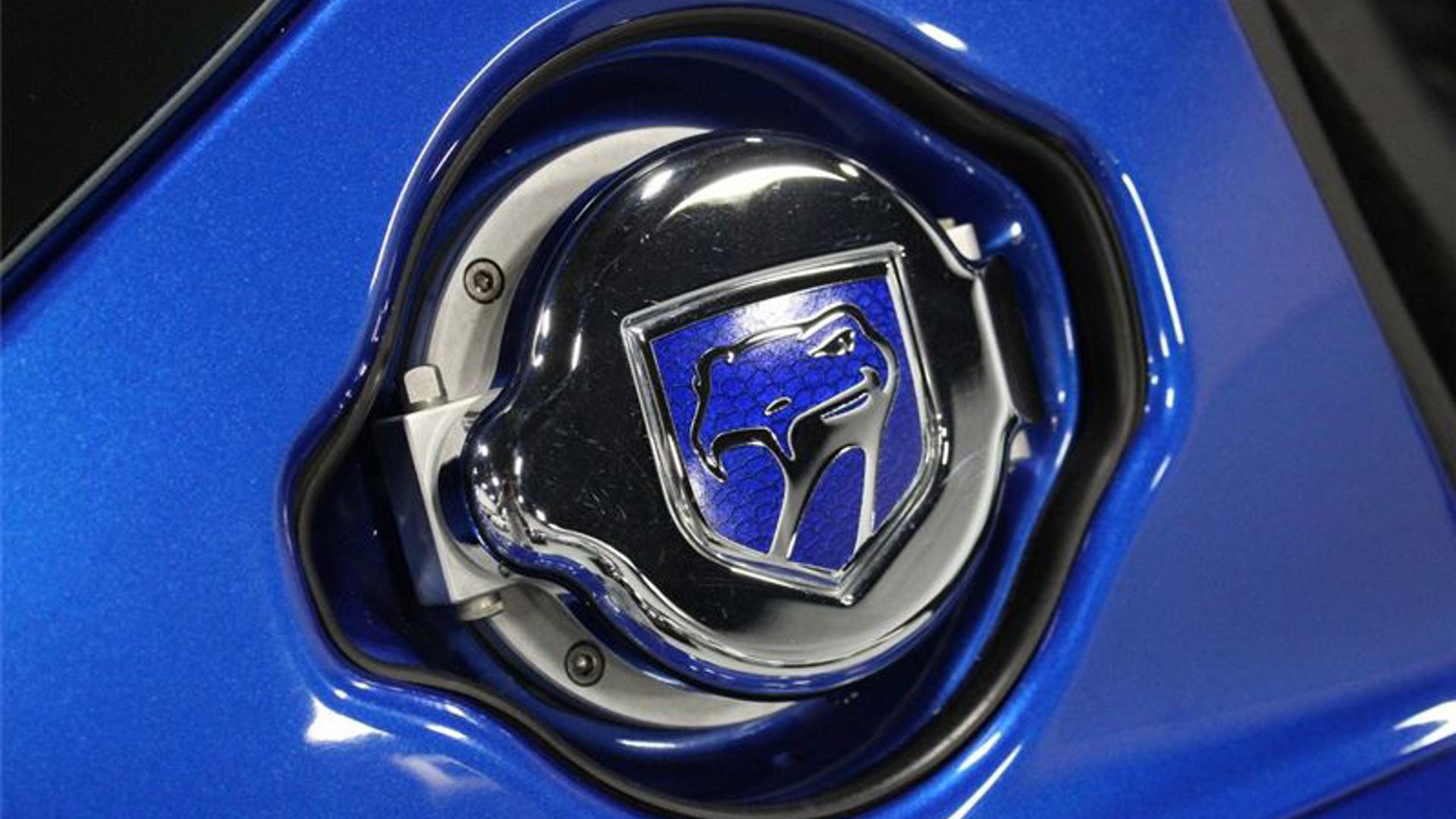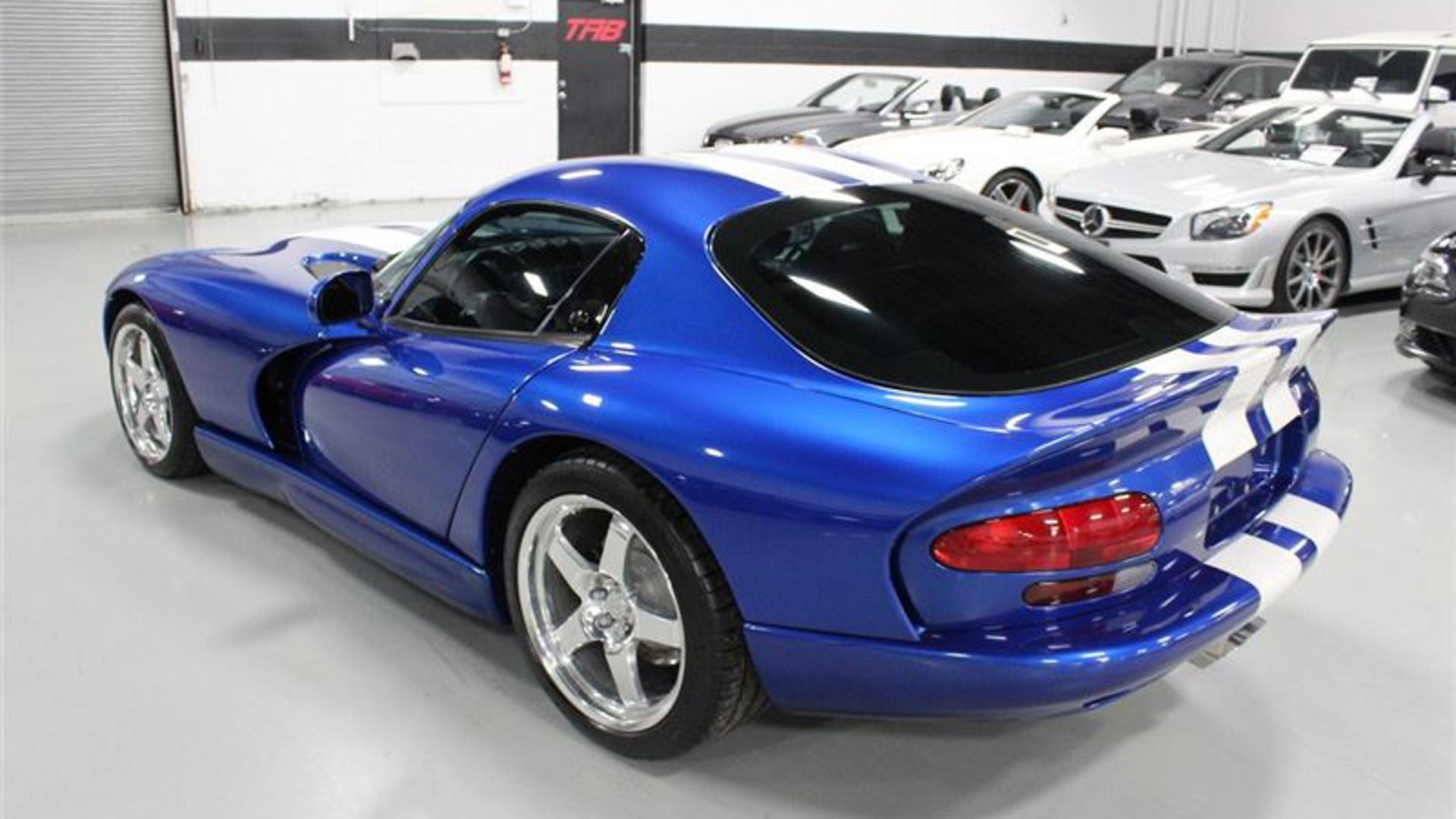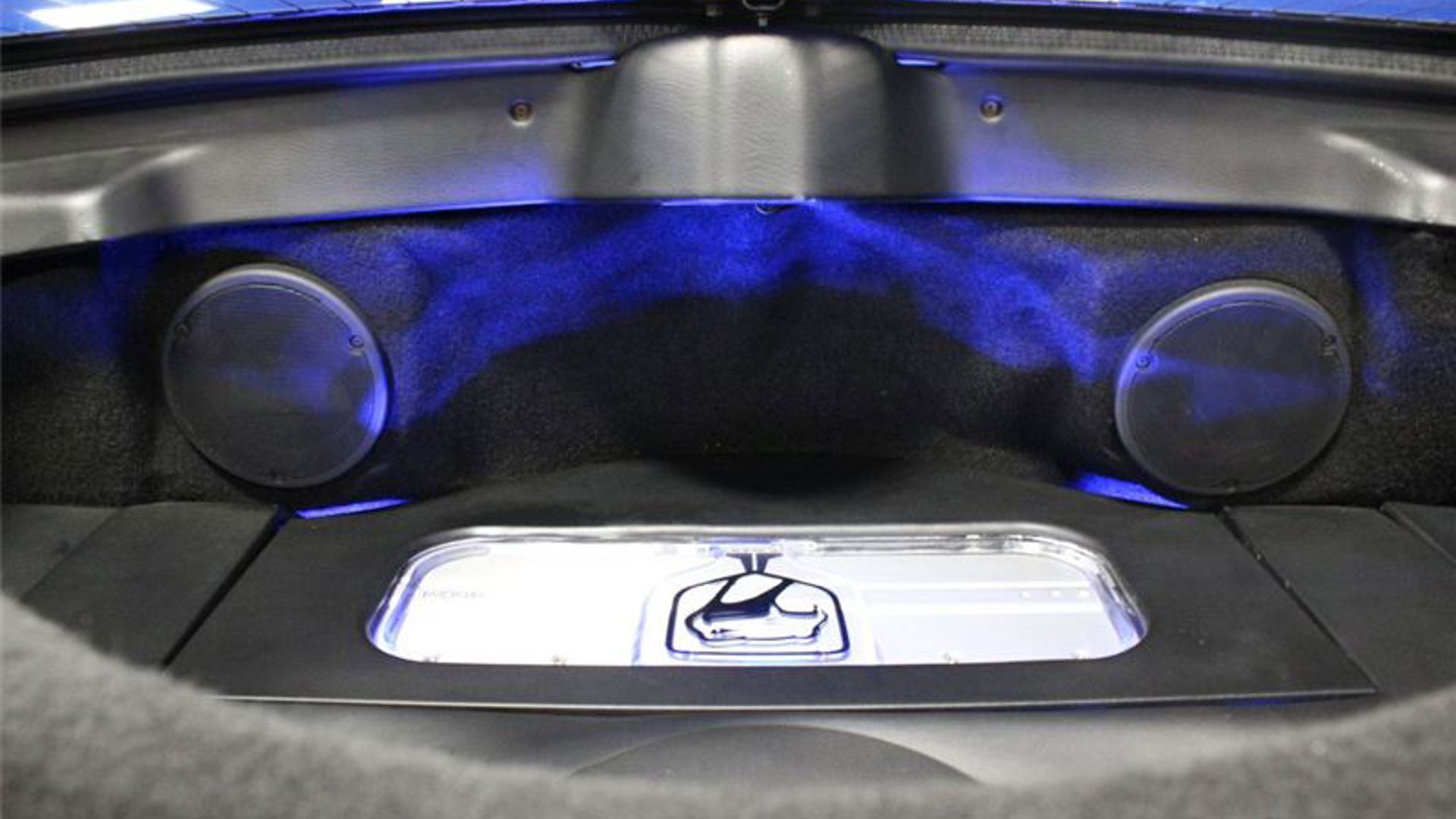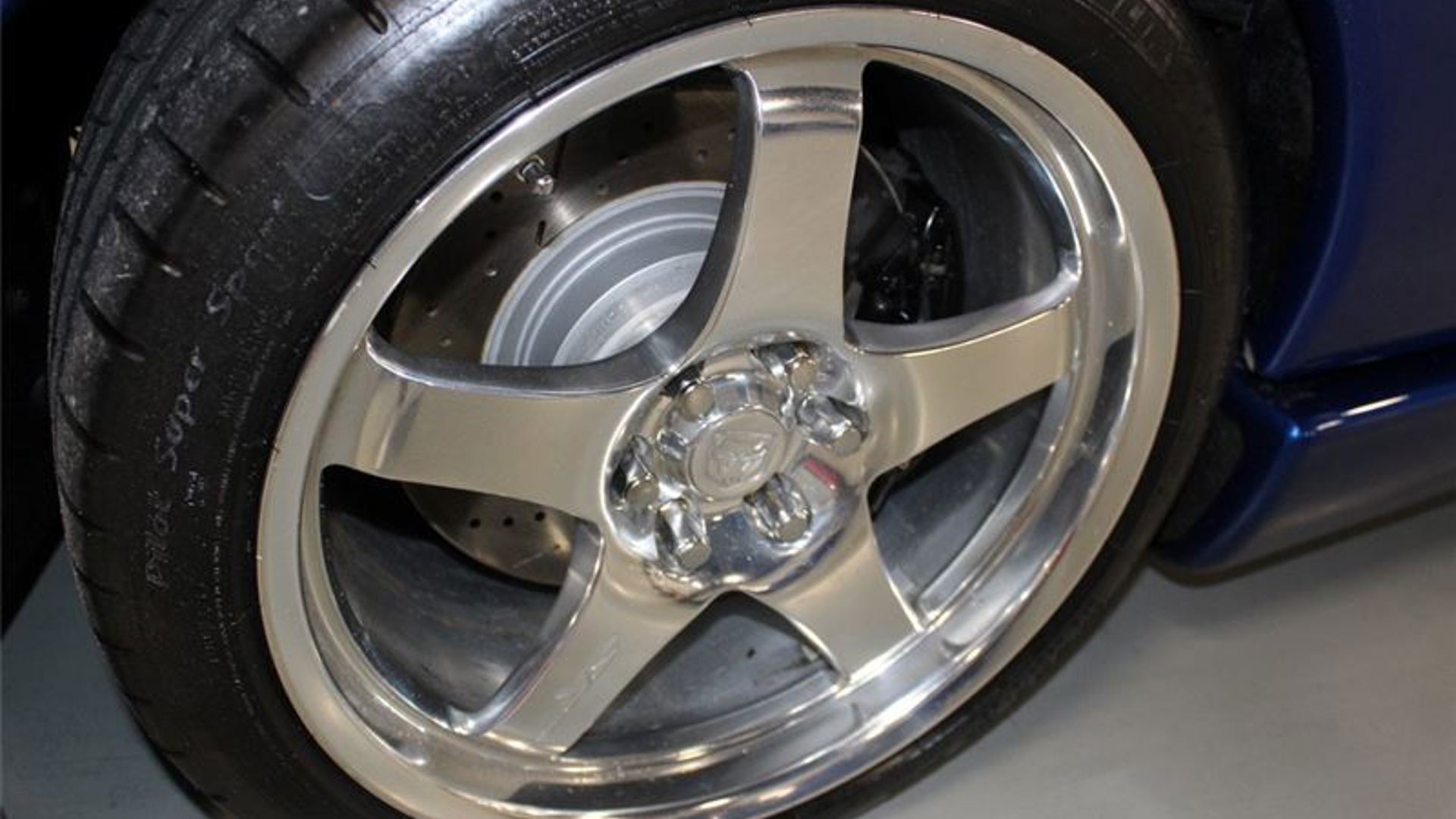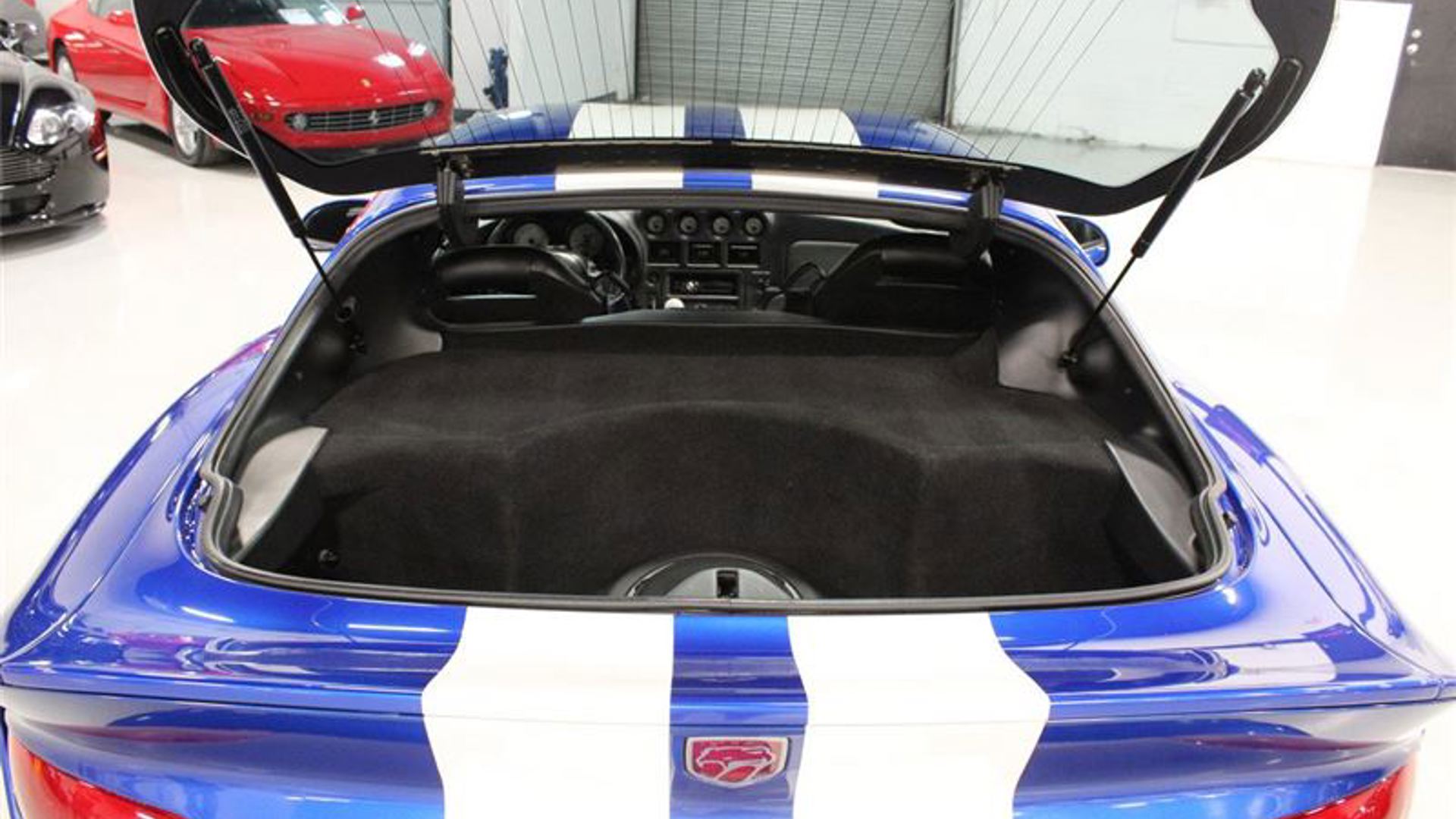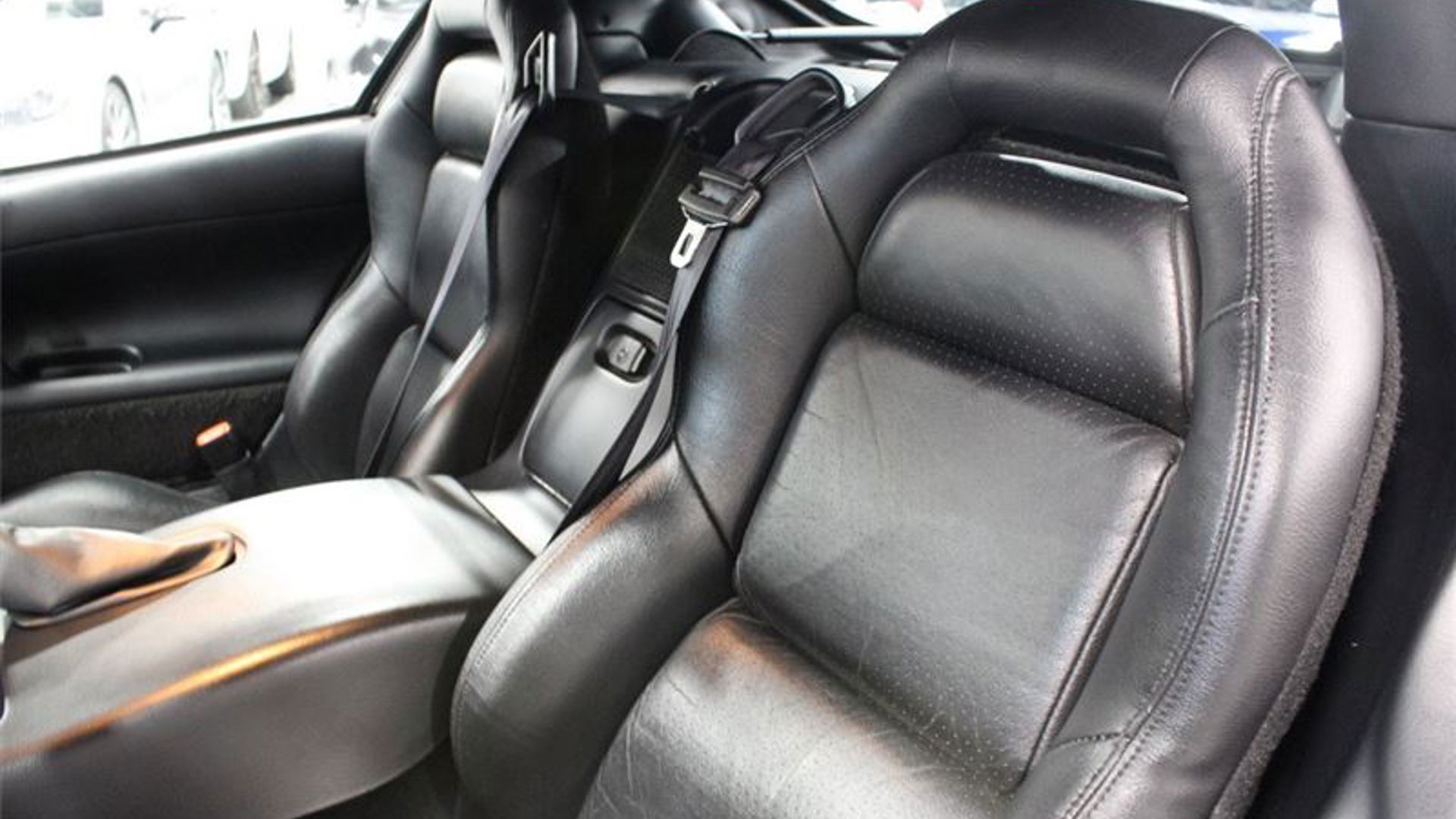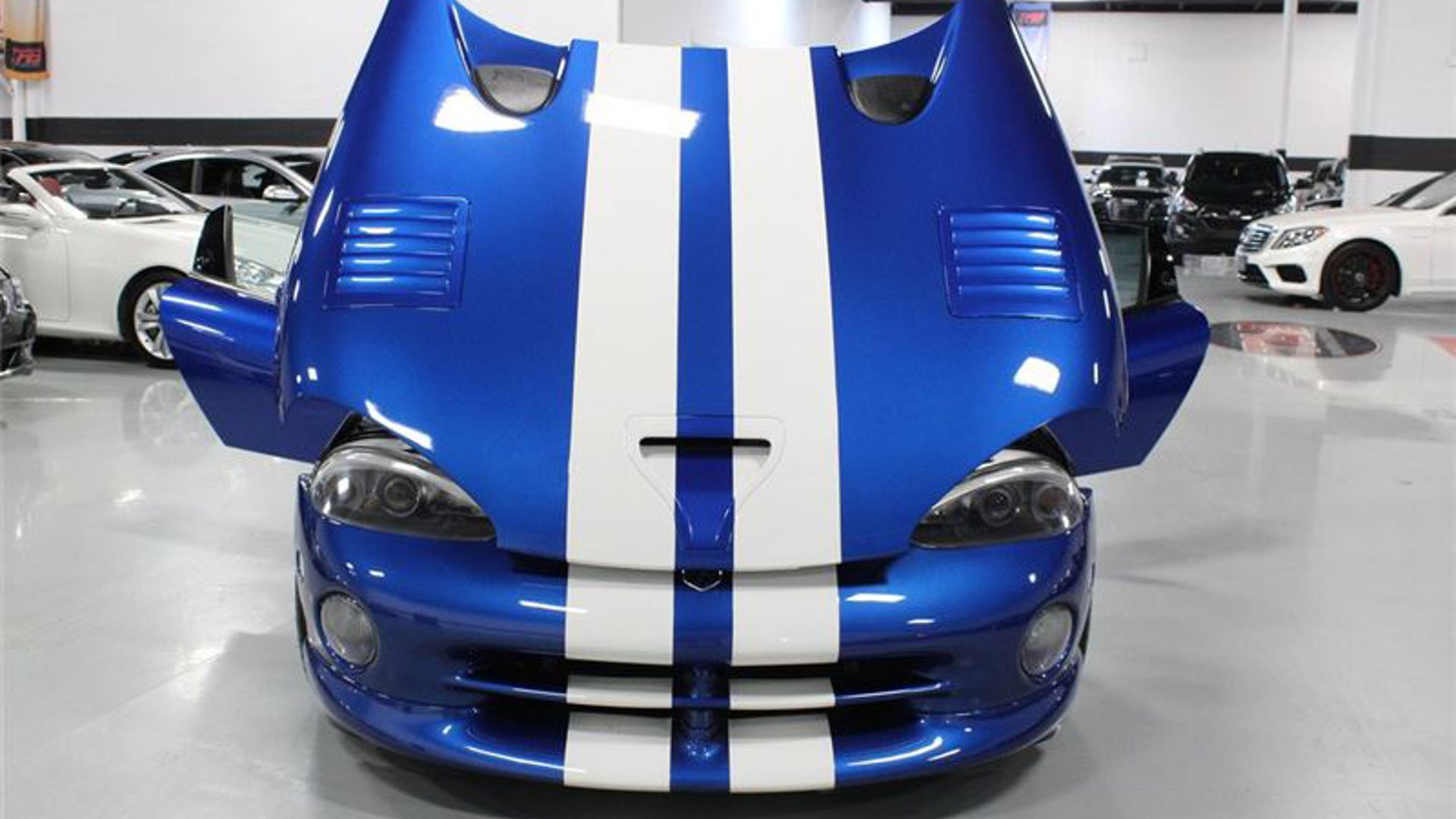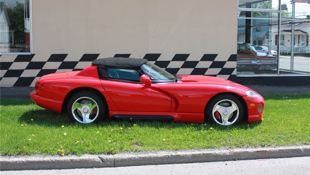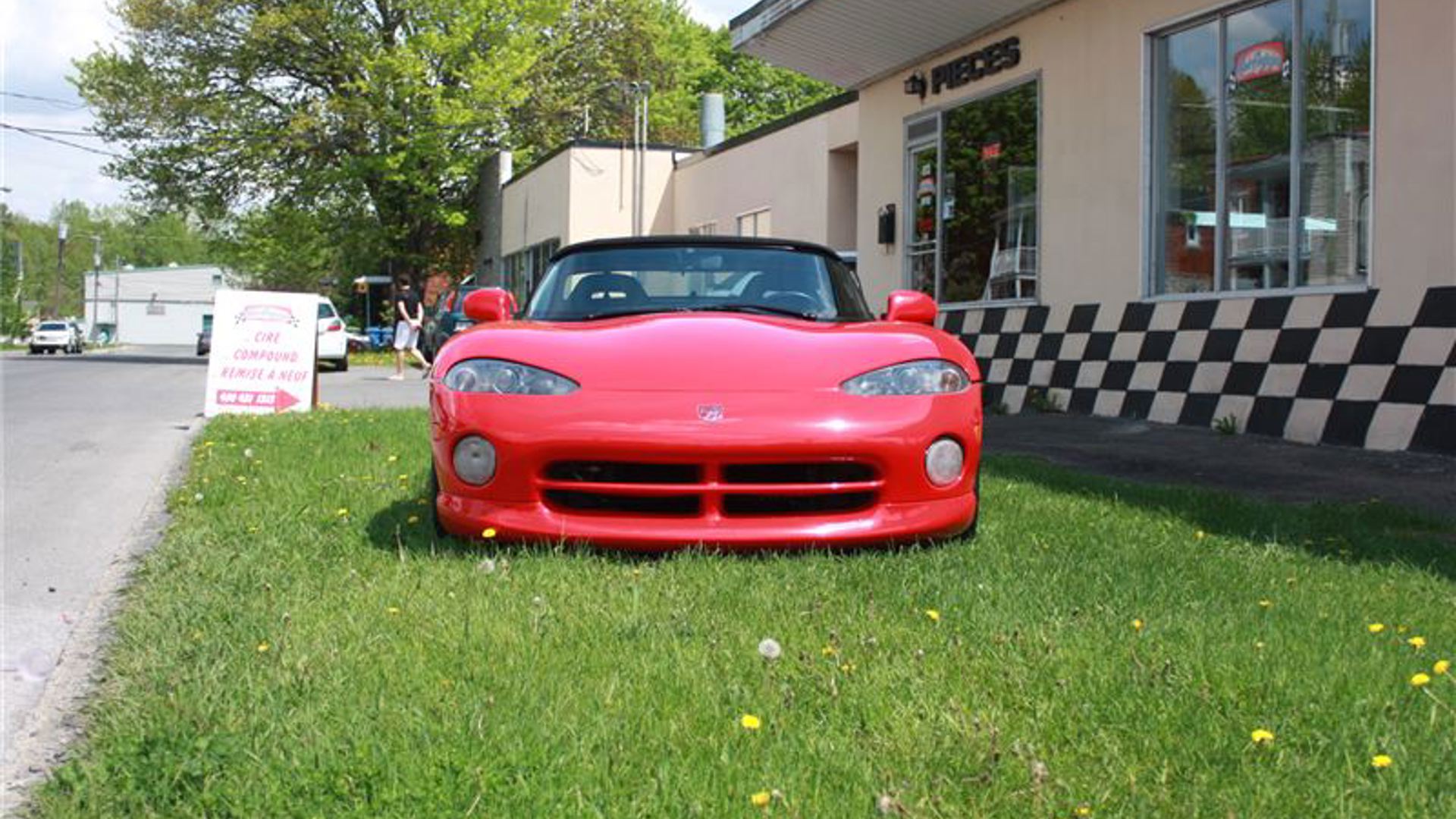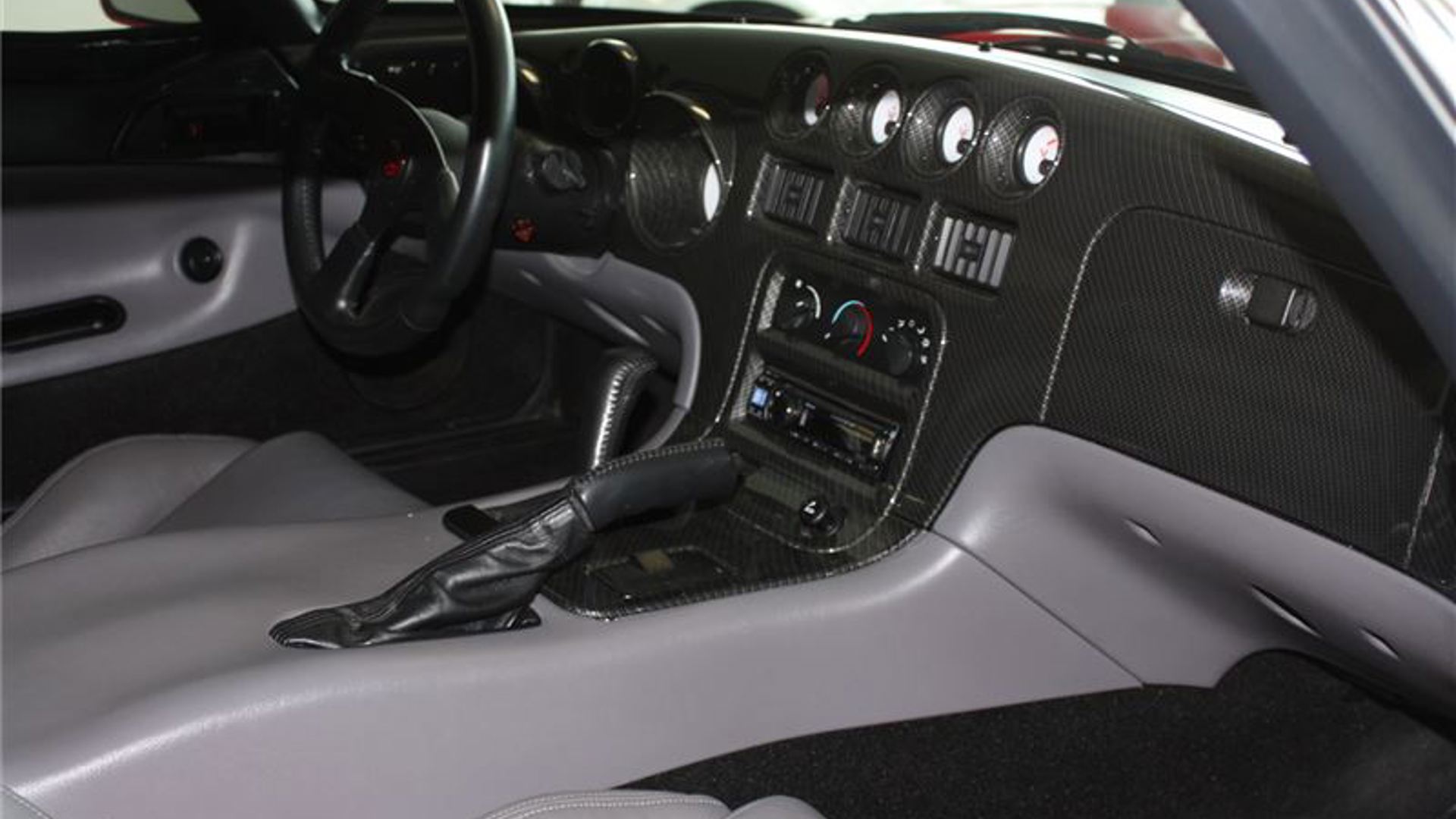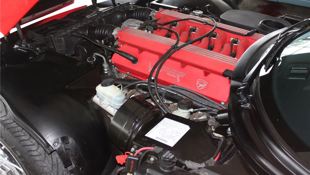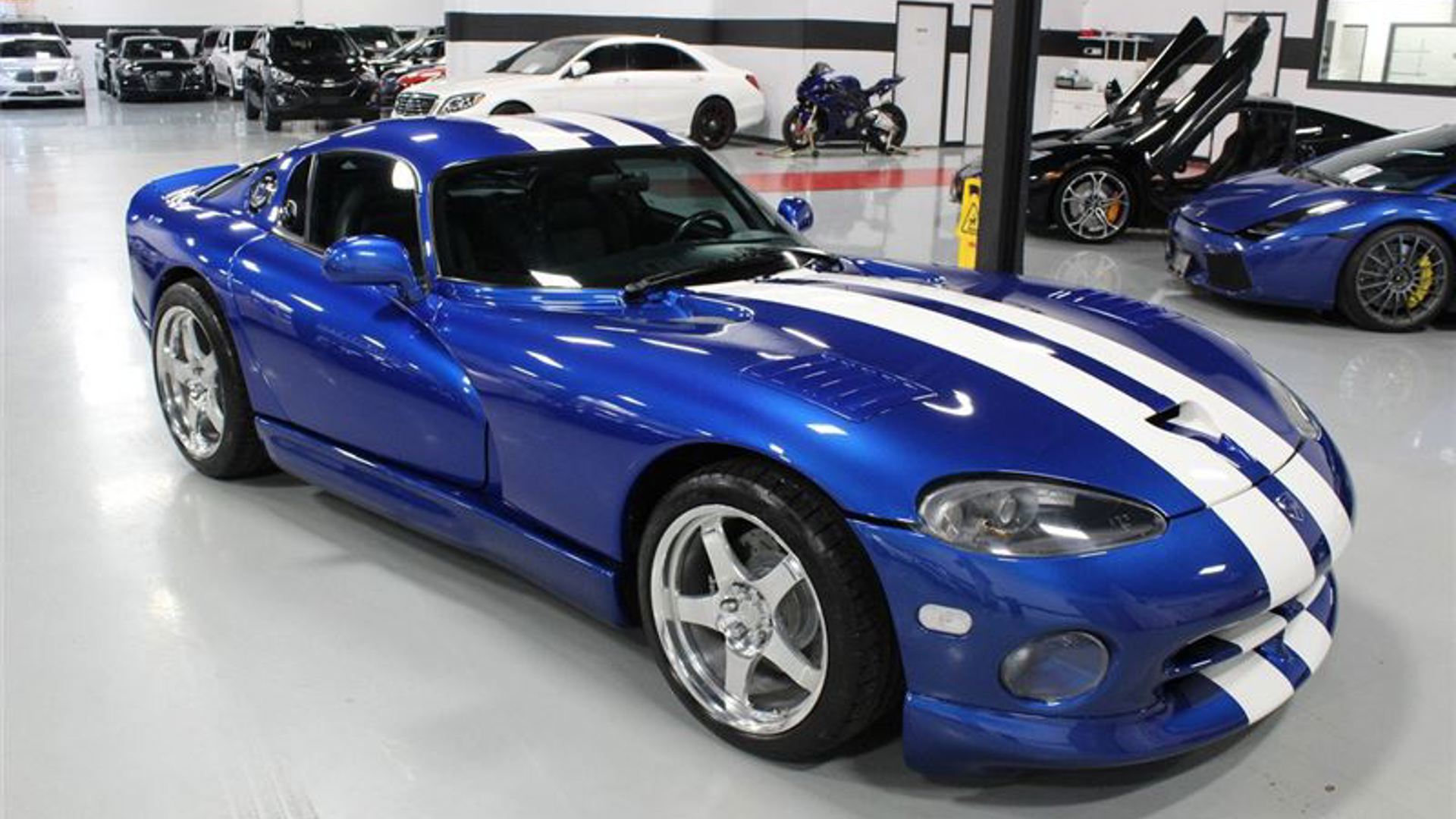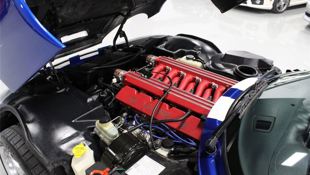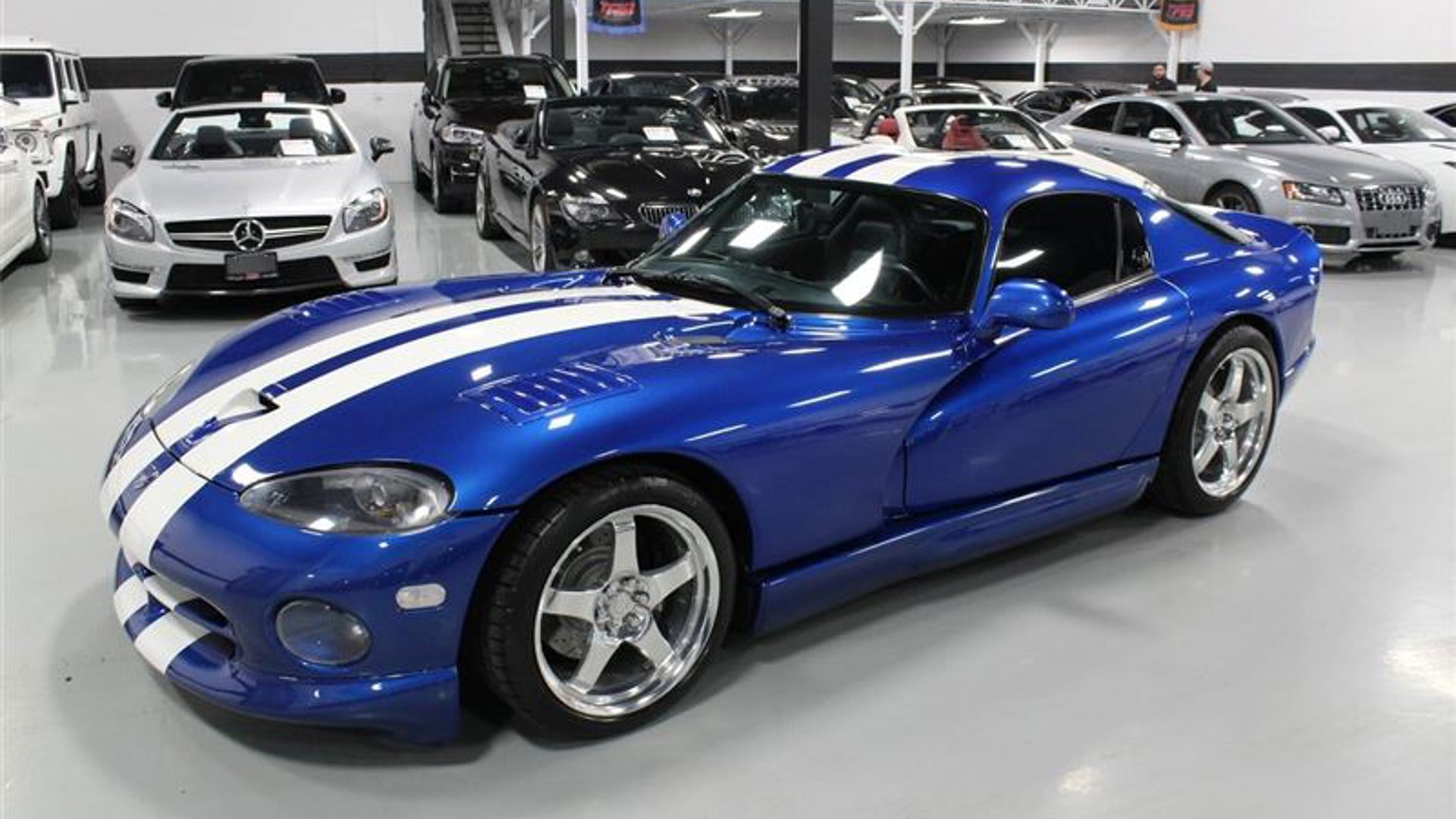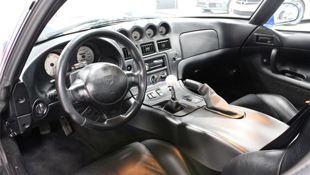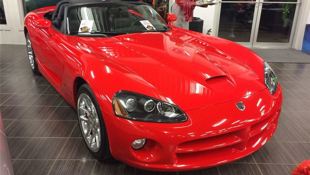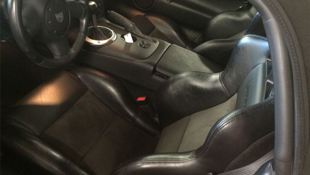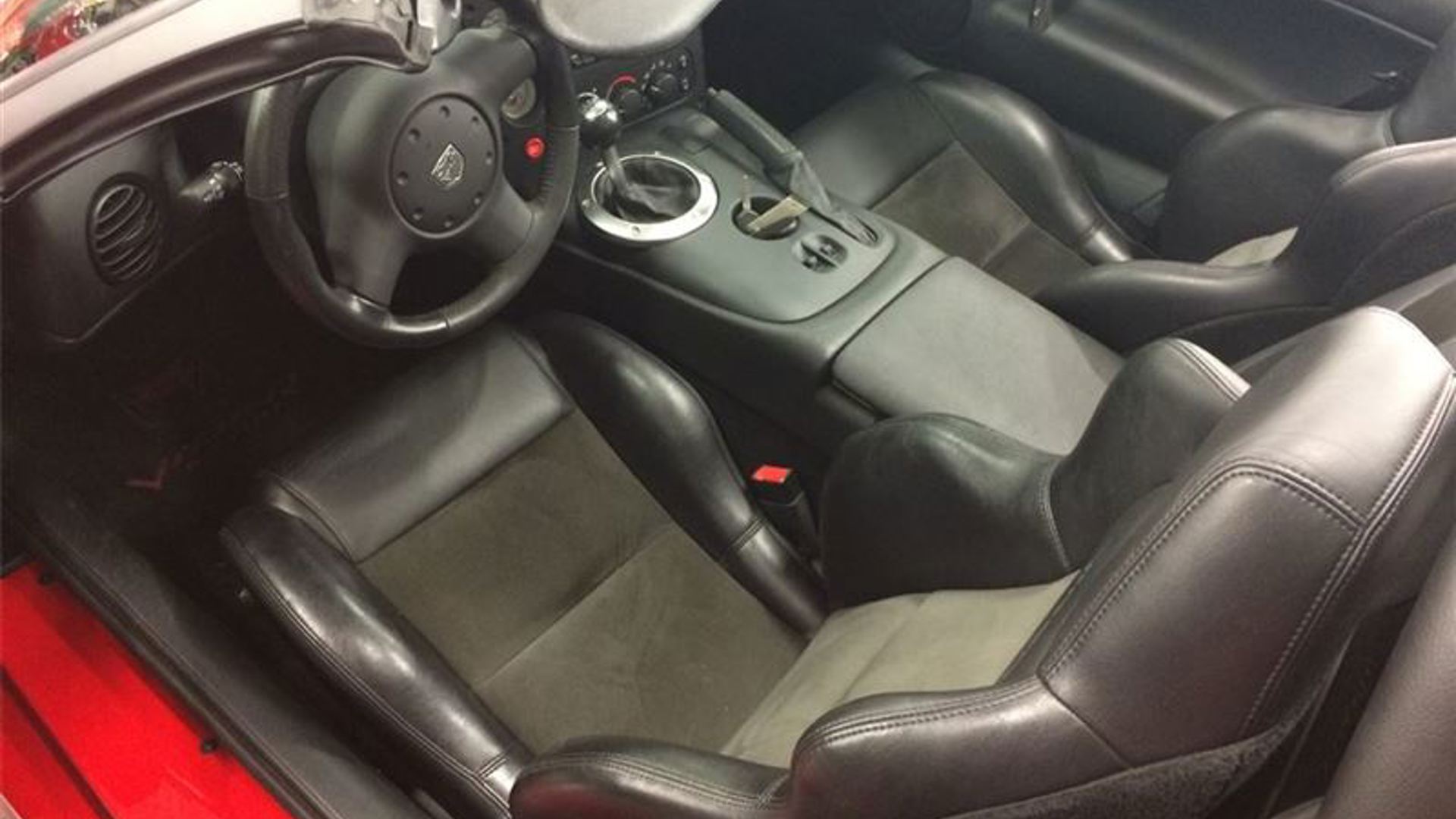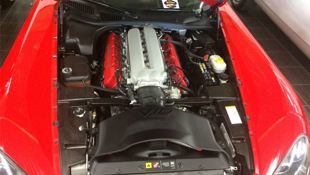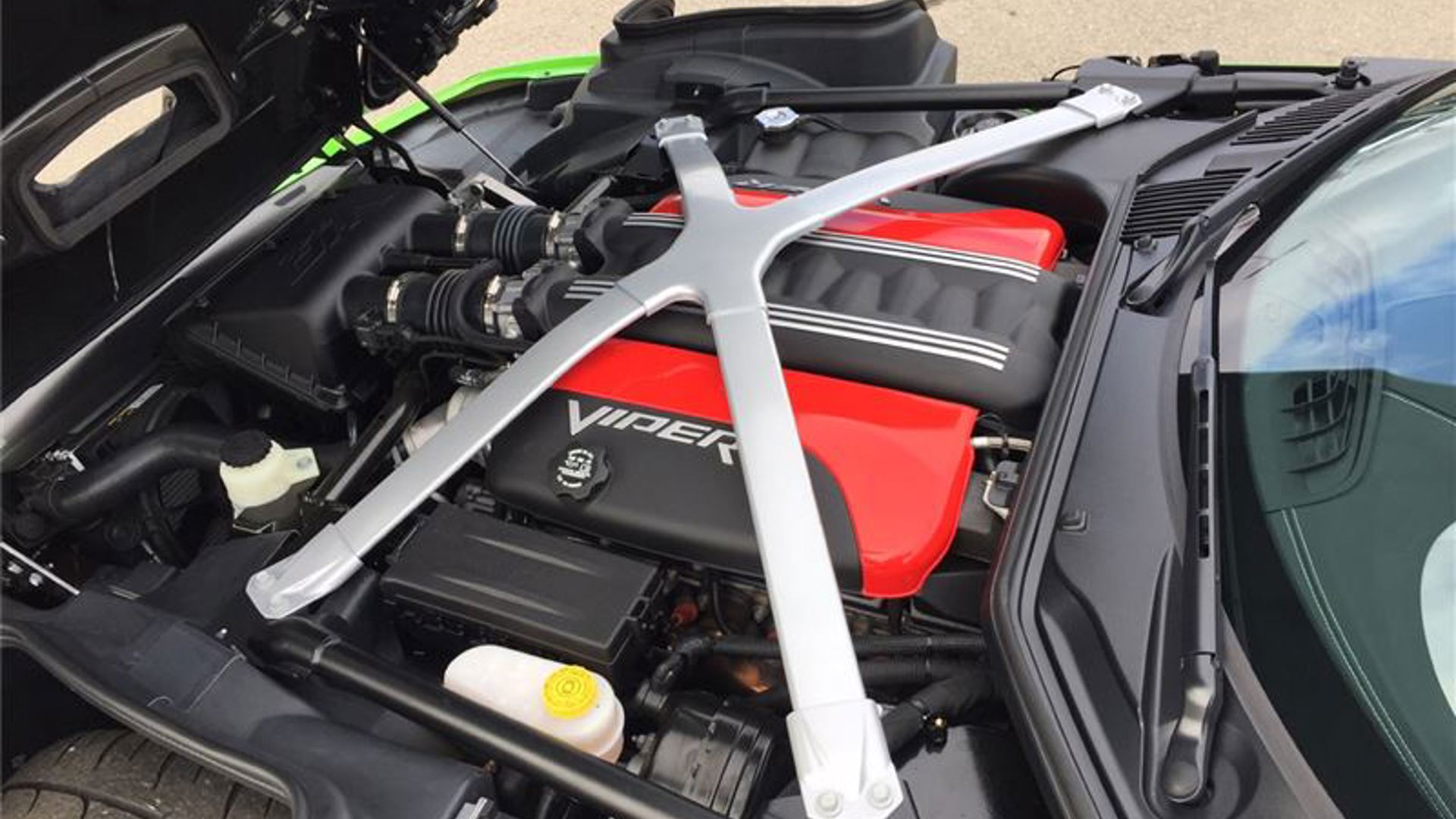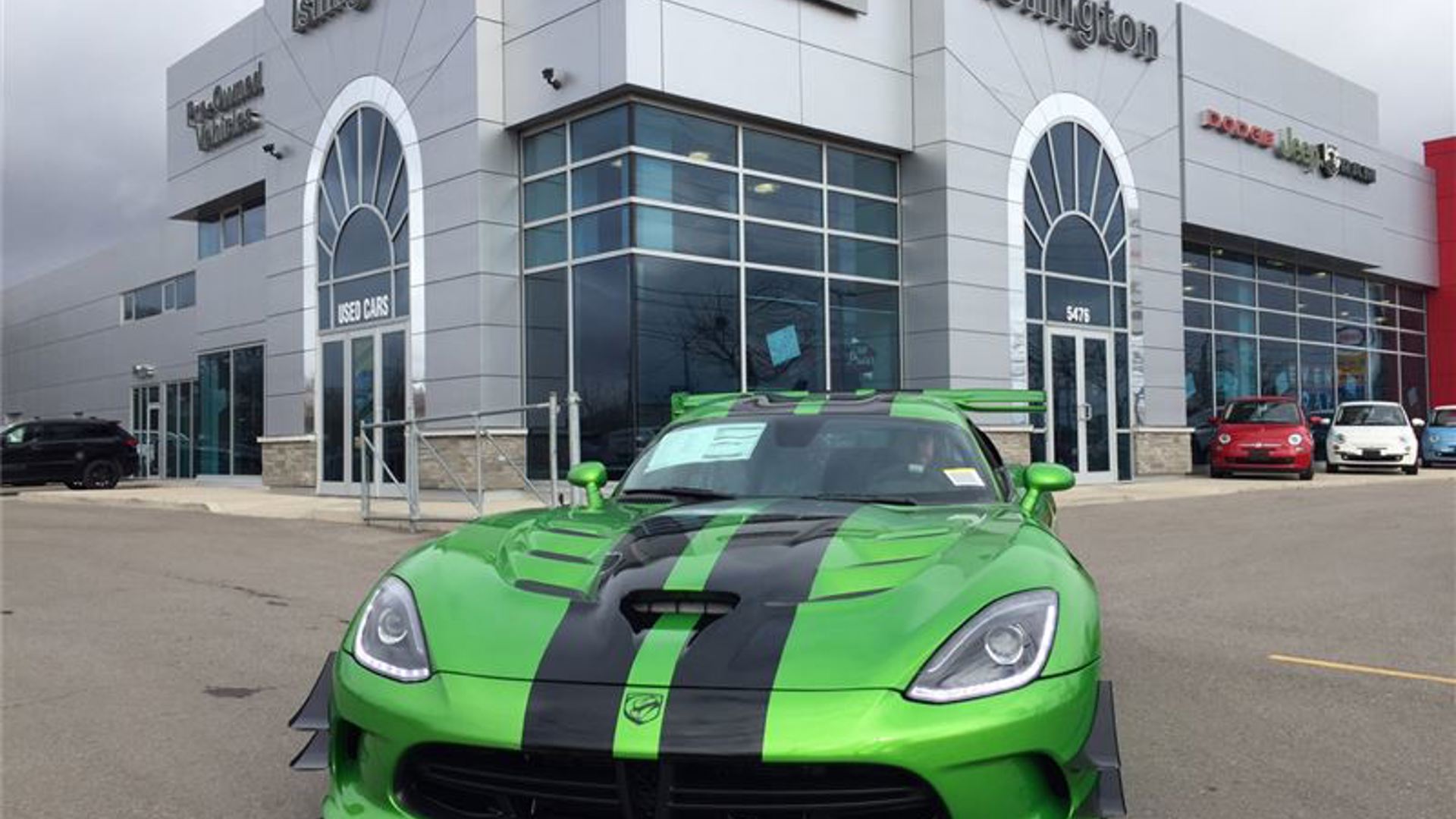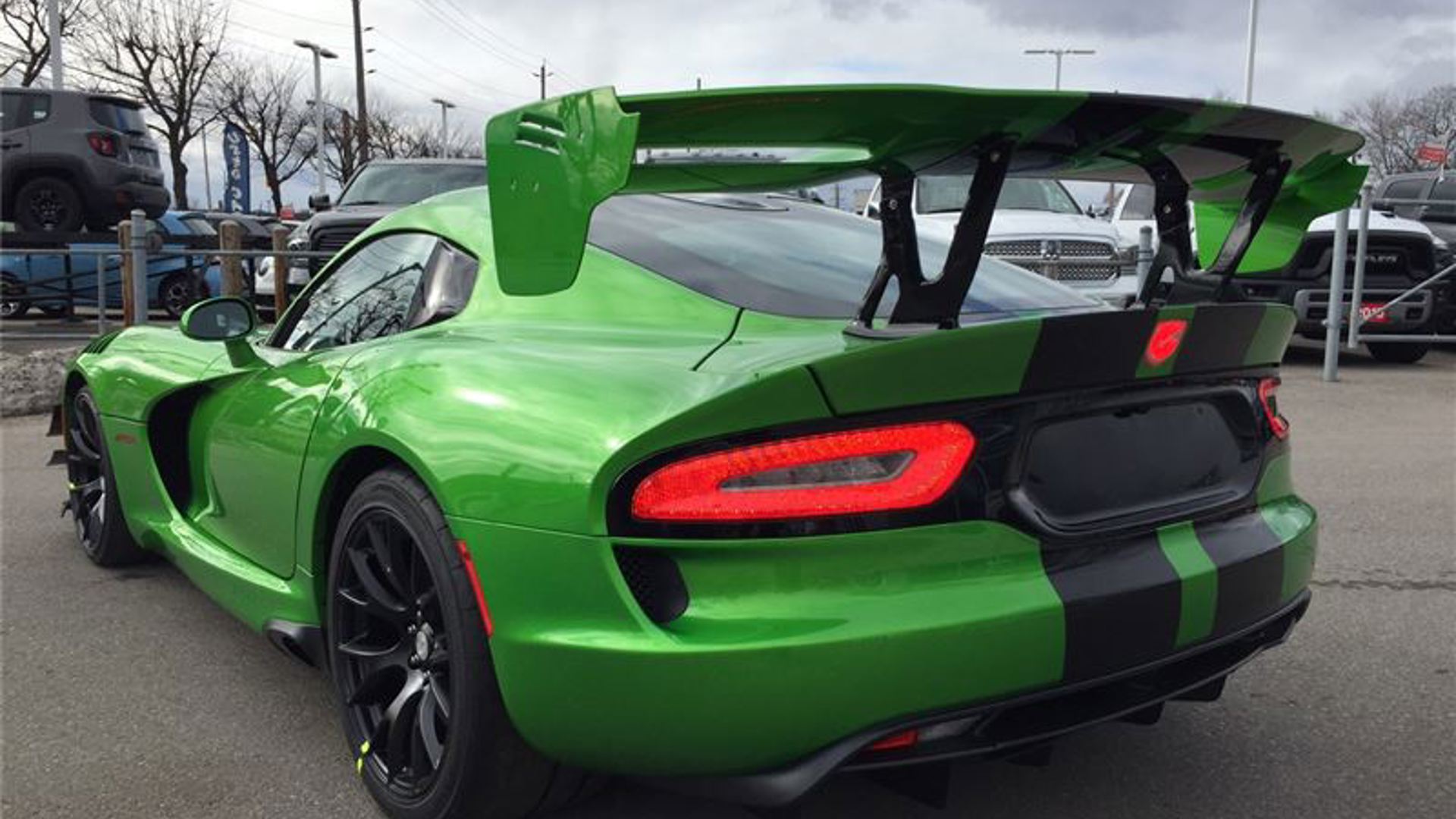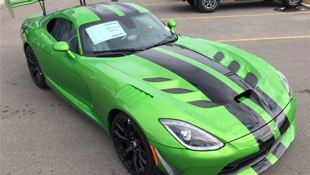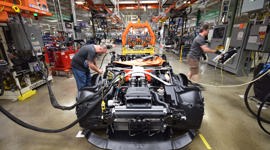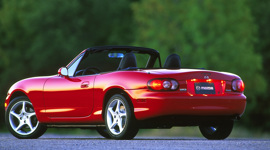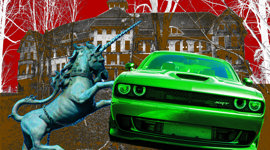For 25 years, the Dodge Viper has awed, impressed, and scared performance-car buyers around the world. And now, production of the V10-powered monster has finally stopped at the Conner Avenue factory that has built it since 1996. So in celebration of massive displacement, massive tires, massive power, and massive fuel bills, here's a Mega Find of the Week – one of all four generations of the Dodge Viper and SRT-10.
It was born as a design concept in 1988 in Chrysler's advanced design studios. Early the next year, cigar-chomping and fighter-jet-flying Chrysler President Bob Lutz suggested that the company consider a sort of modern-day Shelby Cobra. Big power in a small chassis.
It was a bold move for Chrysler at the time. The company was still in the midst of the K-Car era and had only just returned to profitability. But despite the massive sales of the Aries, Reliant, and Caravan, Chrysler had an image problem. All of those cars were boring. Almost painfully so.
A boost was needed, and the Viper was it. The concept appeared at the Detroit auto show in 1989. Reaction to the car was so good that production was quickly greenlit.
The first car was put together in 1991, as a 1992 model. The car had an 8.0L V10 engine. While the engine has long been called a truck engine, referring to the V10 used in the pickups of the same era, the Viper engine shares almost nothing with the one found in trucks. It was all-aluminum, and had input from Lamborghini – which was a Chrysler subsidiary at the time.
The end result was 400 hp, 450 lb-ft, and 3,399 lb. Absolutely shocking numbers in an era where a Corvette or Ferrari 348 managed just 300 hp.
The body was soft-top only, with fabric side curtains and only the most basic attention paid to creature comforts. But that was the appeal. It was a stripped-down car with massive grip, capable of huge acceleration and cornering forces, but that was all.
We've found a 1994 model, for sale in Saint-Jérôme, QC, a Montreal suburb. It's red with a black top and the three-spoke wheels. Exactly what a first-gen Viper should look like. It's only covered about 50,000 km since new.
1996 brought a refreshed car. There was new styling, the side pipes moved to a centre-mount rear exhaust, power was up to 415 hp and 488 lb-ft. Oh yeah, the coupe debuted at the end of the year.
The GTS had a Shelby Daytona-inspired double bubble roof that not only looked amazing but added headroom for drivers with helmets. The 1996 Viper GTS was the first to get little things like airbags, air conditioning, power windows and locks.
The GTS also got a power increase to 450 hp. That more powerful engine would make it to the RT/10 convertible for model year 1998, when airbags and power windows also arrived.
The classic GTS is the blue with white stripes, like this one, for sale in Vaughan, ON. It has 82,000 km and a great big aftermarket stereo. In case you tire of the V10 for some reason.
This generation car also saw the first ACR, or American Club Racer. That was an even more track-focused car with a new air intake, no A/C or radio, and adjustable shocks.
The next-generation Viper arrived in 2002 and was a big change. Sharp new styling kept the Viper look but made it significantly more modern, with more creases and fewer curves. The already huge engine grew to 8.3L. That made a nice round 500 hp, combined with 525 lb-ft of torque. The new chassis was stiffer and lighter than before.
It was also the first year to have a real convertible top. It was even retractable! The name changed to SRT-10 for the first time. The second-generation coupe arrived in 2006, also named the Viper SRT-10. The new car was a little more tame, but was still far from refined.
This bright red 2005 roadster is for sale in Quebec City. It has just 3,243 km on the odometer, which makes it more of a collectible than a driver. Either way, it looks beautiful.
In 2008, the Viper changed again. There was a new hood, new transmission, new limited-slip rear differential, and a revised suspension. The exhaust was rerouted to reduce cabin heat, to the detriment of the exhaust note. And the engine grew. Now 8.4L, the Viper made 600 hp and 560 lb-ft thanks to better cylinder heads.
The Viper "Final Edition" was available as a limited edition for 2010. It was expected to be the end of the model. But at the end of the year, Chrysler had a change of heart. It would skip two years, but there would be a new Viper for 2013.
It now made 640 hp and 600 lb-ft. It was stiffer, it had electronic safety bits like traction control, stability control, and ABS. The GTS model was now the slightly more luxurious one, with a few more creature comforts.
In 2015, Fiat Chrysler again announced that the Viper would end production this year. Sources vary on if that's because of airbag rules, or just slowing sales. But with the assembly plant itself closing its doors on August 31, it looks like this time it's for real.
So we've found a 2017 Viper GTC ACR Extreme, for sale in Toronto. It's the very appropriately named Stryker Green with black GTS stripes. The ACR and extreme aero packages add the front splitter, canards, vented hood, and a wing that could seat a family of four. It's all designed for maximum track performance with a fully adjustable suspension. Like all last-year Vipers, it's a one of one. No two were made with exactly the same options.
So celebrate the life and death of one of the most extreme cars to ever see mass production. And if you want to put one in your driveway, check out our Finds of the Week for this week.
